
charlottesville’s charlottesville’s
airfield airfield forgotten forgotten




We are the Southern Environmental Law Center, one of the nation’s most powerful defenders of the environment, rooted right here in the South. As lawyers, policy and issue experts, and community advocates and partners, we take on the toughest challenges to protect our air, water, land, wildlife and the people who live here. Together, we can solve the most complex environmental challenges right here in Virginia.

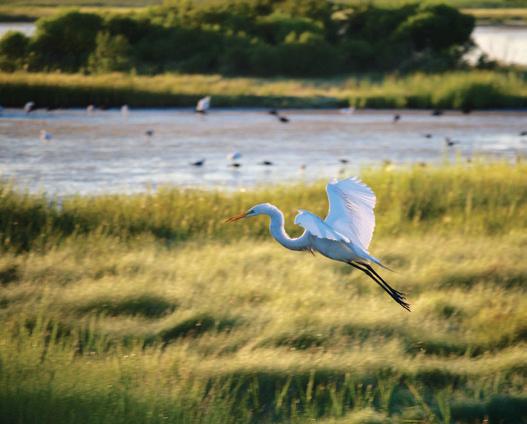
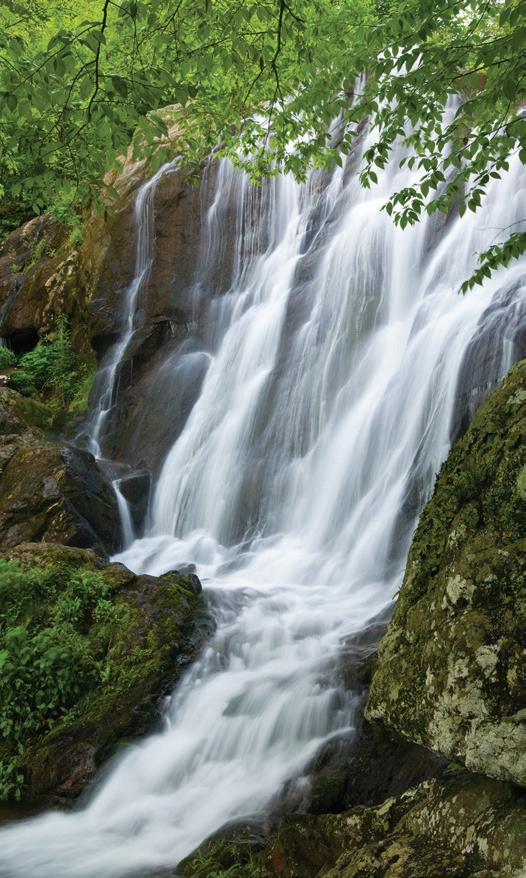
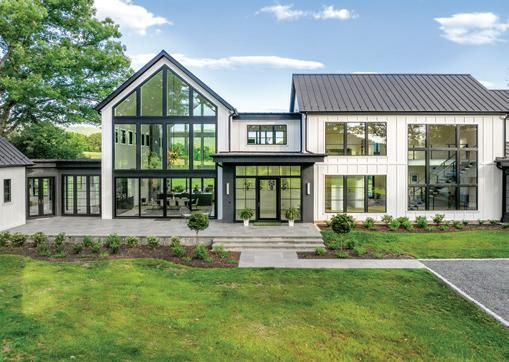
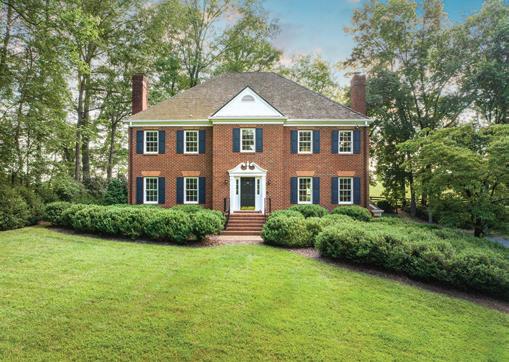

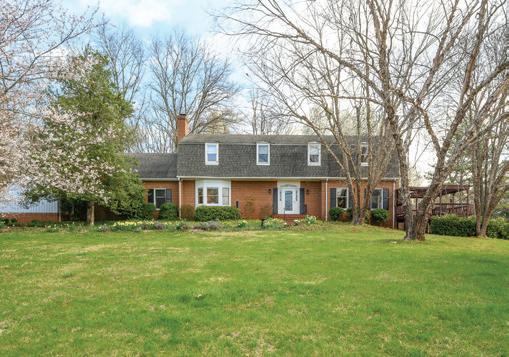
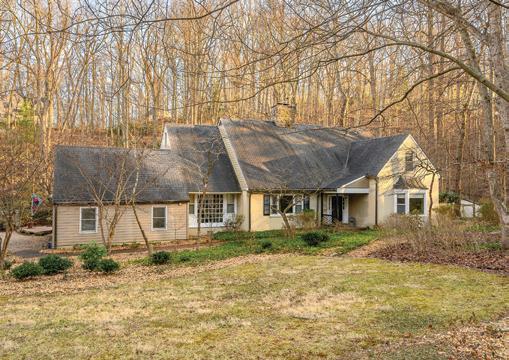

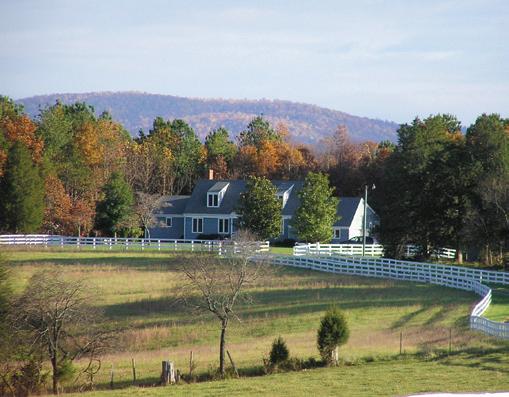

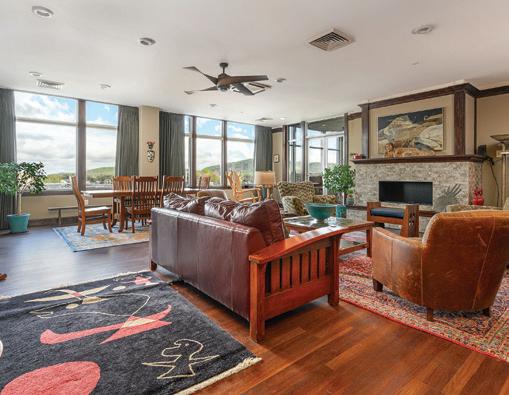

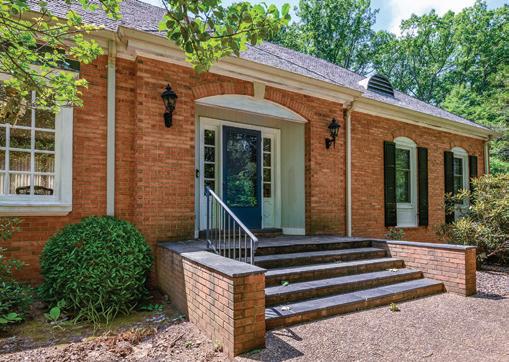
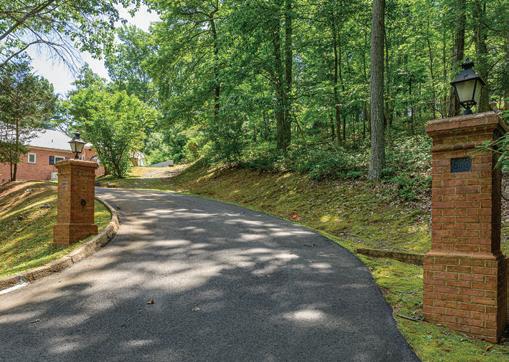







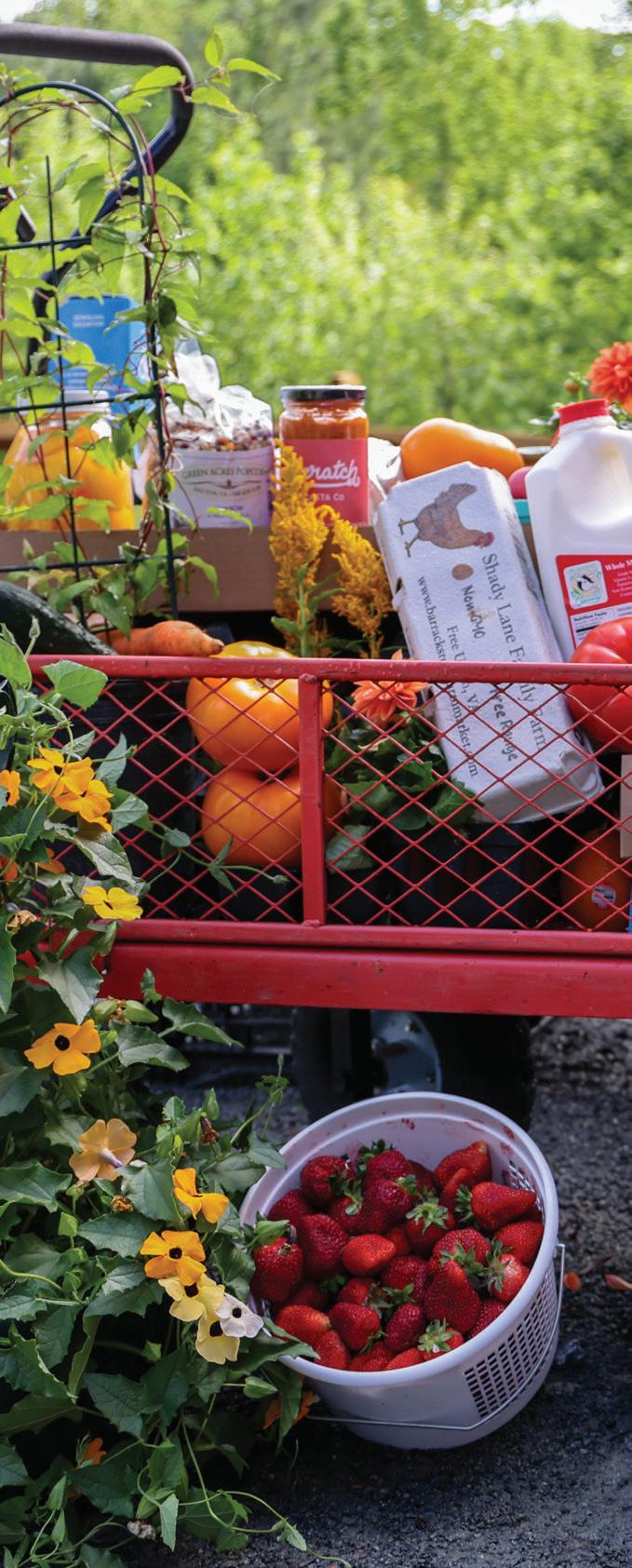
AUGUST/SEPTEMBER 2024
PRESIDENT
BLAKE DEMASO blake@albemarlemagazine.com
PUBLISHER
HEATHER HALSEY SIEG heather@albemarlemagazine.com
EDITOR
ROBERT VICCELLIO robert@albemarlemagazine.com
CREATIVE DIRECTOR
AHNA SEE ahna@albemarlemagazine.com
BUSINESS MANAGER
MELISSA GESSLER business@albemarlemagazine.com
CONTRIBUTING WRITERS & PHOTOGRAPHERS
Cathy Purple Cherry
Tria Giovan Jack Looney
Myles Mellor
Emily Morgan Rob Seal
SUBSCRIPTIONS & CIRCULATION albemarlemagazine.com/subscription-services business@albemarlemagazine.com 434-817-2755
ADVERTISING heather@albemarlemagazine.com
COMMENTS & STORY IDEAS robert@albemarlemagazine.com


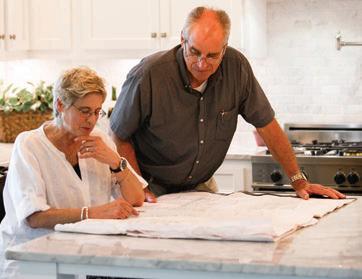
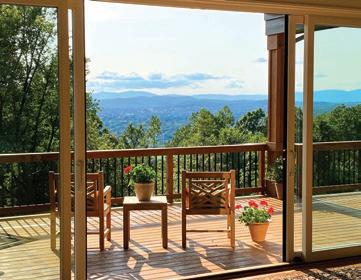
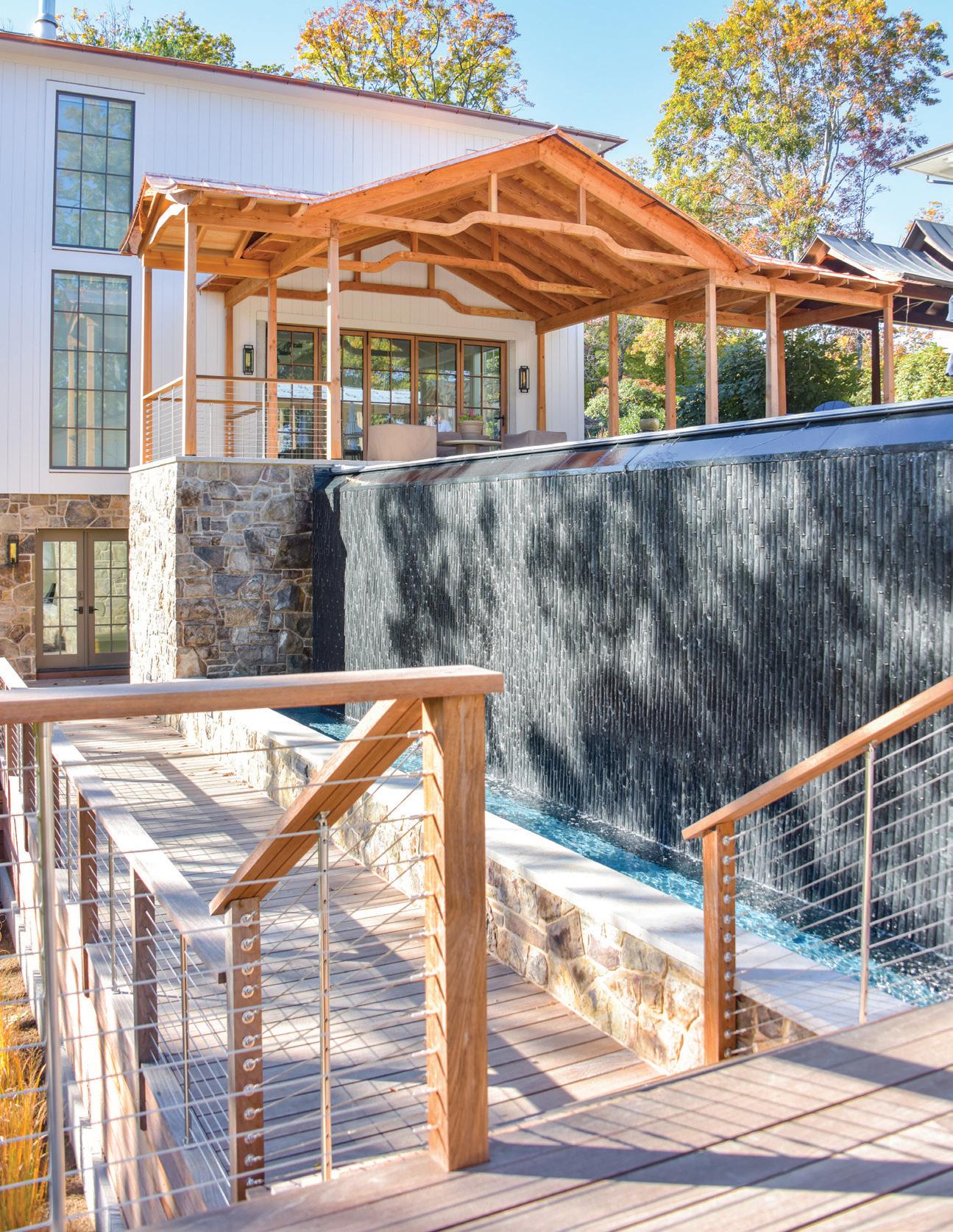
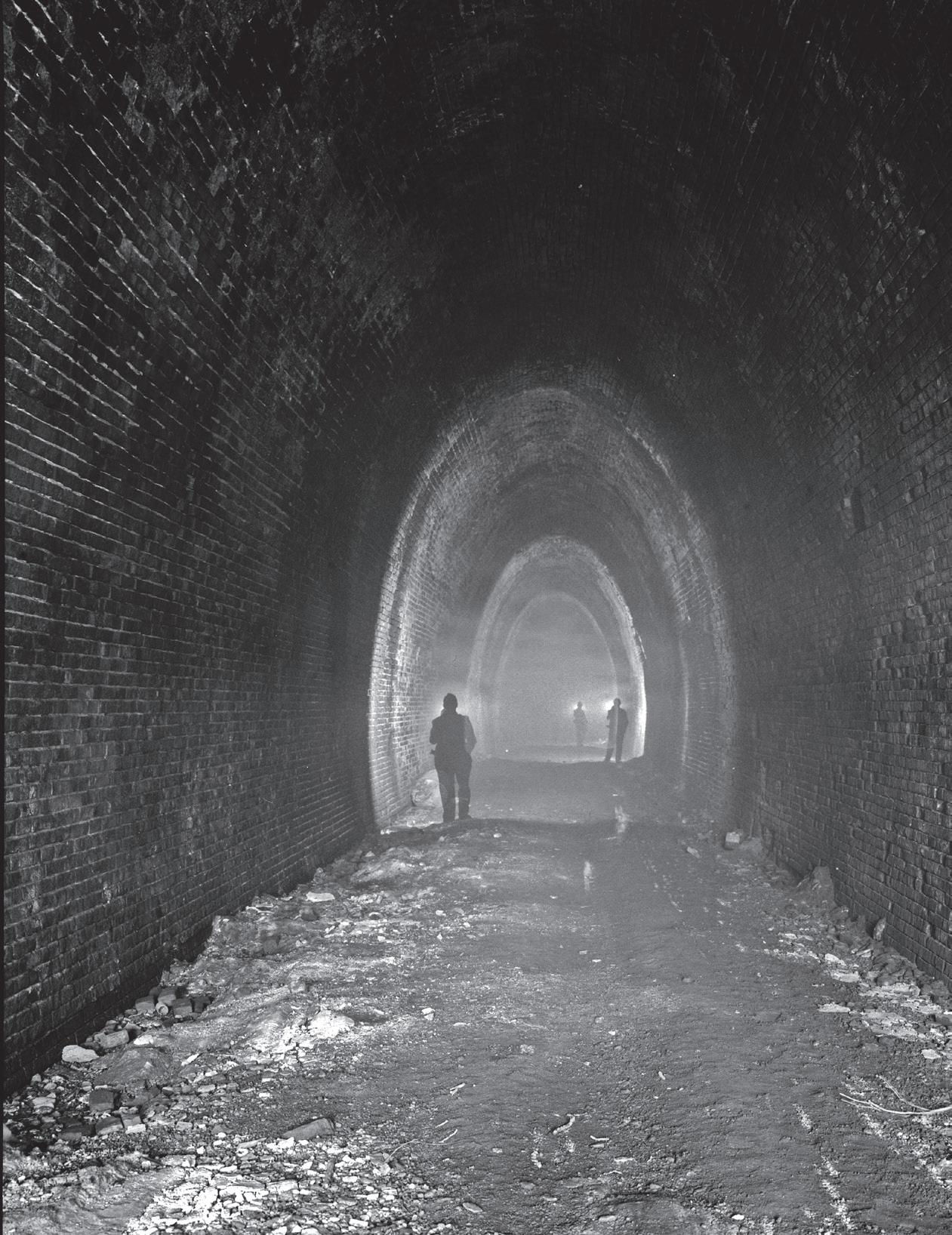
38 48 52 44 34
During its history, Milton Airfield has hosted War II aviation training, along with community and UVA organizations.
Enjoy some of Central Virginia’s most picturesque landscapes while dining aboard the Virginia Scenic Railway.
More than 170 years ago, a marvel of engineering was completed. Now, you can walk right through it.
Explore the nostalgic charm of some of Charlottesville’s vintage gas stations, featuring photographs by Ed Roseberry.
Custom car barns bring together architectual craftsmanship with a passion for automobiles.
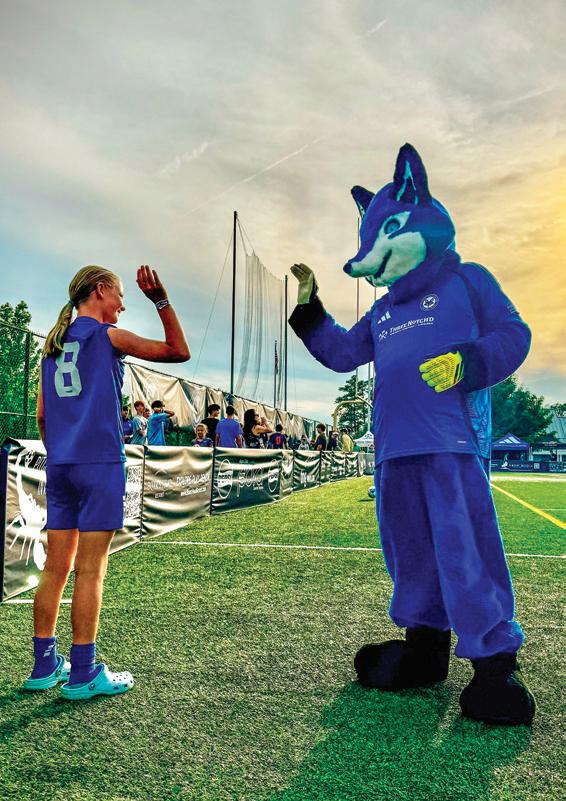
Cheered on by their fans in the Fox Den and by mascot Notch, the Charlottesville Blues FC men’s and women’s soccer teams made a big splash in their inaugural seasons.
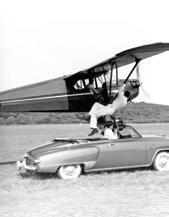
The Charlottesvillle Blues inaugural season, the Belmont Bridge, accolades, and more.
C&O Restaurant maintains its stellar track record under the guidance of chef and proprietor Dean Maupin.
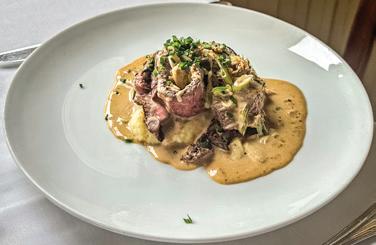
Take of tour of the University of Virginia’s amazing new football support facility.
23 Art Life
Gardens of Glass, the McGuffey member summer show, and iconic photos by Gordon Parks.
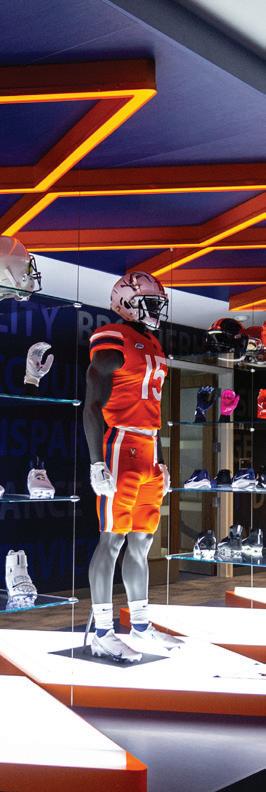
Summer wraps up with great music at Rivanna Roots and Samantha Fish at the Jefferson Theater.
How we celebrated America’s 248th birthday around town, and supper at Veritas.
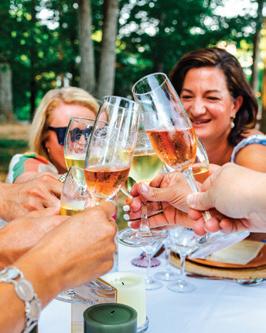
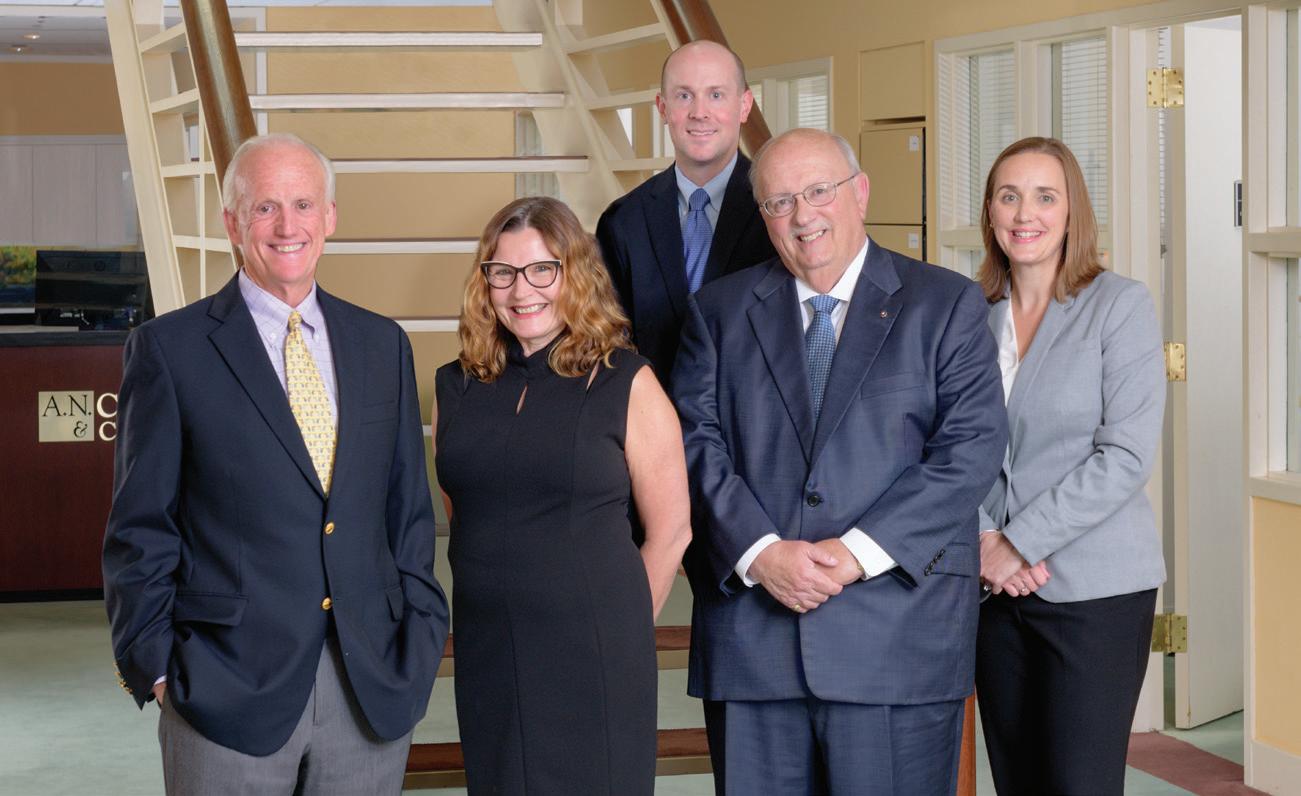
Photography by Emily Morgan
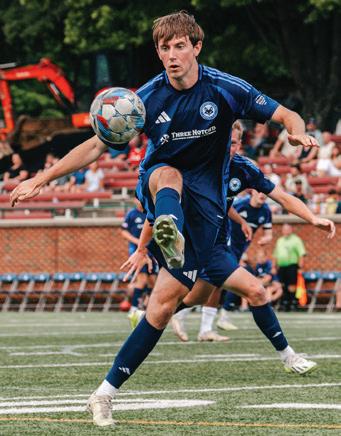
On the same July weekend that the world watched the finals of Copa America and the European Championship, a soccer club much closer to home was wrapping up its inaugural season. This summer, the Charlottesville Blues FC was launched as the newest member of USL League Two and USLW League—elite, pre-professional soccer leagues for both men and women who aspire to play pro soccer.
“We saw Charlottesville as a fantastic place for a USL franchise because of the soccer culture that has been created here by strong youth programs and the University of Virginia’s terrific soccer teams,” says Blues co-owner Brian Kuk.
Alongside Kuk, co-owners Brian Krow, John Kuk, and Jim Kupec have been instrumental in bringing this vision to life.
Soccer fans have appreciated the spirited gametime atmosphere—along with the plentiful options for food and beverages— at the Blues’ home stadium at St. Anne’s Belfield, where attendance for both men’s and women’s games has exceeded expectations. “The soccer enthusiasts in this community have embraced the teams, creating an atmosphere that’s both passionate and welcoming,” says Kuk. “We tried to tap into what we’ve seen at professional matches in Europe and apply that to the Charlottesville Blues."
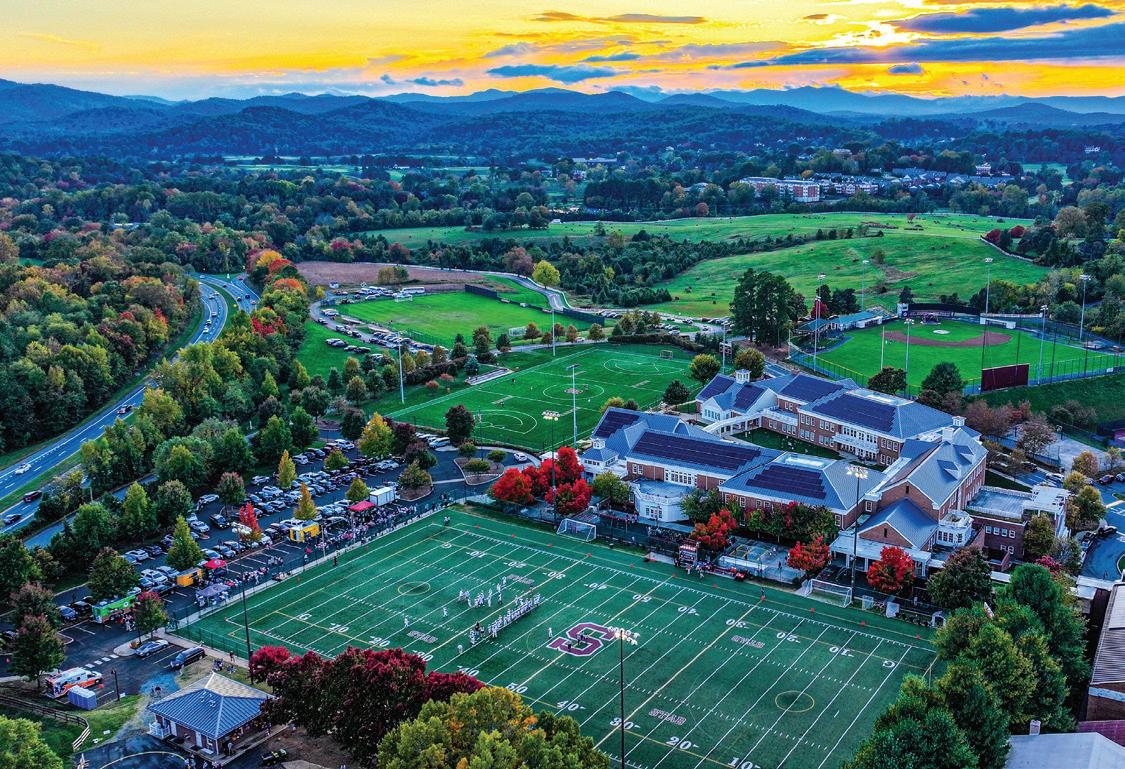



“Our goal was to make every match an event,” adds Brian Krow. “We wanted fans to come away saying, ‘I’ve never experienced anything like this before.’ And from the feedback we’ve received, we’re on the right track.”
Looking ahead to future seasons, the Blues aim to expand their facilities, build dedicated training grounds, and eventually move to a professional level, either in USL One or the USL Super League. “We want to provide a path to professional soccer right here in Charlottesville,” says Krow. “Because of what has transpired in this first year, it gives us even more motivation to pursue that.” Charlottesville has embraced its newest teams with open arms, and the future looks bright for the Blues and their fans. “This is just the beginning,” Kuk says. “We’re here to stay, and we’re here to make history.”

The Charlottesville Blues FC crest represents three key values that capture the club’s community and team spirit:
A common sight around the area, the fox symbolizes the qualities that the teams strive for on the pitch—cleverness, speed, and agility.
The name “Blues” pays homage to the Blue Ridge Mountains, symbolizing strength, resilience, and their inspiring natural beauty.
TYPOGRAPHY
The font is influenced by the Paramount Theater in downtown Charlottesville, reflecting strong ties to the city’s cultural, musical, and historical heritage.
Julian Schmugge, a Mary Washington senior, is one of the Blues’ many collegiate players. Blue smoke rises from the Fox Den fan section after a goal.
Reese Mattern (right), a 2024 graduate of Western Albemarle, will play soccer at Tennessee.
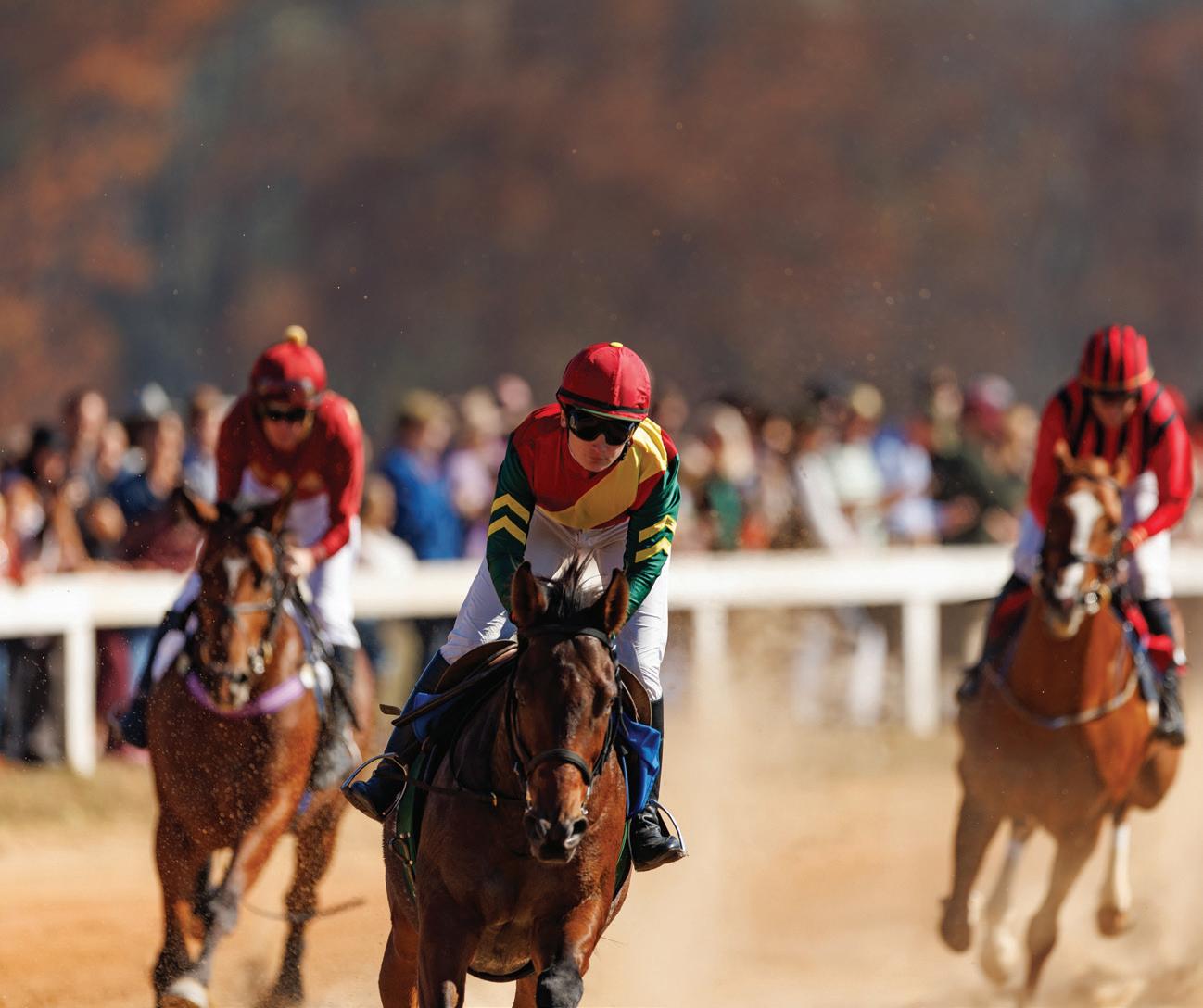

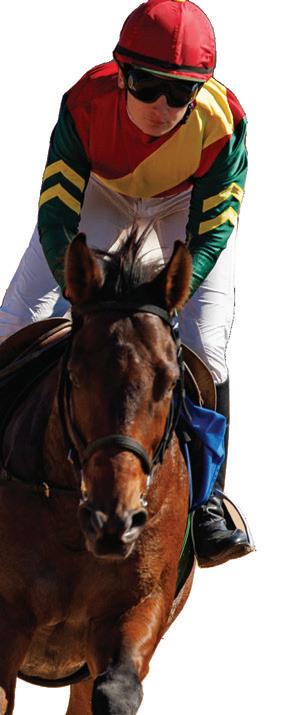
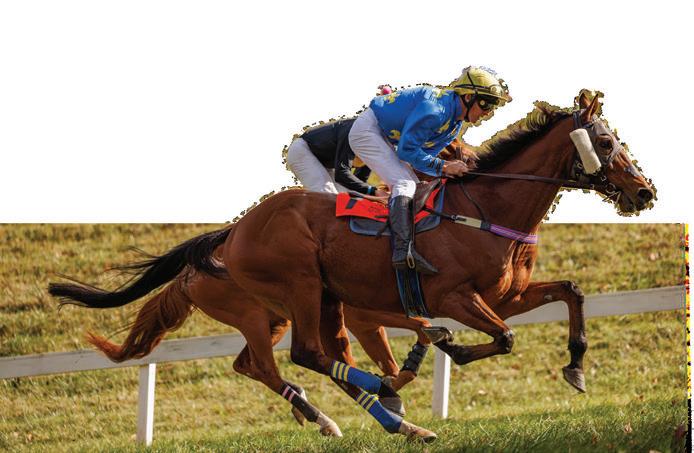


After years of planning and three years of construction, the City of Charlottesville celebrated the completion of the new and improved Belmont Bridge with a June 28 ribbon-cutting ceremony. The bridge, which links downtown Charlottesville to Belmont, was completed through a partnership with the Virginia Department of Transportation, Kimley-Horn, MBP, and the Caton Construction Company. Engineered to last 100 years, the new bridge is the third to be built and replaces the now-demolished bridge that opened in 1962.
The bridge also makes it easier to get around the downtown area on foot. A pedestrian “knuckle bridge” wraps around Ting Pavilion and provides access along the west side of Ninth Street to the Downtown Mall and transit center. Additionally, a new stairway to Water Street and a second tunnel near the bridge’s southern edge improve east-west walking routes.
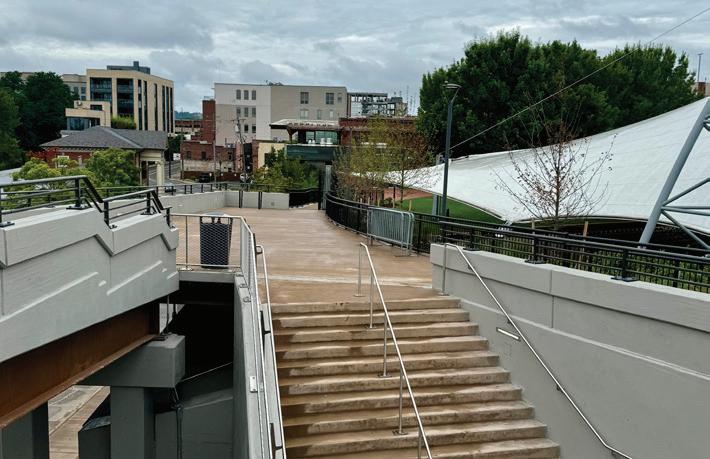
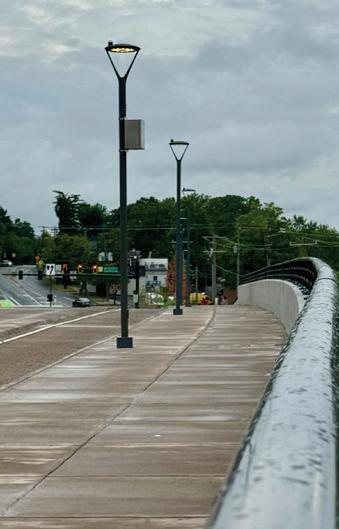
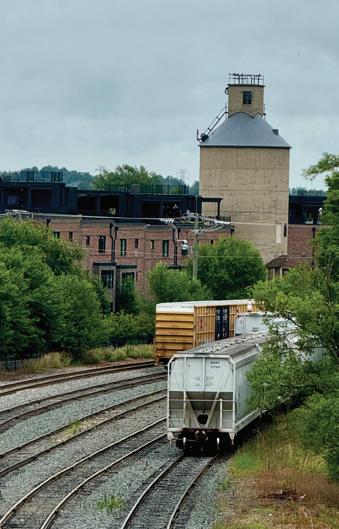
ABOUT THE NEW BELMONT BRIDGE
The 267 foot-long bridge carries Avon Street over train tracks used by CSX, Buckingham Branch Railroad, and Amtrak.
Total project cost was $38 million.
Constructed with 158 tons of concrete.
Featuring a 7 foot-wide bicycle lane and a 10 foot-wide sidewalk, the bridge is pedestrian- and cyclist-friendly.


The Library of Virginia will award poet and lawyer Reginald Dwayne Betts, founder and CEO of Freedom Reads, with the honorary Patron of Letters degree, the library’s highest honor. The degree recognizes individuals who have made significant contributions to history, library science, or archival science.
Betts is celebrated for his efforts to promote libraries and literacy. “Dwayne Betts is a powerful
prisoners through literature to imagine new possibilities for their lives. Freedom Reads has opened more than 300 Freedom Libraries in prisons nationwide, including 56 in Virginia. "The Virginia Department of Corrections greatly appreciates the Freedom Libraries donated by Betts," says VADOC director Chad Dotson. "Reading can unlock newfound passions and inspire our inmate population."
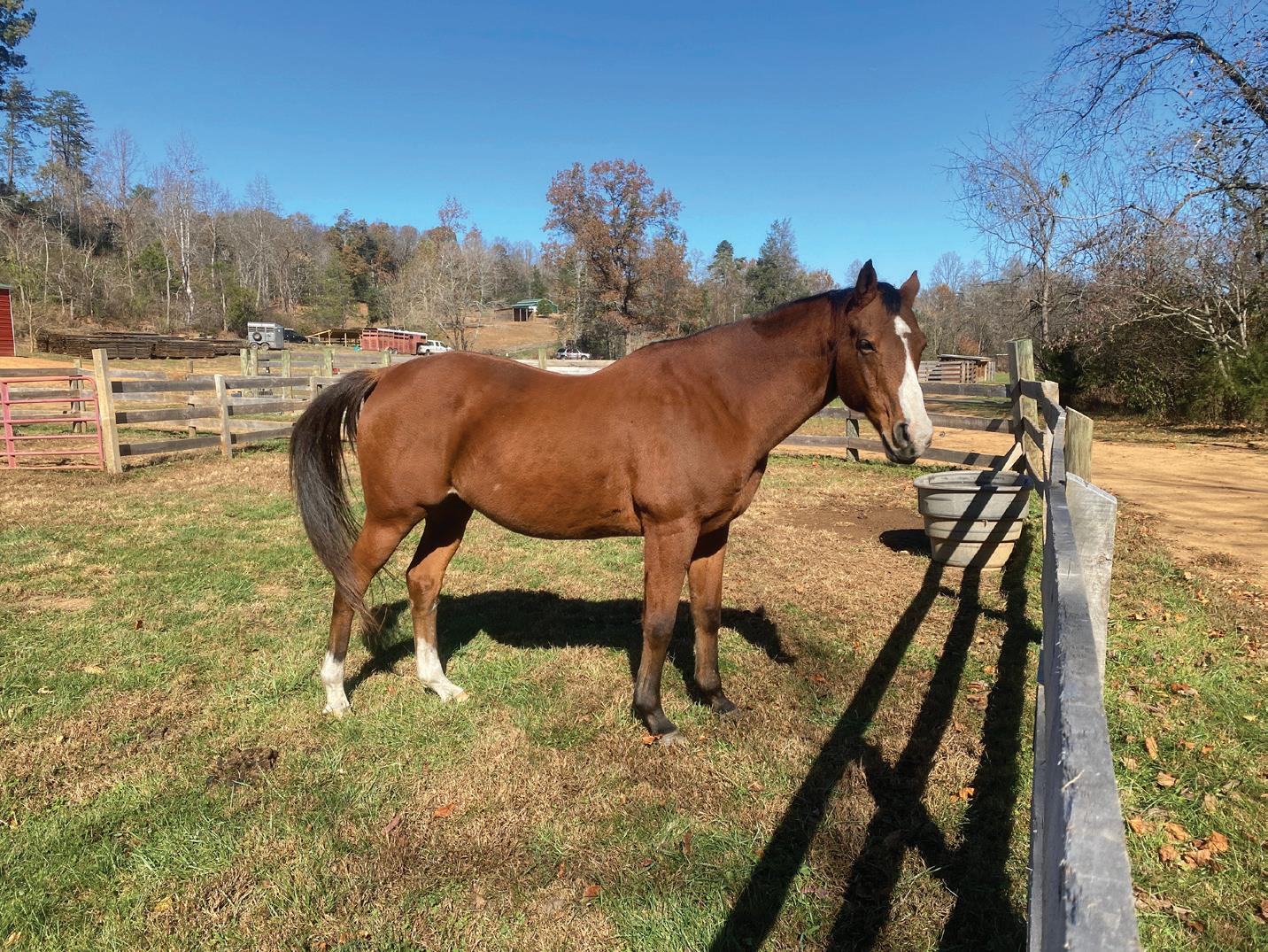
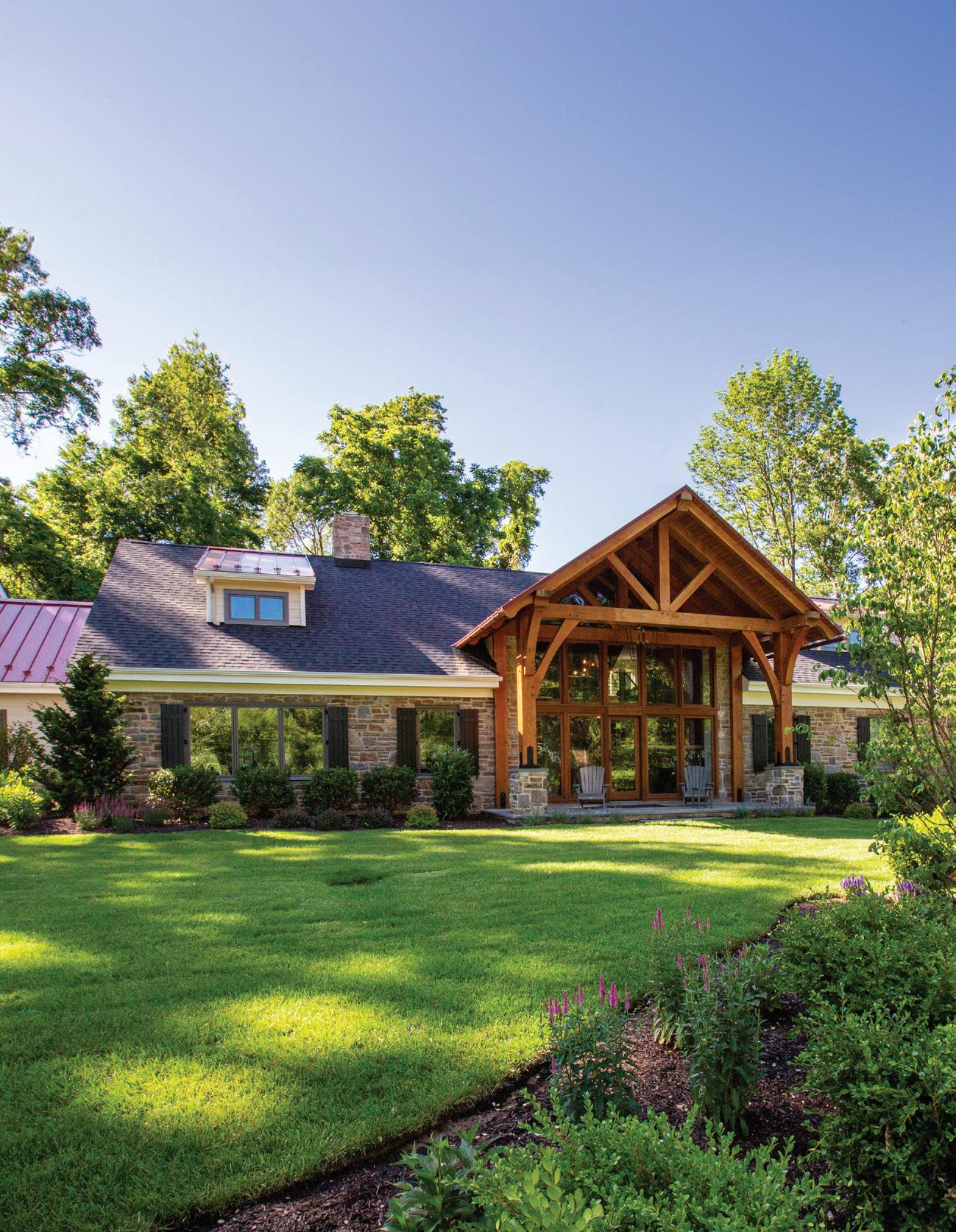

UVA Health neurosurgeon Dr. W. Jeffrey Elias has been named one of Modern Healthcare’s Innovators for 2024 for his pioneering work in the field of focused ultrasound. The use of focused ultrasound technology can replace a surgeon’s scalpel with focused sound waves. Instead of requiring a neurosurgeon to cut into a patient’s skull, the technology focuses sound waves deep inside a patient’s brain to disrupt faulty brain circuits. Elias’ pioneering research helped pave the way for federal Food and Drug Administration approval of the technology as a treatment option both for essential tremor, a common movement disorder, and Parkinson’s disease symptoms. The impact of Elias’ work can be seen in the growing number of hospitals around the globe offering focused ultrasound treatments. Dr. W. Jeffrey Elias

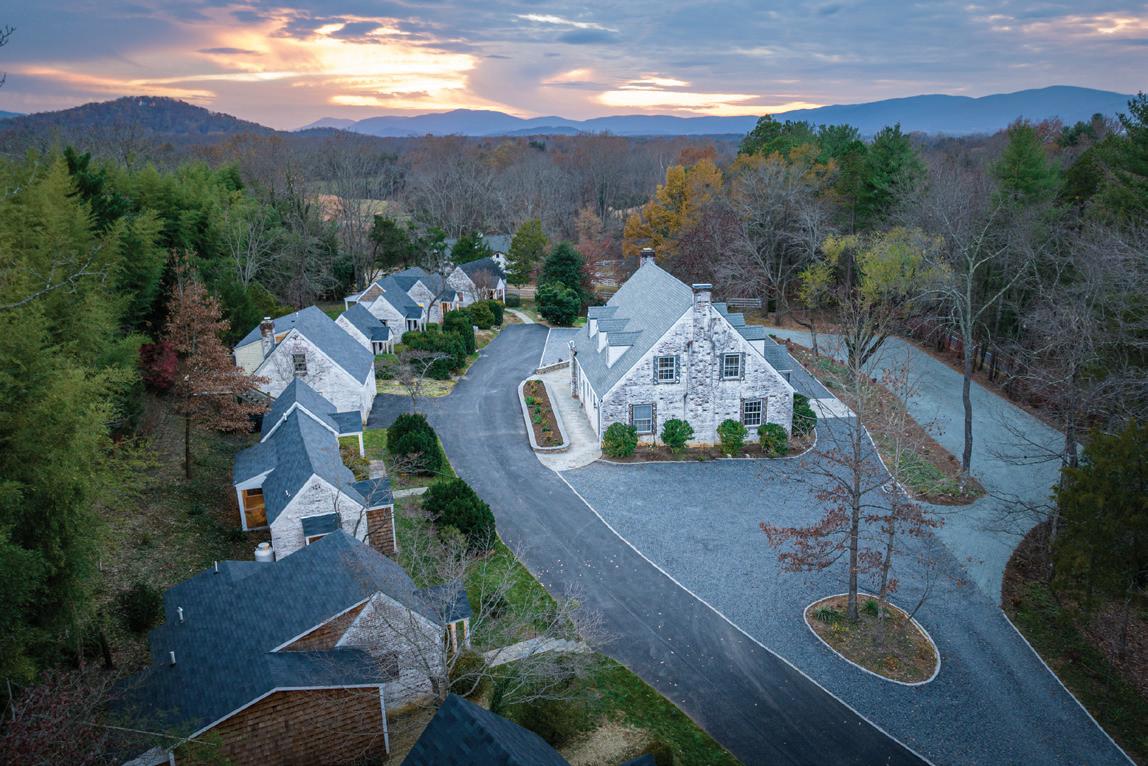
Nestled in the heart of a lush, verdant landscape, Ivy Cottages boasts picturesque views of the Blue Ridge Mountains, as well as lovely gardens and terraces. Each cottage is imbued with its own unique character and charm, making it a delightful and historic haven for our guests. Our locally-owned, artistic collision of worlds is conveniently located just o of I-64’s Exit 114, just a short drive away from a multitude of historic sites, trails, and top-notch local dining.
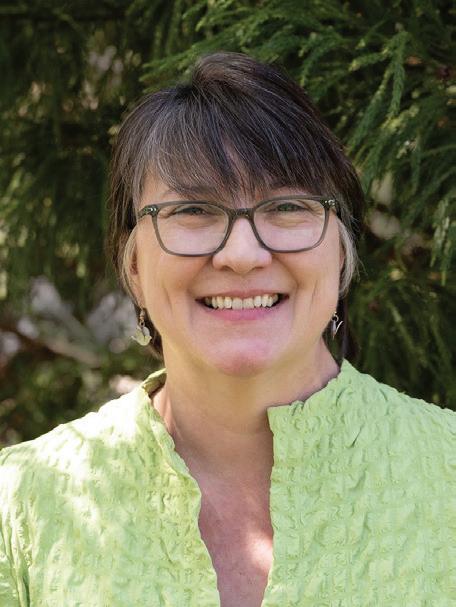
The Nature Conservancy’s Virginia state director, Bettina Ring, was honored with Virginia Tech’s College of Natural Resources and Environment Distinguished Alumna Award for her achievements in Virginia forestry and conservation.
Her career includes many “firsts” for pioneering women’s conservation leadership in Virginia. Ring received her B.S. in forestry and wildlife from Virginia Tech, and became one of five female foresters at the Virginia Department of Forestry after graduation. She was Virginia's first female state forester in 2014, then the first forester and first female to serve as Virginia’s secretary of agriculture and forestry starting in 2018.
Headquartered in Charlottesville, she currently leads TNC’s work in Virginia, including sustainable fisheries, migratory birds, coastal and community resilience, oyster and eelgrass restoration, outdoor recreation opportunities and improved nature access, elk restoration, solar and OSW siting, prescribed fire work with state partners, wetland restoration, and more.
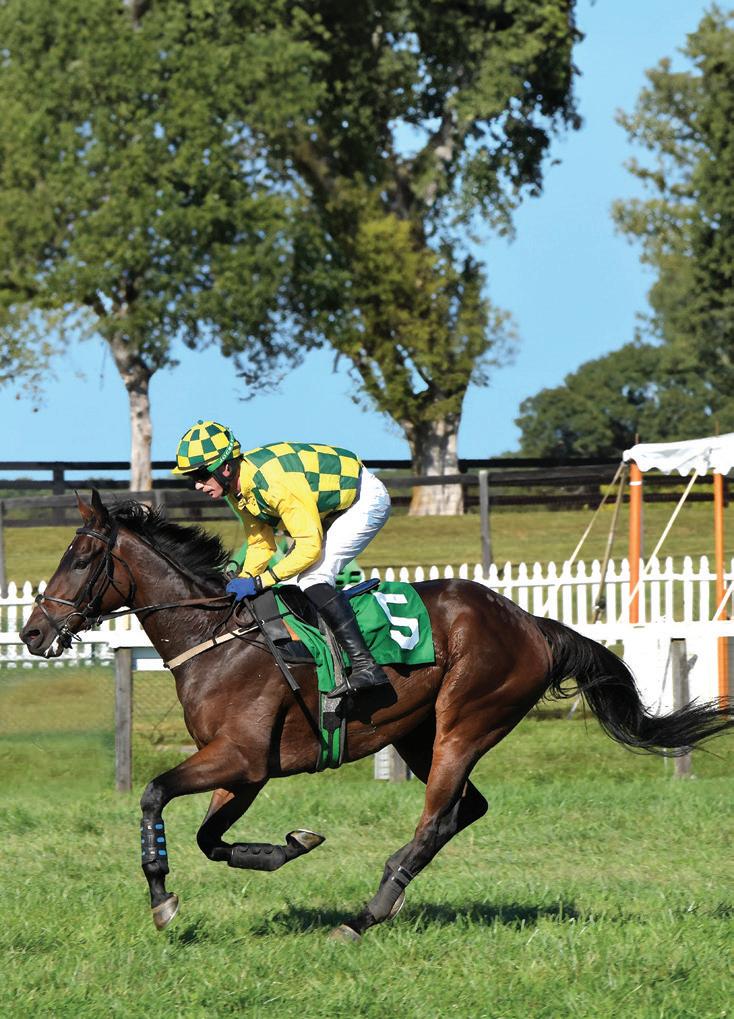

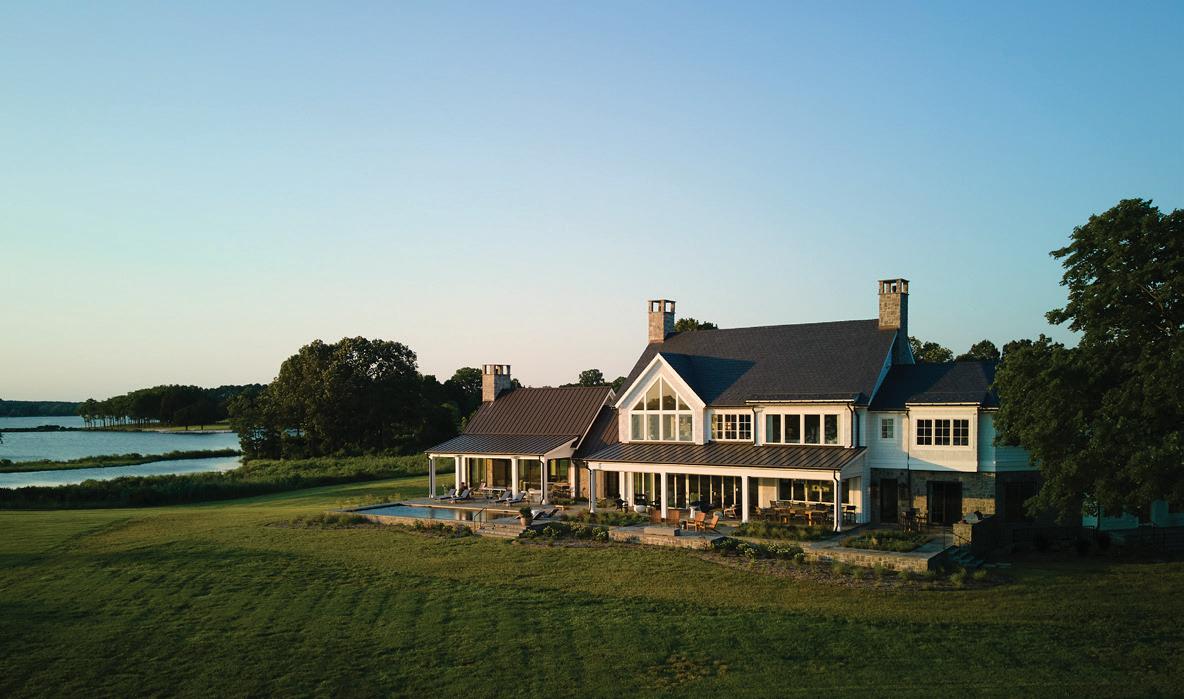



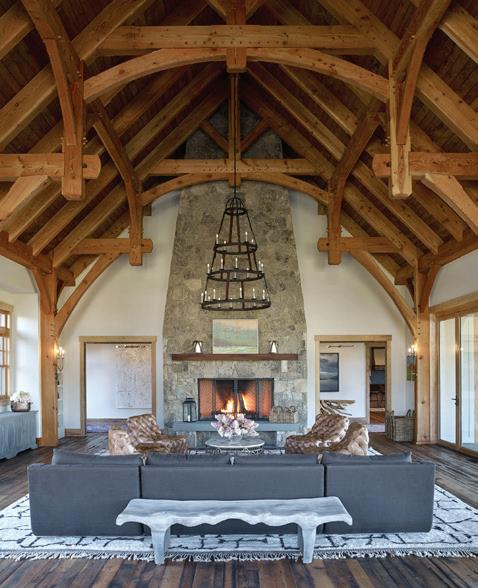

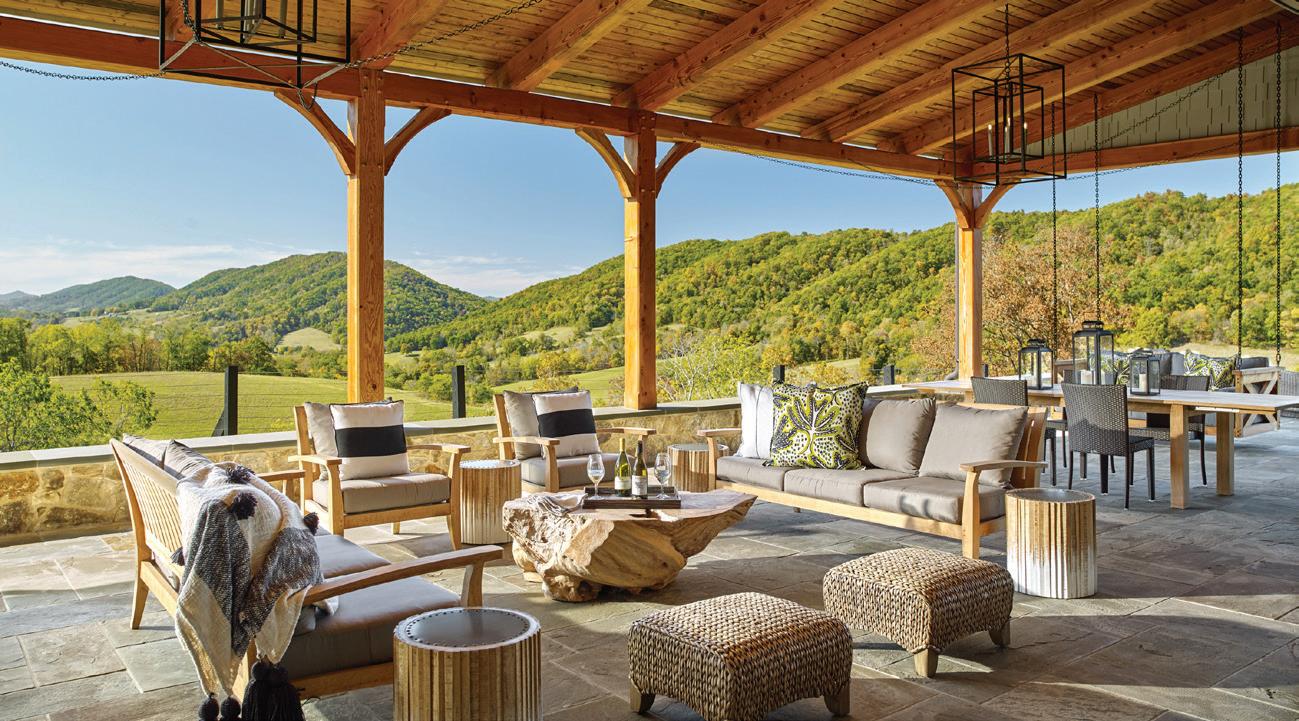
Jim Faulconer
503 Faulconer Drive
Charlottesville · VA · 22903
c: 434.981.0076
e: jfaulconer@mcleanfaulconer.com

Farm, Estate and Residential Brokers
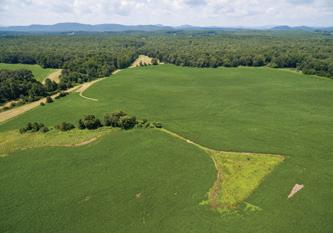
MEADOW FARM ◆ $2,985,000
436+ acre parcel of land in Southern Albemarle! 4 division rights; complete privacy; lush, gently rolling terrain; long road frontage; stream; 3-acre lake; 125-135 acres of open land; mature hardwood forests. Under conservation easement. MLS#651411 Charlotte Dammann, 433.981.1250
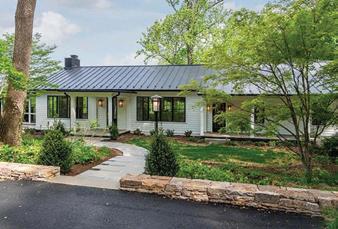
BELLAIR ◆ $2,875,000
Recently renovated contemporary home in sought-after Bellair neighborhood! Featuring 4-BR, 3.5 BA, and vaulted great room, this residence offers superb construction and quality materials. Enjoy stunning views from the screened porch. Serene living on 5.46 acres.
MLS#652438 Jim Faulconer, 434.981.0076
BENTIVAR MANOR
$5,200,000
Discover this stunning brick estate, nestled on 88 acres just 5 miles from the city. 7-BR and 11,000+ square feet, this meticulously maintained home offers luxurious living. Enjoy the blend of pastures, woodlands, & river frontage, perfect for outdoor enthusiasts. Trails meander through the property, inviting exploration. Experience the epitome of country living, mere minutes from urban conveniences. MLS#652353 Jim Faulconer, 434.981.0076
Court Nexsen
503 Faulconer Drive
c: 646.660-0700
e: court@mcleanfaulconer.com
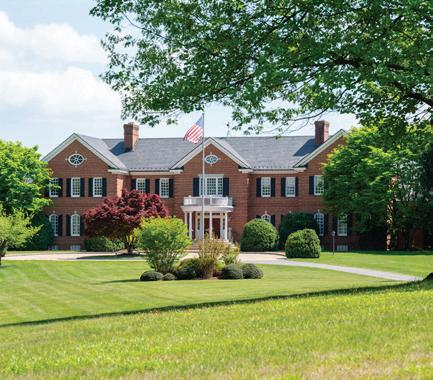
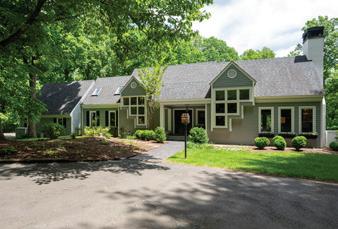
SPRING HILL ◆ $1,695,000
Ivy! Architect designed, light filled Contemporary with 1st floor master suite, chef’s kitchen, family room, 3 additional BR, study, LR, DR, terrace level guest quarters, 2-car garage, pool and multiple terraces. Western school district. MLS#653127 Tim Michel, 434.960.1124/Will Faulconer, 434.987.9455
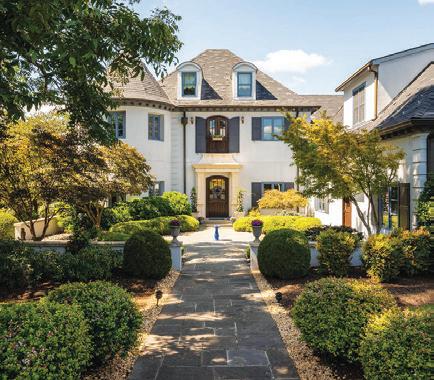
FIELDS OF BOAZ
$3,995,000
A country French estate custom built on 24 acres in the heart of Ivy six miles from UVA. A combination of timeless charm and modern luxury with soaring ceilings, spacious primary suite, home office, wine cellar, guest quarters, and three levels of well-appointed living space. Wonderful views of the private pond, rolling countryside, and expansive terraces. Two unique and well-conditioned outbuildings. MLS#652608 Court Nexsen, 646.660.0700
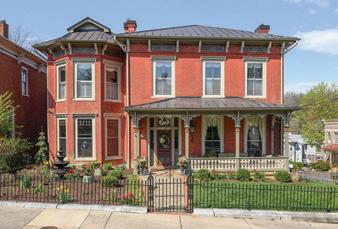
HISTORIC STAUNTON ◆ $1,295,000
Meticulously renovated National Historic Register home, blending modern amenities with remarkable charm. 5-BR with tall ceilings, hardwood floors, stained glass windows, and trim. Quartz kitchen, magnificent primary suite, terrace apartment. MLS#653080 Court Nexsen, 646.660.0700
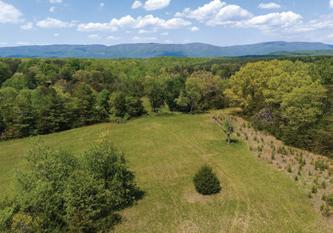
CRAIGS STORE RD ◆ $1,150,000
76 acre parcel in western Albemarle with compelling views of the Blue Ridge Mountains, diverse terrain, and multiple estate-caliber building sites. 2 miles from Batesville Market, 15 miles from Charlottesville, not under conservation easement. MLS#652337 Court Nexsen, 646.660.0700


901 Amherst Street, Winchester 540-662-1473 · themsv.org
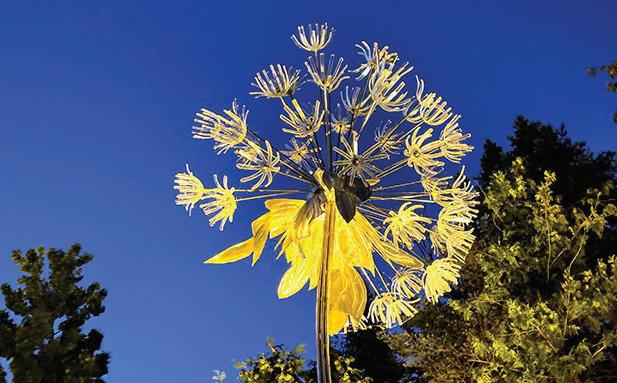
Through October 13
Stroll through the Museum of the Shenandoah’s seven acres of gardens and discover 30 larger-than-life glass sculptures of flowers, insects, and more. This beautiful outdoor exhibition features the work of Craig Mitchell Smith, one of America’s most innovative kiln-glass artists. Highlights of Gardens of Glass include a chandelier made of 600 autumn-colored glass leaves suspended from a maple tree, a 16-foot-tall stainless-steel dandelion, and a sculpture inspired by apple blossoms, created just for the MSV exhibition.
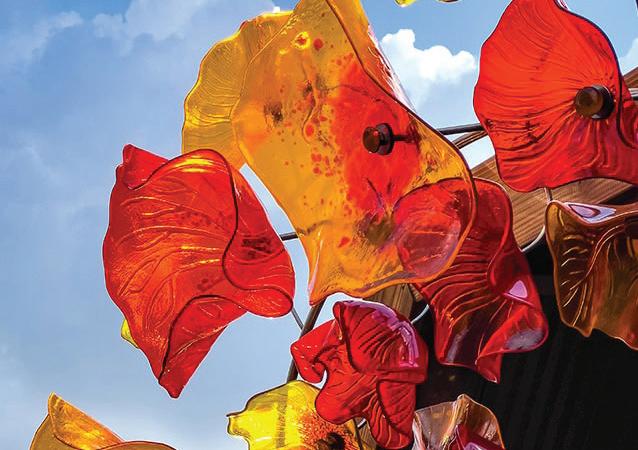
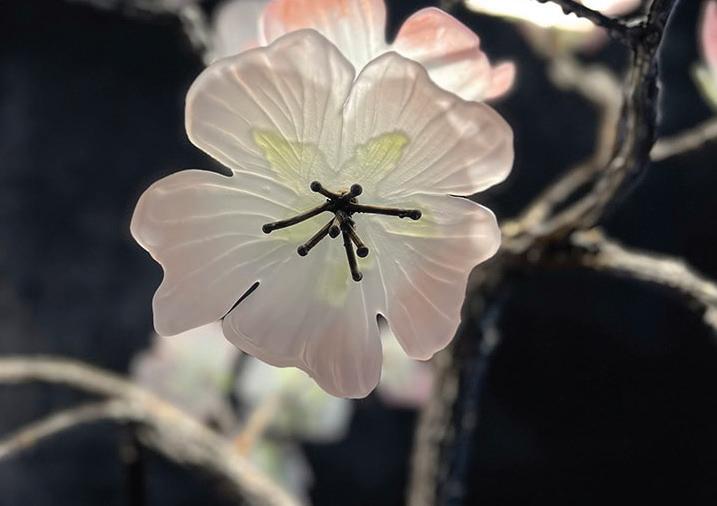
Through August 18
This large and varied exhibition features the current work of McGuffey’s renting and associate members. McGuffey’s members work in mediums including ceramics, sculpture, watercolor, oils, acrylic, mixed media, jewelry, fiber, glass, and photography.



ART CENTER
Sarah B. Smith Gallery
201 Second Street NW, Charlottesville 434-295-7973 · mcguffeyartcenter.com


Through August 30
Chroma Projects and Vault Virginia present Bellair: Making Visible the Invisible in Chroma’s micro gallery and on the walls of the Vault’s Great Halls. Ray Berry has spent the past year capturing, through the Plein Air tradition, the landscape of a local farm with a long history. Nearly every day, in all weather conditions throughout the four seasons, Berry sat out with his oil paints and easel capturing the essence of the farmland, documenting its changing moods, and listening to the whispers of stories embedded within its soil. The result is a panoramic and deeply sensitive portrait of place.
3rd Street S.E., Charlottesville 434-806-9667 · chromaprojects.com

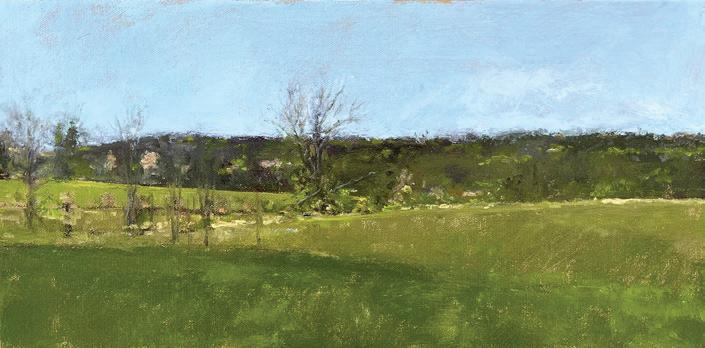
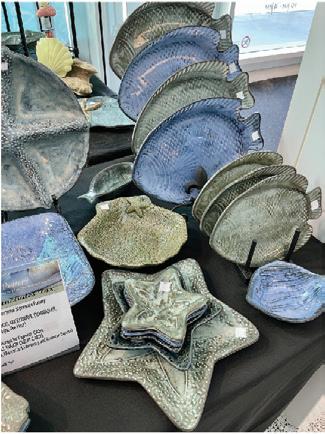
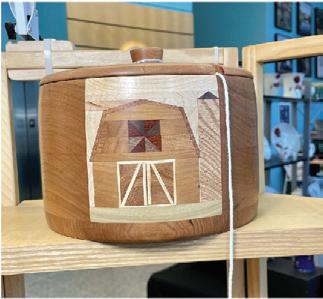
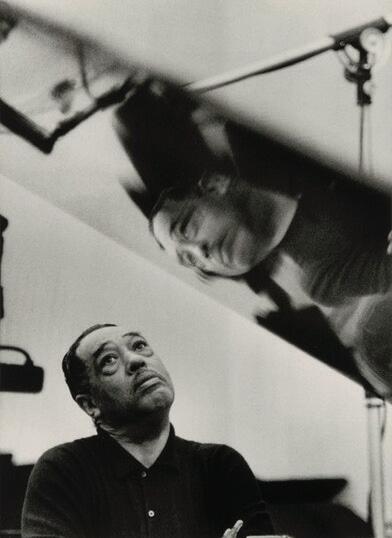
Celebrated for his humanistic and insightful depictions of American life and experience, Gordon Parks (1912–2006) is one of the most distinguished photographers of the 20th century. Camera Portraits examines the ways that Parks forged a new mode of portraiture after World War II. Blending a documentary photographer’s desire to place his subjects where they lived and worked with a studio photographer’s attention to dress, character, and expression, Parks believed he could create portraits of individuals that addressed their cultural significance. He applied this approach to such American icons as boxer Muhammad Ali, along with lesser-known individuals, revealing the humanity and cultural dignity of each person.
This exhibition presents some 25 portraits Parks made between 1941 and 1970, exemplifying how his portraits speak to larger stories of the civil rights movement, the African American experience, and American culture.
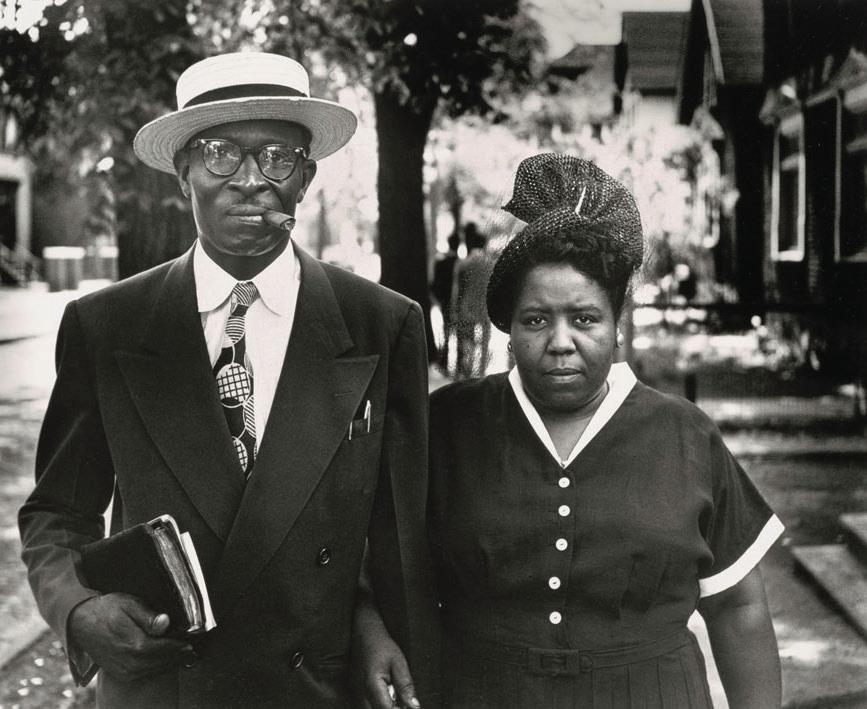


Through August 25
LES YEUX DU MONDE
841 Wolf Trap Road, Charlottesville 434-882-2622 · lydmgallery.com
Influence + Conversation features new work by Barbara Campbell Thomas and Isabelle Abbot. Longtime LYDM artist Isabelle Abbot studied with celebrated artist Barbara Campbell Thomas in her MFA program at UNC Greensboro. This exhibition showcases Campbell Thomas’s influence on Abbot’s artistic practice and the compelling dialogue between the work of these two accomplished artists.
Campbell Thomas combines painting, sewing, and collage techniques to create intricately assembled works with richly textured surfaces that convey movement and depth through an articulate vocabulary of material and form. Abbot’s work, grounded in direct observation of her surroundings in central Virginia, distills the essence of her environment into compelling oil on canvas compositions.

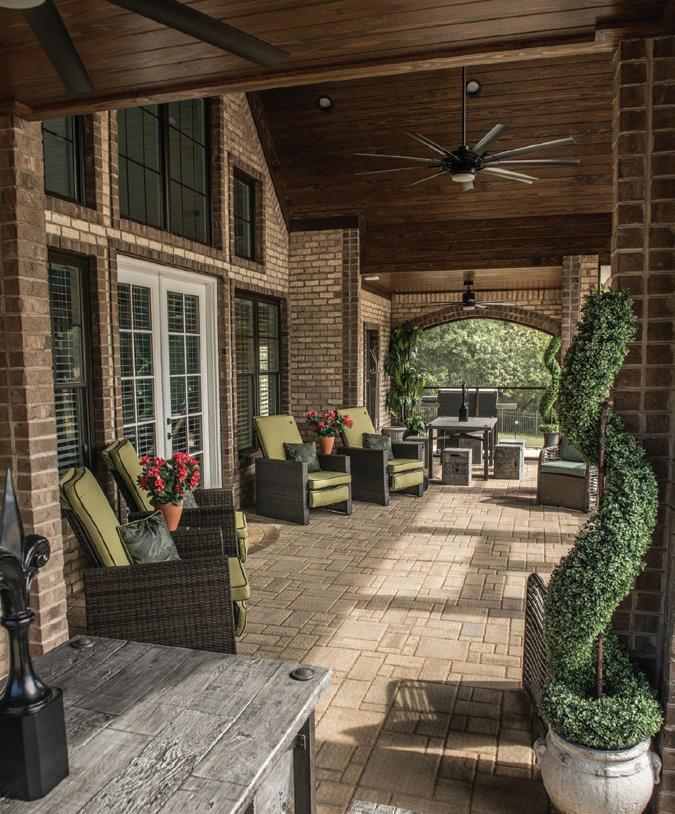
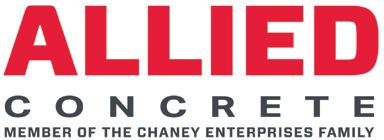






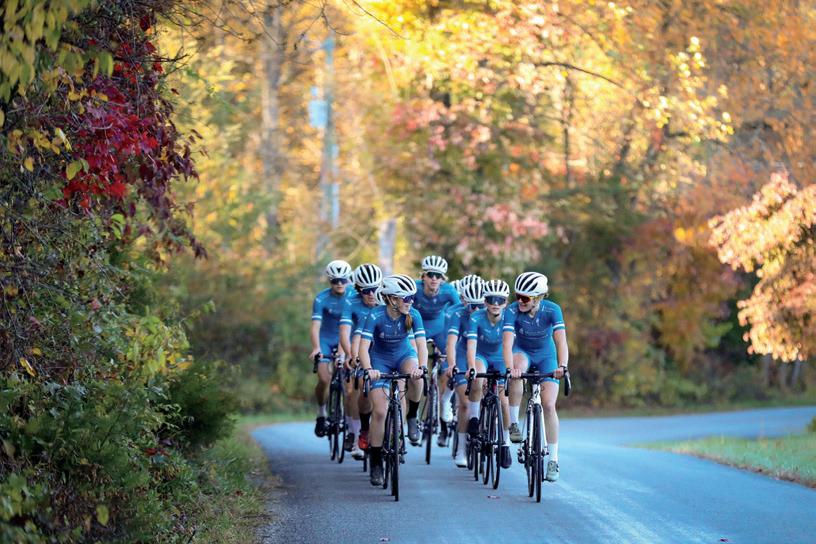
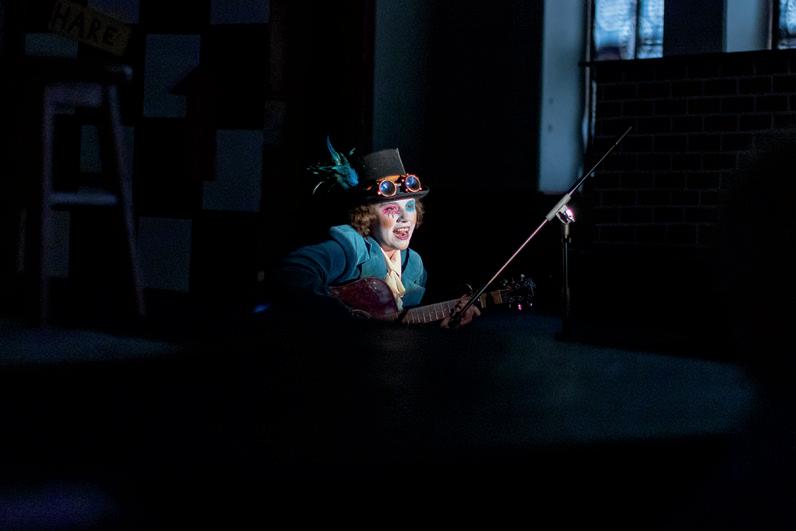
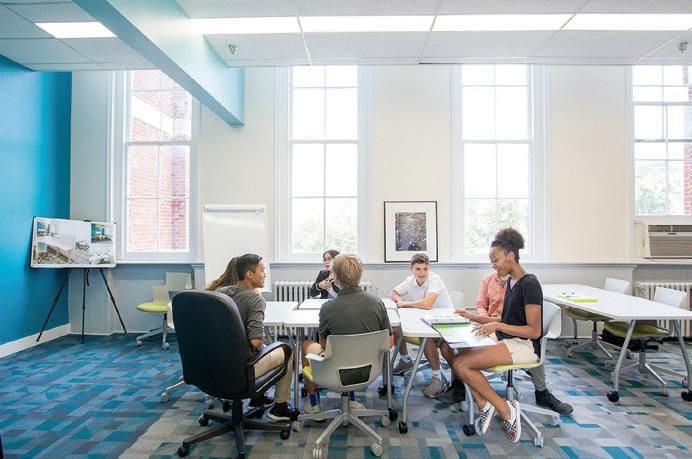
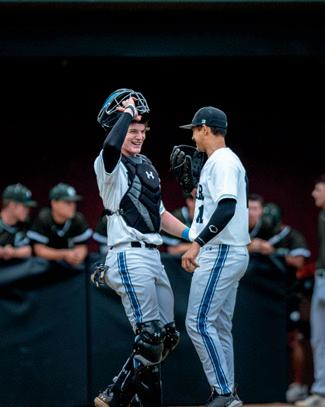
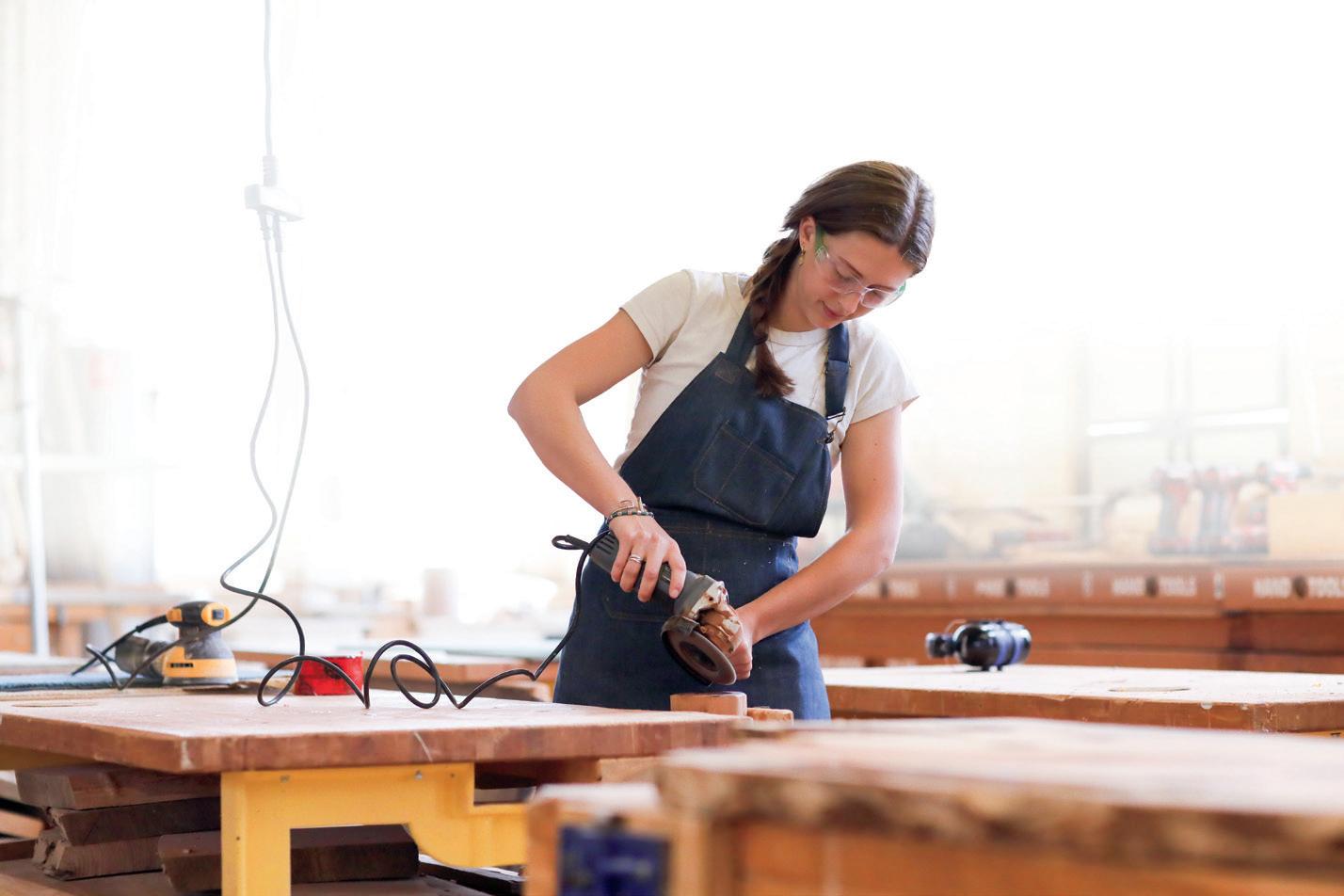
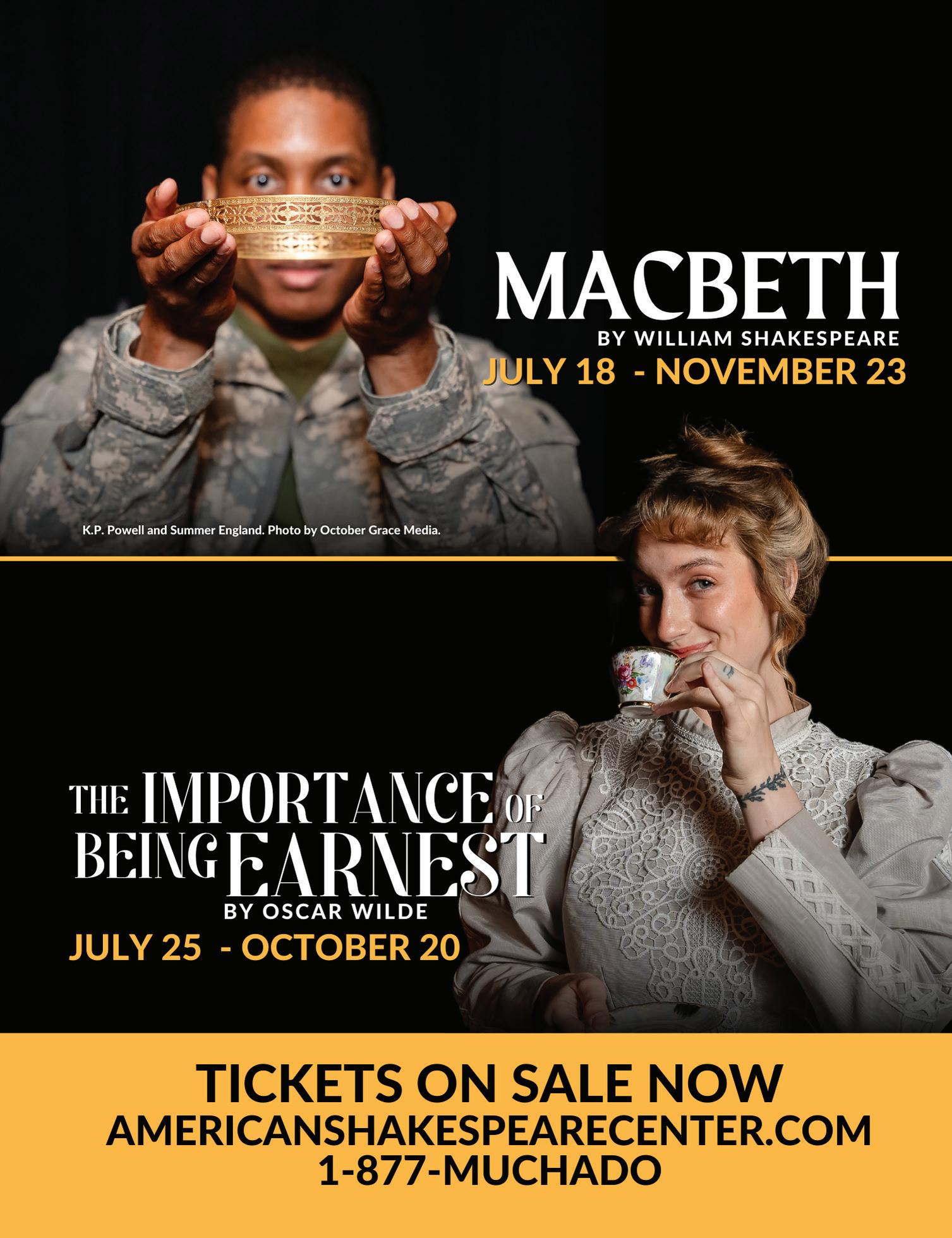
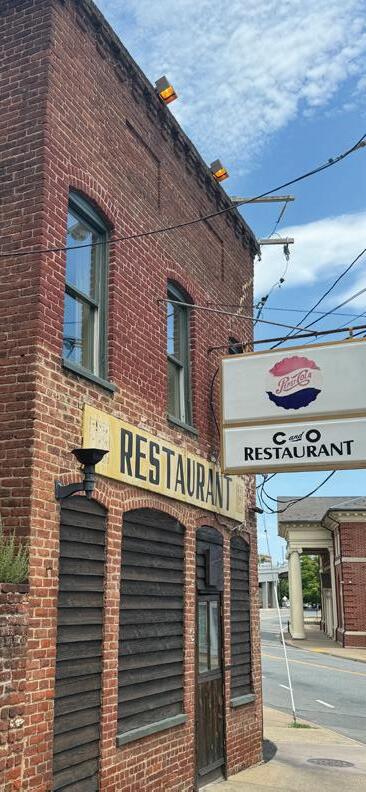

For nearly five decades, the C&O Restaurant has been a cornerstone of Charlottesville’s culinary scene, celebrated for its exceptional service and outstanding cuisine. Dubbed by The Washington Post as the “least prepossessing fine restaurant in America,” C&O first opened its doors in 1976 after Sandy McAdams and Phillip Stafford converted an old building—which, over the years had been a railroad bunkhouse, a soup kitchen, and a diner—into a French restaurant. The business partners also opened a late-night music club attached to the restaurant that hosted live music for about a decade.
McAdams and Stafford made their mark in Charlottesville beyond just the C&O. McAdams founded Daedalus Books two years before opening the restaurant—a bookstore he operated until his retirement earlier this year. Stafford opened Market Street Wine Shop before becoming a wine importer in New York. In 1984, they passed the C&O torch to Dave Simpson, who continued to build the restaurant’s reputation for nearly three decades before finding a successor in Dean Maupin, who had once worked for Simpson as a C&O line cook back in the 1990s.

Chef Dean Maupin describes a pair of classic favorites that have been on the menu for many years.

Maupin’s culinary journey began as teenager, working at The Fox and Hounds in Waynesboro, where he progressed from dishwasher to cook. His dedication to fine cuisine led him to the Boar’s Head Inn, followed by a threeyear apprenticeship at the Greenbrier Resort. Maupin further honed his skills at several renowned local establishments, including Metropolitain, Fossett’s at Keswick, and the Clifton Inn.
In 2011, Maupin, C&O’s current chef/ owner, took the reins of the restaurant after working side-by-side with Simpson during a transitional year. Maupin’s approach combines respect for tradition with a dedication to refinement. “I’ve dedicated myself to caring for this restaurant and maintaining the high standards that were established long before I arrived,” Maupin says. “My role has been one of diligent hard work, ensuring consistency in the food and quality of the dining experience. What makes this place an icon is the legacy built by the original owners, the longtenured staff who have made it their own, and the sense of place and history that permeates every aspect of the restaurant. I’m just honored to be the steward of this Charlottesville institution and to carry on the traditions that have made it a beloved part of the community for decades.”
“The veal sweetbreads are first poached, then cooled, allowing them to be easily picked into small, bite-sized nuggets. They are then sautéed in a sauce made with Marsala cooking wine, golden raisins that have been soaked in bourbon and hot water, and green peppercorns. The sauce is reduced until it thickens, creating a rich coating for the sweetbreads. The sautéed sweetbread nuggets are served over toasted brioche. This combination of the tender, savory sweetbreads, the creamy Marsala sauce, and the toasted brioche is really special.”
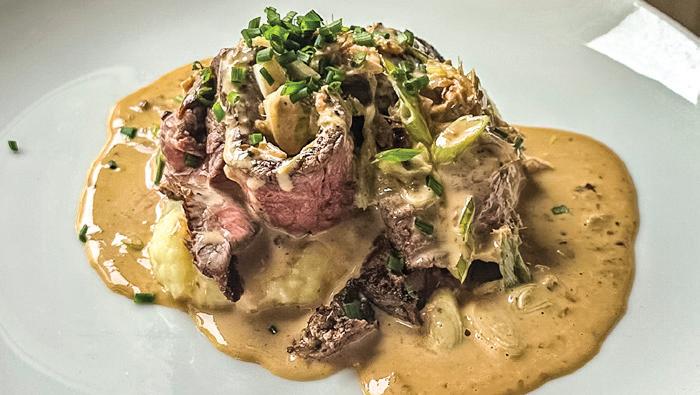
“Flank steak is marinated in mixture of ginger, garlic, and tamari, then seared in a cast-iron pan and finished in the oven to the desired level of doneness. The pan is then deglazed with cream, fresh ginger, and scallions, creating a rich, flavorful sauce that is poured over the sliced steak. The dish is traditionally served over mashed potatoes with Gruyère cheese and thyme, resulting in a hearty dish known for its comforting flavors.”
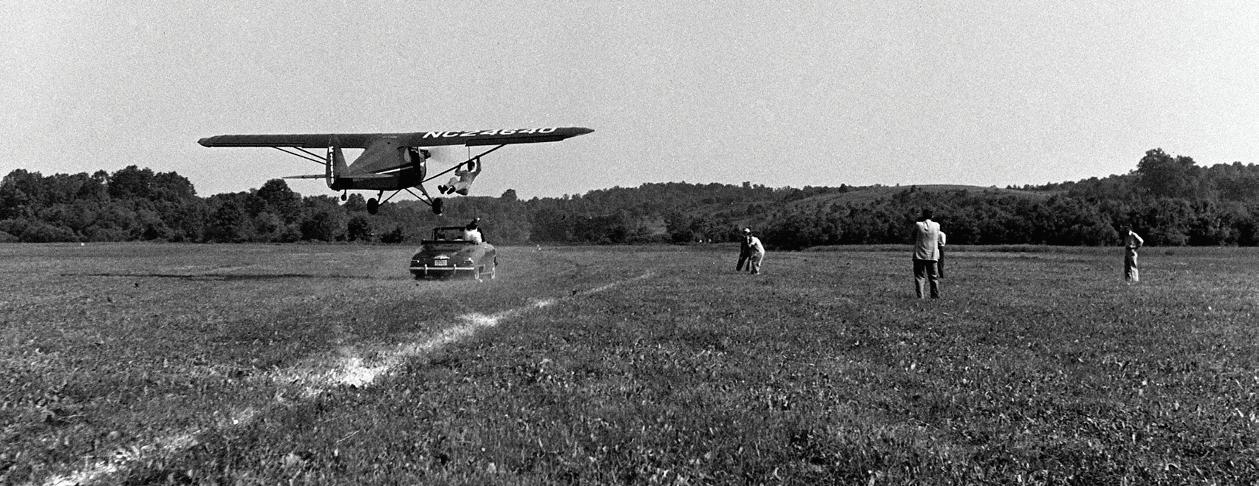
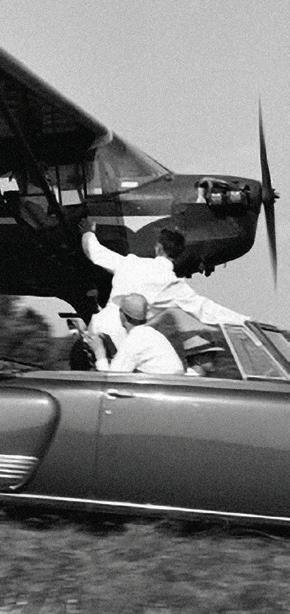
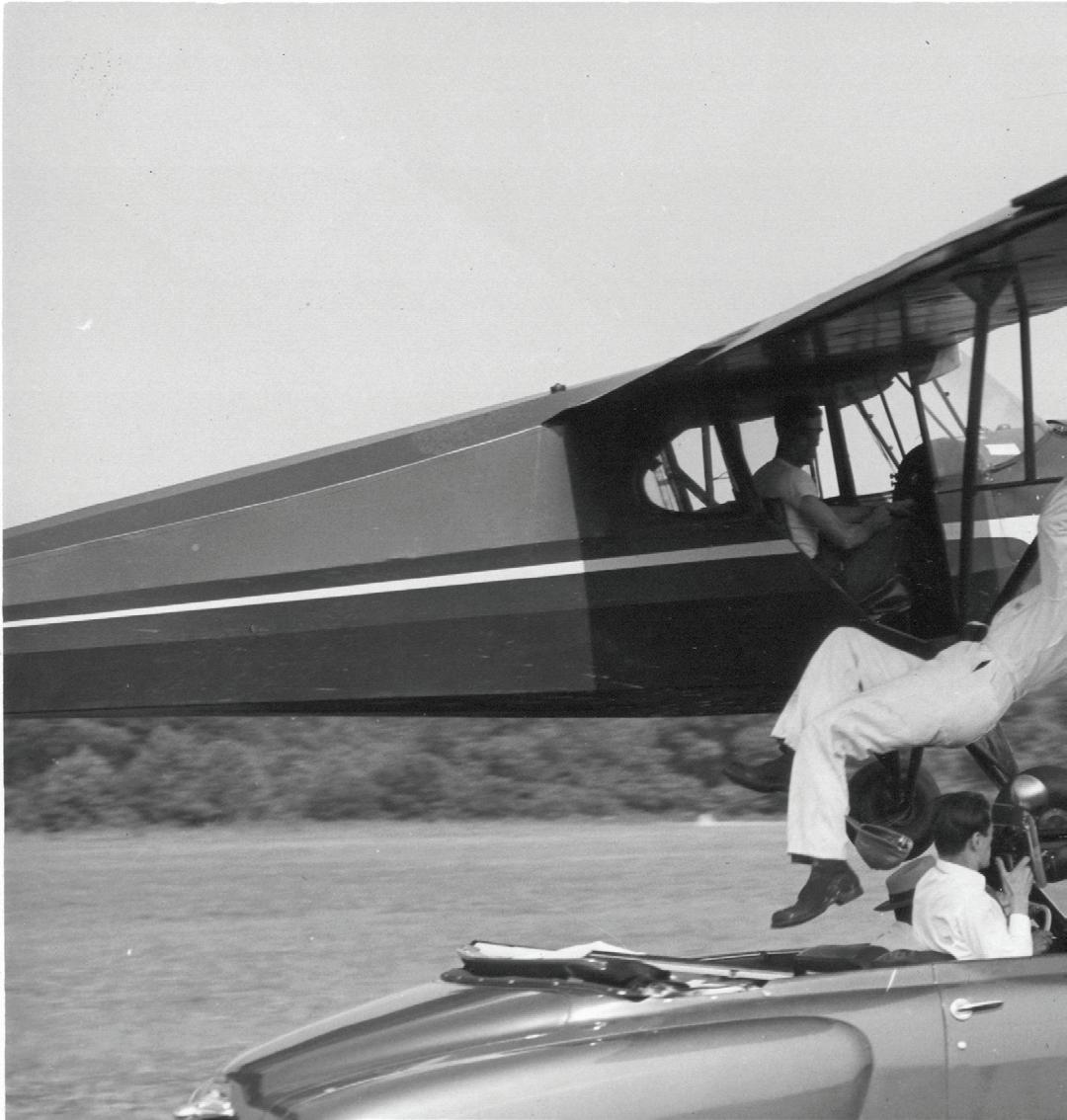
Located on the Rivanna River across from the Glenmore neighborhood, Milton Airfield encompasses 172 acres of mostly floodplain. And while you won’t see airplanes taking off and landing at the old airfield these days, it once thrived as Charlottesville’s bustling center of aviation activity.
Initially, the University of Virginia’s interest in purchasing the property to establish an airfield in 1939 was met with resistance from the surrounding rural communities of Milton, Shadwell, and Keswick—all of which voiced concerns about noise and safety. But across the Atlantic, Hitler had invaded Poland. Driven by the need to train pilots as the threat of World War II loomed, UVA proceeded with the purchase. The airfield’s dedication in April 1940 attracted a large crowd, and the field would soon serve a dual role as an important part of the national defense effort and as the region’s first and only commercial airport until the mid-1950s.
Milton Airfield was more commonly known as UVA Airport during World War II and would be the site of training exercises for hundreds of students as part of the Civilian Pilot Training Program. The CPTP, launched by the U.S. government in 1938, aimed to increase the number of civilian pilots who could be quickly converted to military pilots if needed. This initiative became even more critical as the United States edged closer to entering World War II.
At UVA Airport, Frederick Morse, an aviator and chair of the UVa mechanical engineering department, directed the rigorous CPTP training program that included both ground school and flight training. The ground school covered subjects like meteorology, navigation, and aircraft mechanics. Another pilot and UVA professor, Walter “Roy” Franke, served as the flight operations director. Students trained on the Piper Cub J-3, known for its simplicity and reliability, which made it an excellent primary trainer aircraft. Advanced training involved the T-6 Texan, a more complex aircraft that prepared pilots for the demands of combat flying.
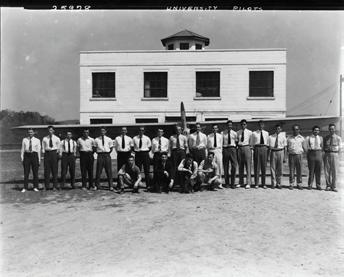
Each training class consisted of 30 students and lasted four to five months. With the U.S. entry into the war, the training schedule accelerated, producing a new class of certified pilots every two months. This intensive program ensured a steady stream of qualified pilots ready for military service. By 1943, more than 435,000 pilots nationwide had received training through the CPTP, with UVA Airport playing a significant role in this effort.
After World War II, the field continued operating as a commercial airport. A Civil Air Patrol squadron, comprised of students, faculty, and local citizens, remained active, conducting occasional search and rescue missions in the area. The field also hosted parachuting clubs and Sunday afternoon aerobatic shows with daring stunts such as wing-walking and racing a convertible along the landing strip and plucking a rider from it with a low-flying plane.
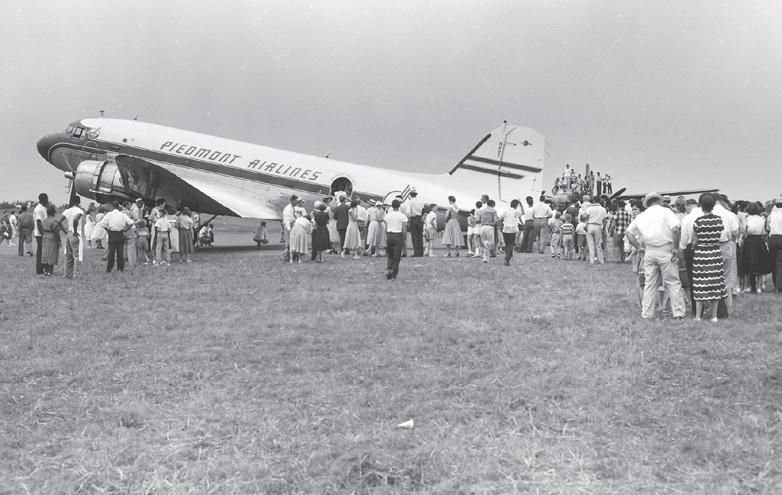
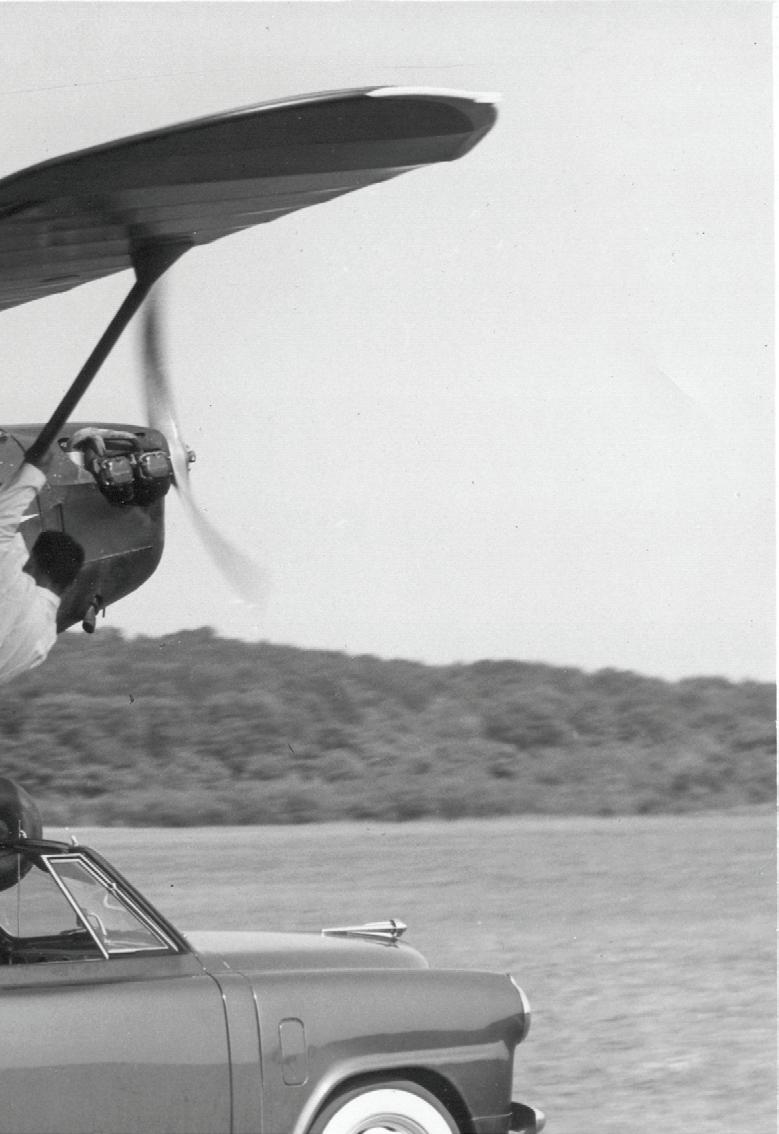
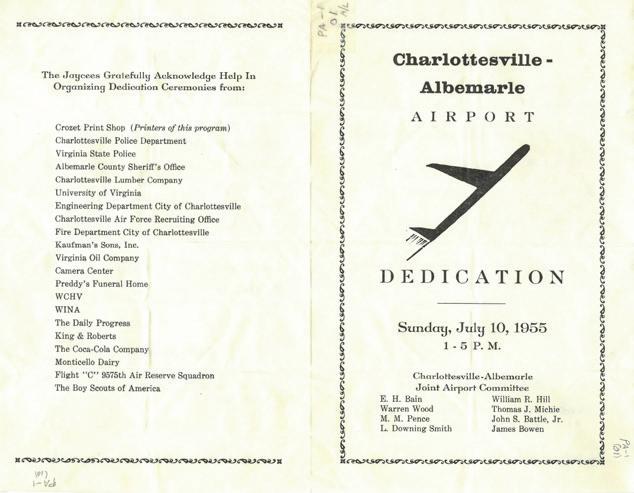
Photographs from Left to Right
1 – After World War II, some activities at the airfield were decidedly less serious than training pilots for warfare, like this 1950s airshow.
2 – Student pilots at Milton Airfield, circa 1940
3 – Attendees at the July 10, 1955, dedication of the Charlottesville-
Albemarle airport tour a DC-3 operated by Piedmont Airlines, the first commercial carrier to serve the area.
4 – Program from the dedication of the Charlottesville-Albemarle Airport
Photos: Ed Roseberry/University of Virginia, Piedmont Aviation Historical Society, Albemarle Charlottesville Historical Society
As aviation technology and the transportation needs of the region evolved, so did the demand for more modern facilities. That need was met by the new Charlottesville-Albemarle Airport, which opened in 1955 and was initially served by Piedmont Airlines. By the end of that year, Piedmont Airlines had established four daily flights to Washington, D.C., among other destinations, making air travel significantly more accessible to the residents of Charlottesville and surrounding regions.
The writing was on the wall for Milton Airfield and in 1971, it officially ceased operations as a commercial airport. But its story doesn’t end there.
In the decades following its time as an active airfield, Milton has been used for a variety of purposes, ranging from a storage site for UVA graduation chairs and snow removal equipment, to the UVA School of Architecture’s Landscape Lab — an innovative site for architecture students and faculty to engage in landscape-design research and teaching. The historic hangar on the property has housed a woodshop, research labs, and shared spaces for University and community groups, including the UVA Engineering School’s Motorsports and Hoos Flying Teams, the Model Airplane Club, and the Rivanna Radio Control Club.
The old concerns about noise at Milton that accompanied the airfield’s opening way back in 1939 resurfaced in more recent years. This time, the noise was caused by a shooting range used by University police officers. Quiet was restored in 2016 when Albemarle County, Charlottesville, and the University of Virginia joined forces to build the indoor Regional Firearms Training Center at Milton Field. The 19,054-square-foot facility includes a pair of eight-lane firing ranges, a computer simulation room, and a scenario-based training area designed to provide realistic and comprehensive training for local law enforcement officers.
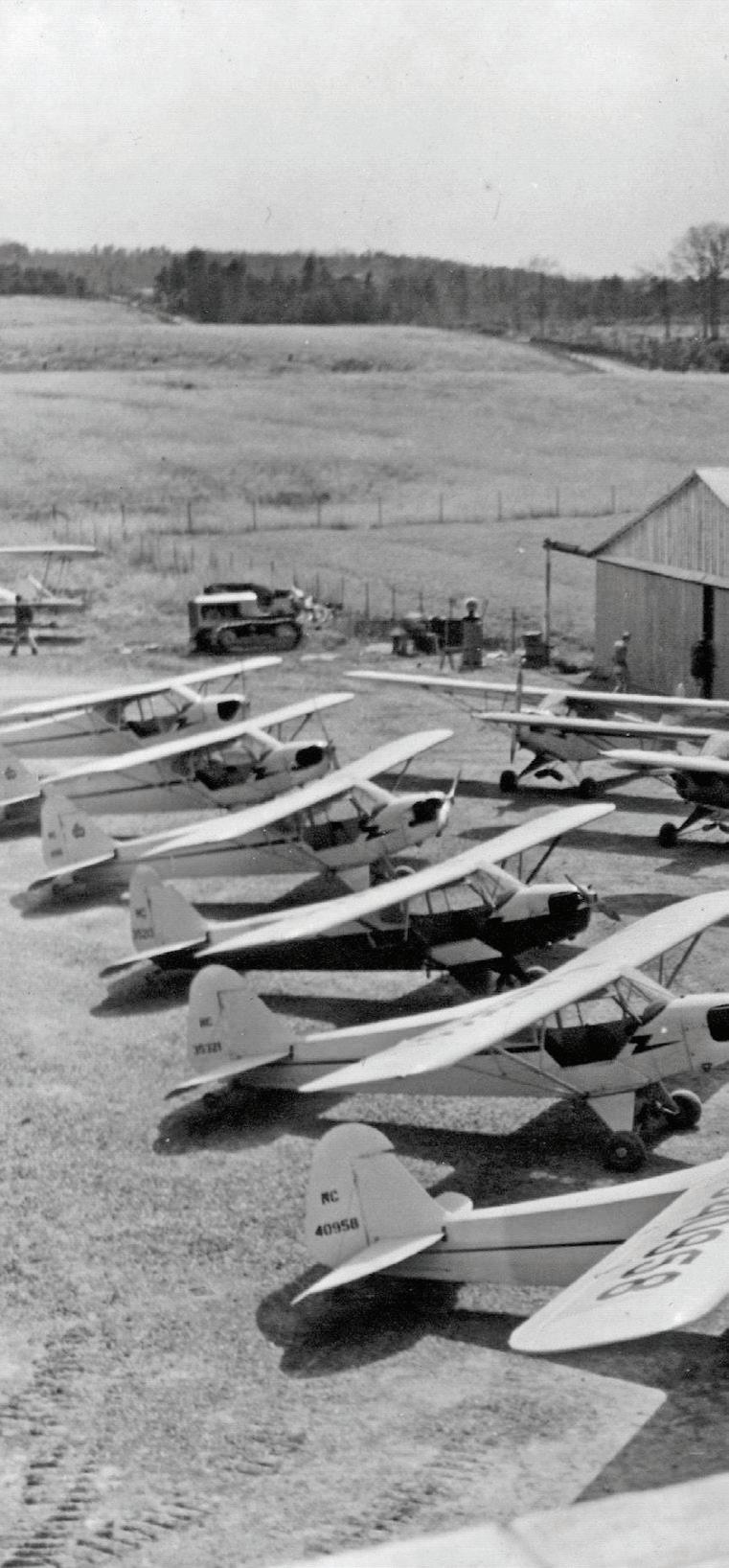
The University of Virginia’s fleet of Piper Cubs, assembled in front of the hangar at Milton Airfield
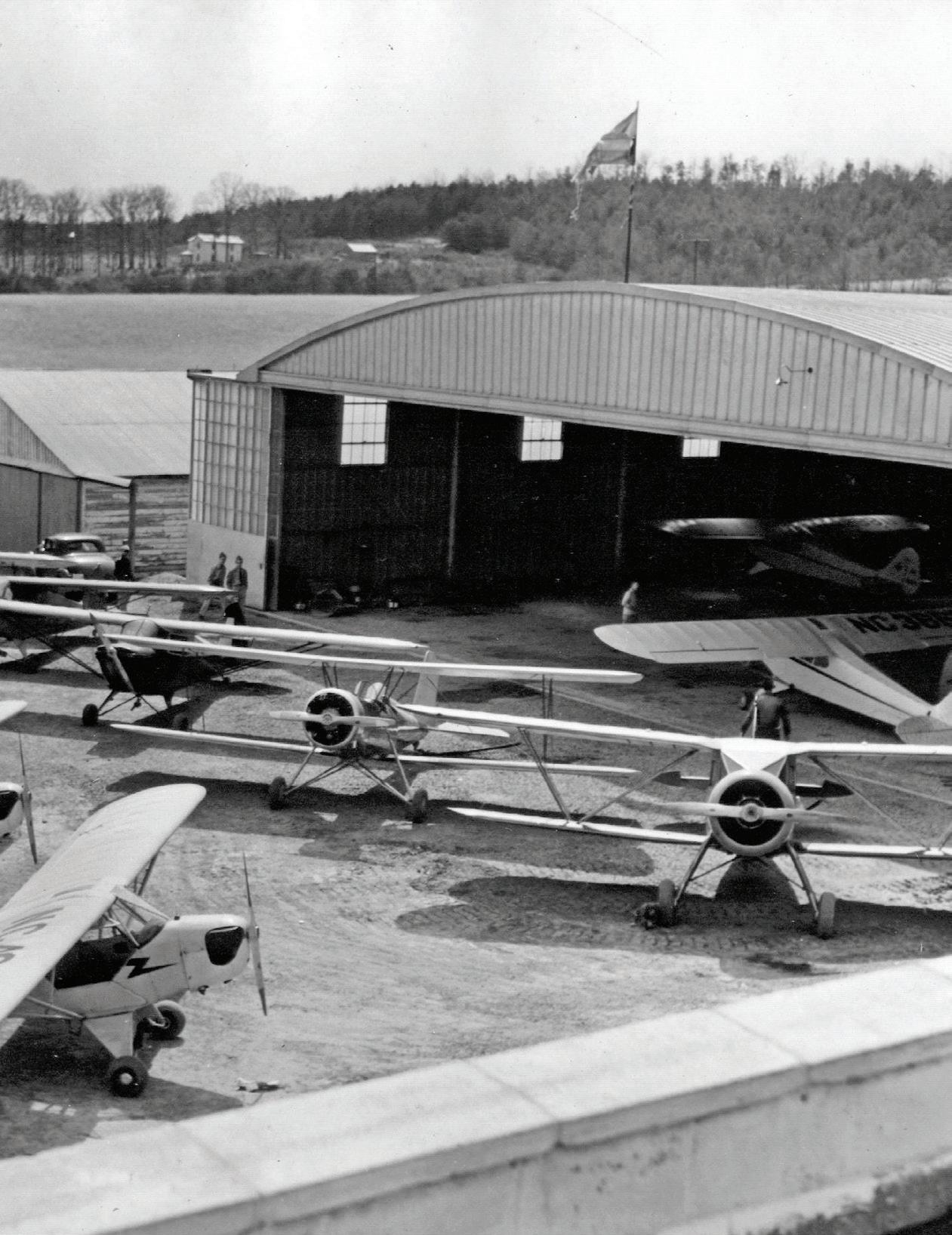
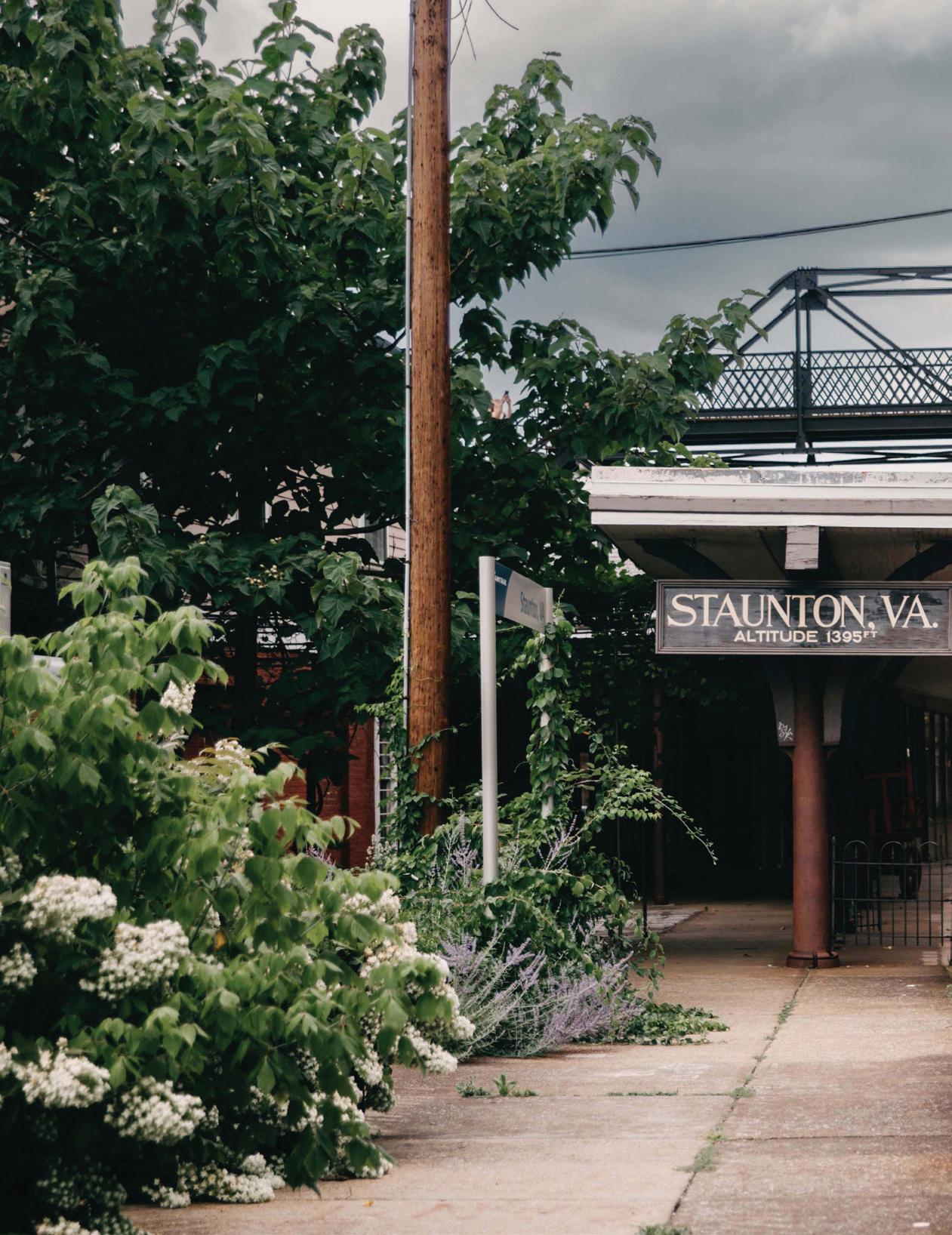
Railroad history comes alive on the Virginia Scenic Railway, offering a memorable journey through some of central Virginia’s most scenic landscapes. Departing from the historic Amtrak station in Staunton, this railway features two excursions: the Alleghany Special and the Blue Ridge Flyer.
The Alleghany Special travels westward through the Shenandoah Valley, passing through pastoral landscapes, working farms, and rural mountain vistas on the way to the George Washington and Jefferson National Forests. Meanwhile, the Blue Ridge Flyer heads east, featuring thrilling turns around rock cut-outs, mountain views and an exciting ride through the “new” Blue Ridge Tunnel.
Virginia Scenic Railway was launched in August 2022 after the Commonwealth of Virginia purchased the rail line from CSX. That acquisition lifted a restriction limiting the railroad to freight operations, allowing it to begin offering excursion services. “We were excited to finally have opportunity to share the railroad’s beautiful route through the countryside and national forests with the public,” says Steve Powell, president of the Buckingham Branch Railroad, which owns and operates the Virginia Scenic Railway. “This is a modern, sophisticated, and active rail experience that shows passengers that the railway is an integral part of Virginia’s transportation infrastructure, not just a quaint tourist attraction. Above all, these are enjoyable, high-quality excursions where passengers are well-cared for and treated as valued guests.”
While onboard the only regularly scheduled tourist train in Virginia, passengers enjoy tabletop meal service in beautifully restored vintage cars, reminiscent of the elegance that defined mid 20th-century rail travel. Unlike many other train excursions, the railway runs on an active freight rail line, allowing passengers to see modern freight and Amtrak trains in addition to enjoying the scenic route. The train cars are refurbished mid-20th century Budd cars that seamlessly blend nostalgia with modern amenities.
Passengers also have an opportunity to take in significantly more sights. “Compared with some other tourist trains that go about 10 miles an hour, we run our train between 25 and 30 miles an hour because it feels like you’re making progress, but you still have time to see and enjoy the scenery,” Powell says. “Our focus is on providing a unique dining and sightseeing experience for families and groups of friends, rather than catering exclusively to train enthusiasts. We also hope that our passengers will see these beautiful views and that they’ll then want to explore more in these areas of Virginia.”
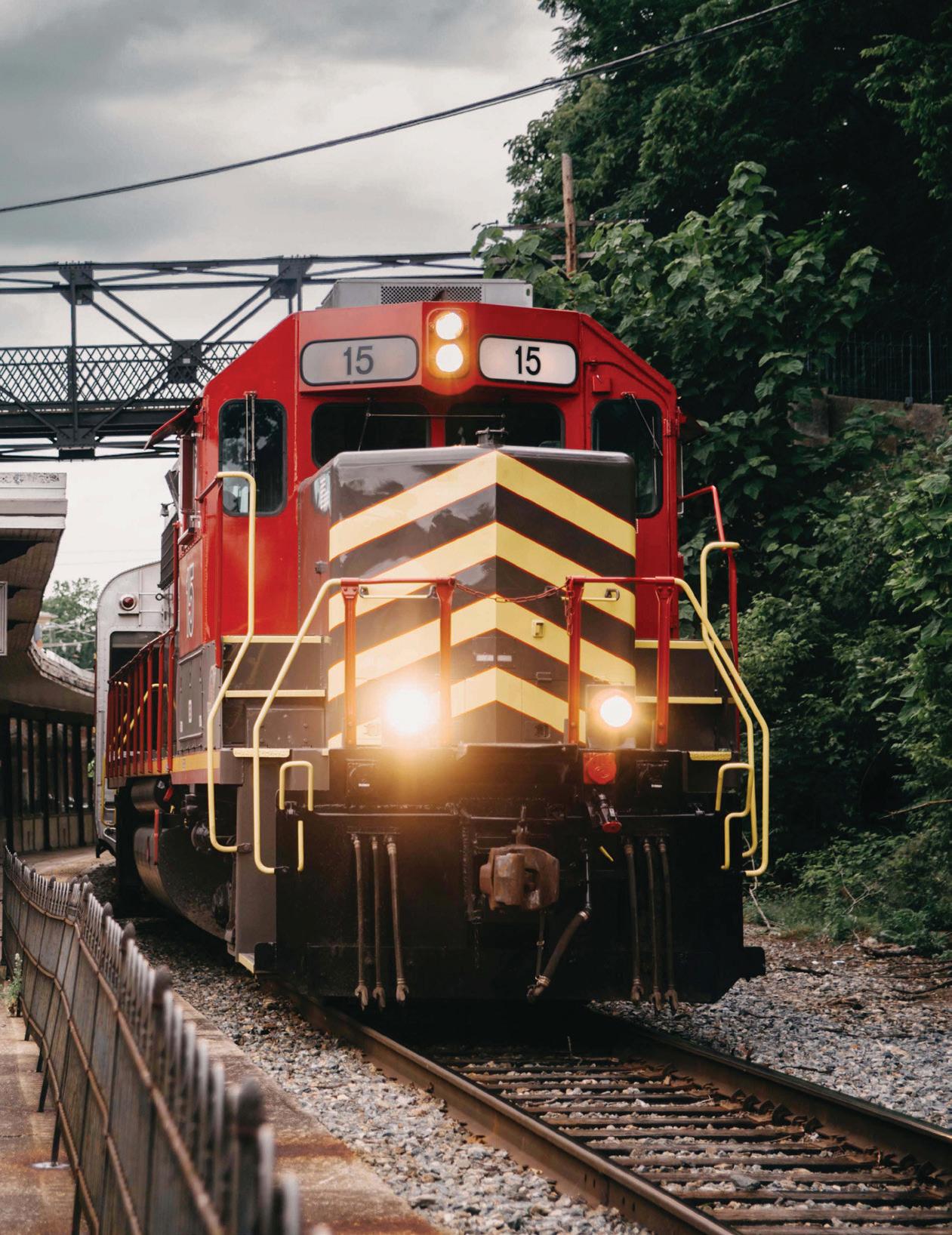
During both trips offered by the Virginia Scenic Railway, passengers enjoy a meal, a dessert selection, and beverages served in complimentary souvenir glasses. Wine and beer are also available. “Think of this as a lunch or dinner experience with friends or family that just so happens to be on a historic train with great views,” says Steve Powell.
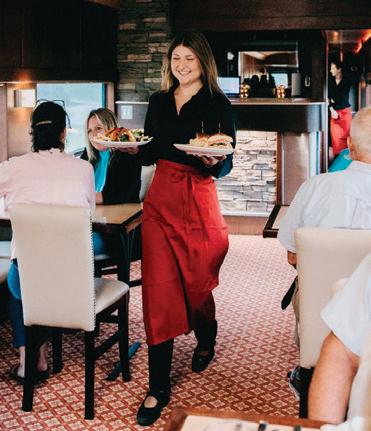
The Alleghany Special showcases the charm and beauty of Virginia’s Shenandoah Valley as the train travels westward from Staunton, through the rolling farmland of the Shenandoah Valley, and into the George Washington and Jefferson National Forests.
Nestled between the Blue Ridge and Alleghany mountains, the Shenandoah Valley is a treasure trove of historic and natural resources. This journey winds its way through the region’s rural landscapes, featuring working farms with cattle, horses, and sheep. Breathtaking views of the Alleghany Mountains make the trip a photographer’s paradise. The train’s turnaround point is the quaint town of Goshen in Rockbridge County.
This three-hour round-trip includes lunch and departs at 10:30 am on Thursday, Friday, Saturday, and Sunday.
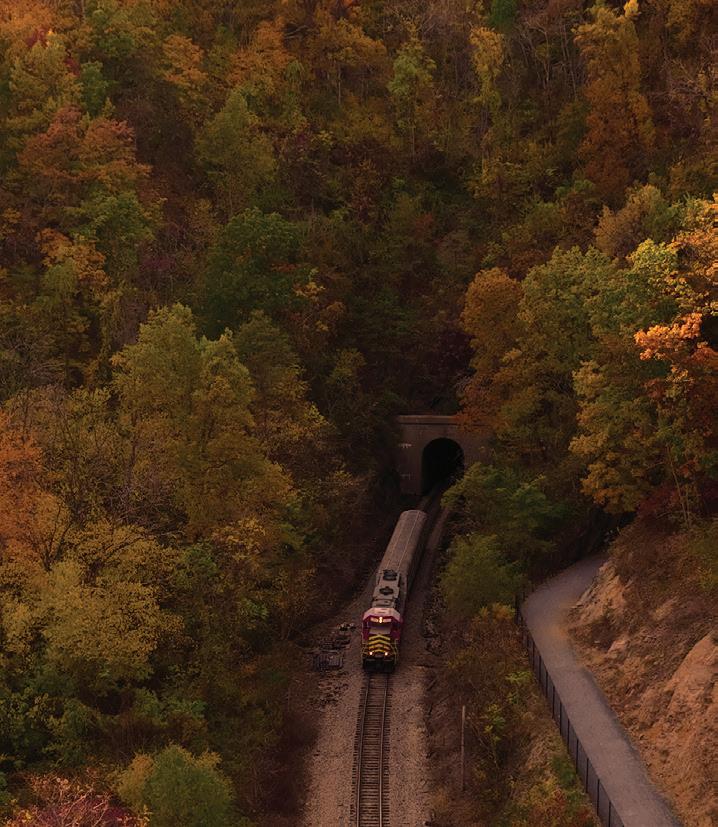
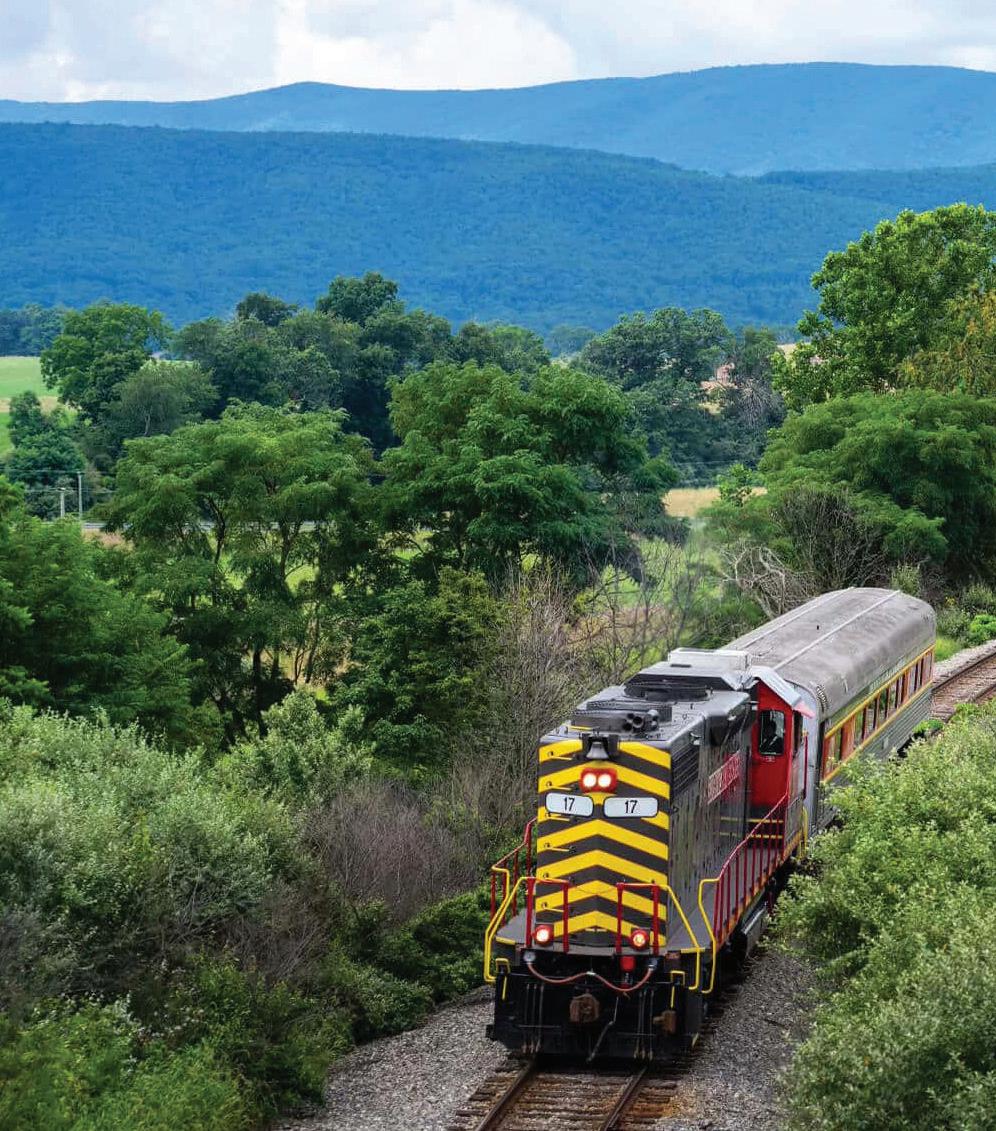
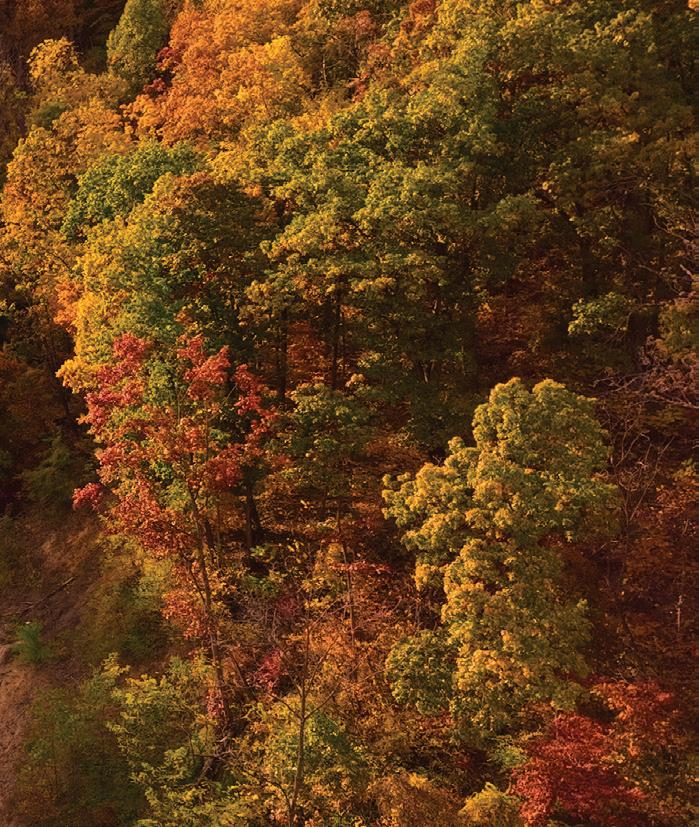
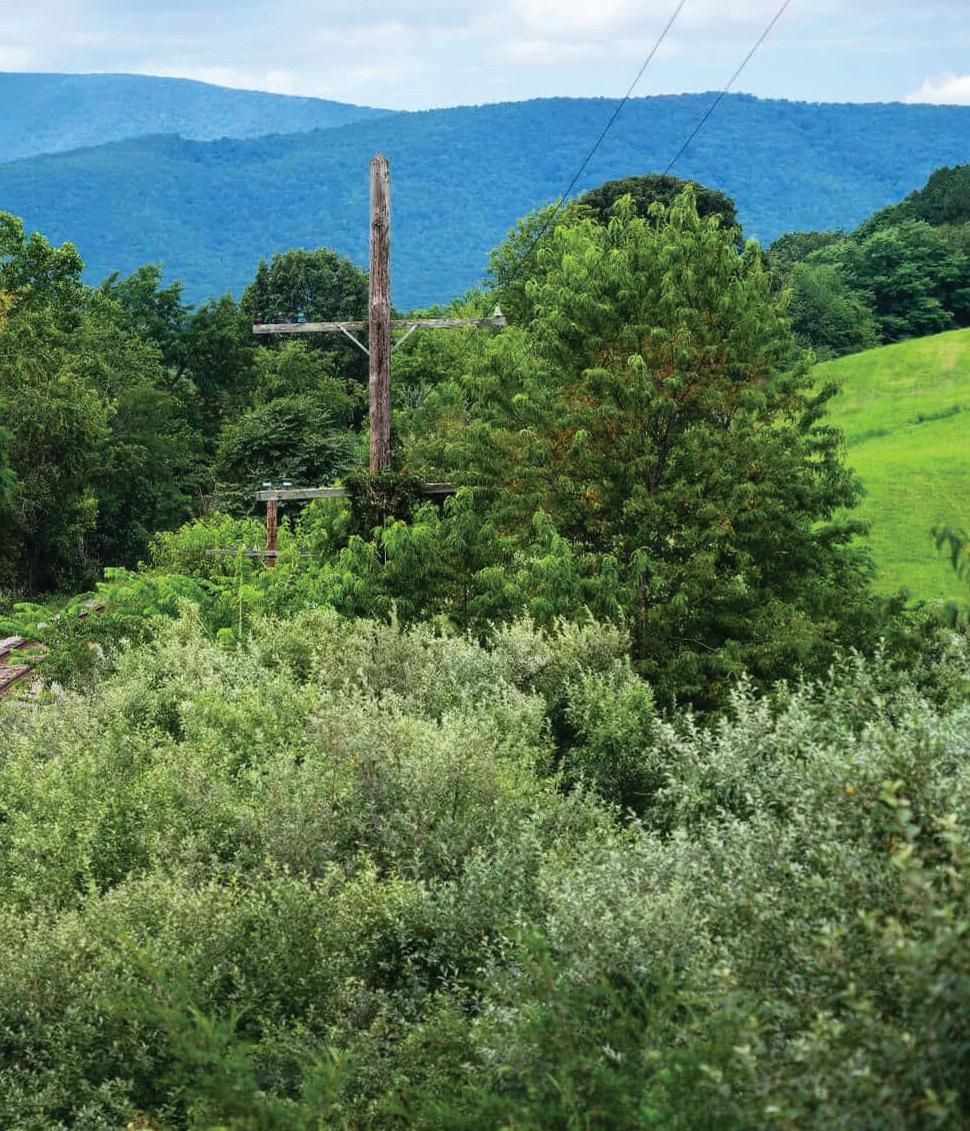
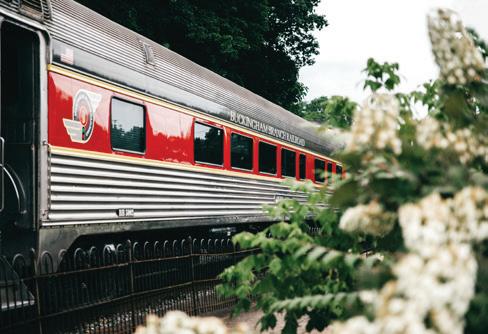
The gleaming stainless steel Budd train cars, icons of mid-20th-century American rail travel, debuted in the 1930s. Manufactured by the Budd Company, these streamlined cars, with their fluted exteriors and polished surfaces, became the standard for passenger trains nationwide. Major railroads like Santa Fe and Pennsylvania Railroad embraced these Budd “silverliners” for their durable and efficient design.
Virginia Historic Railways has also embraced the Budd train cars. Its two passenger cars—the Arvonia and the Augusta—are fully modernized, climatecontrolled cars originally built in the late 1940s by the Budd Company. The railway is expanding its capacity by refurbishing three more Budd passenger cars at Buckingham Branch Railroad's headquarters in Dillwyn. There are also plans to further expand the railway’s offerings, including adding coach cars to provide a more affordable ticket option, exploring new route possibilities, and developing dedicated boarding and parking facilities to enhance the passenger experience.
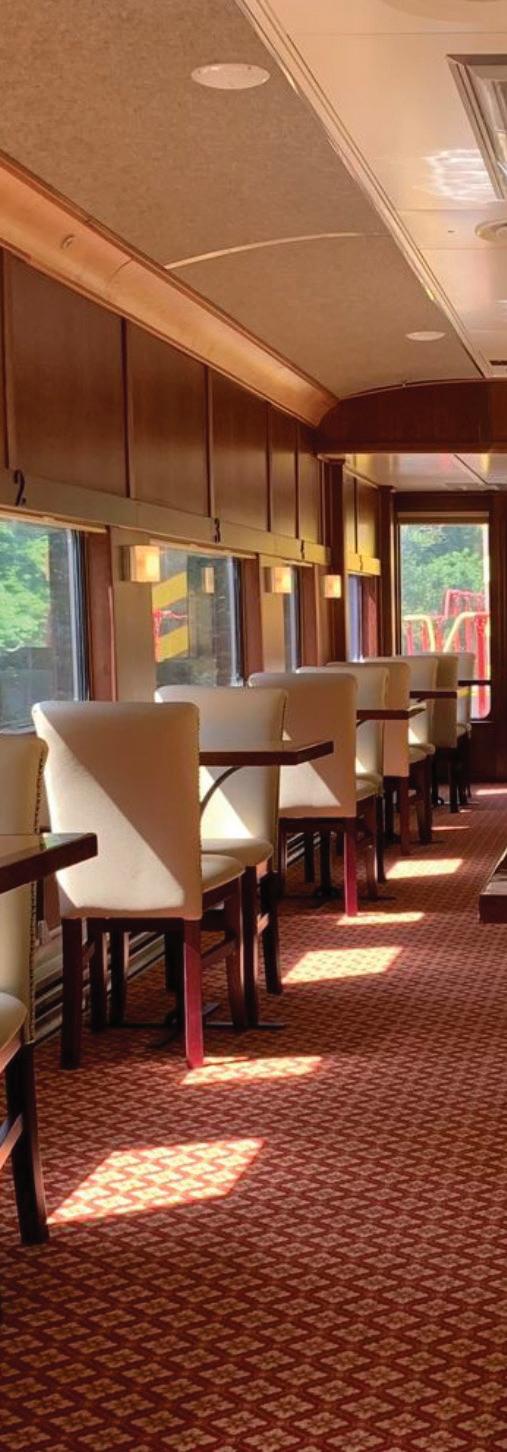
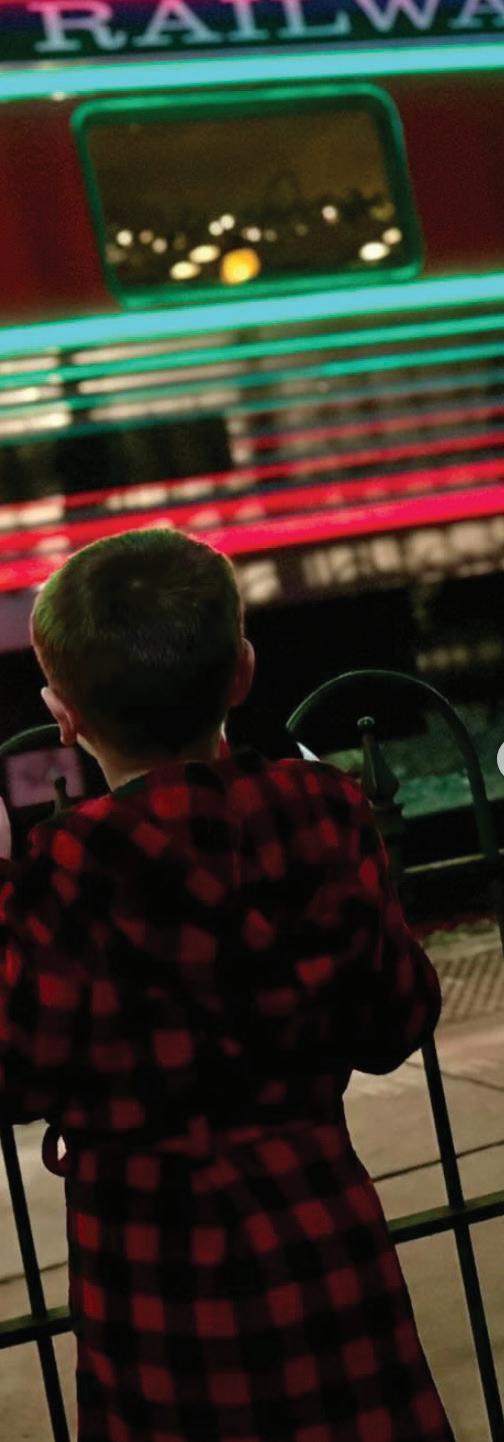
During the holiday season, Santa Claus takes over the Virginia Scenic Railway. Festive holiday rides begin on November 25 and run through December 22 on every day of the week except Monday. Adorned with festive decorations and filled with holiday cheer, this seasonal ride serves up a cozy hot beverage, a sweet treat, and of course, a special appearance from Santa himself. Children and families can visit with St. Nick, and parents are welcome to capture the moment with their own cameras during the 50-minute train ride.
ALL RIDES REQUIRE RESERVATIONS. For more information and online booking, visit virginiascenicrailway.com.
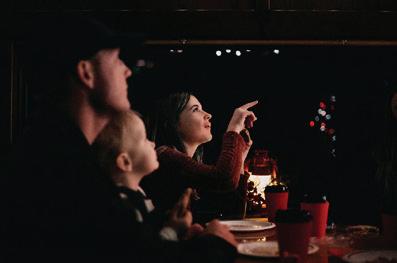

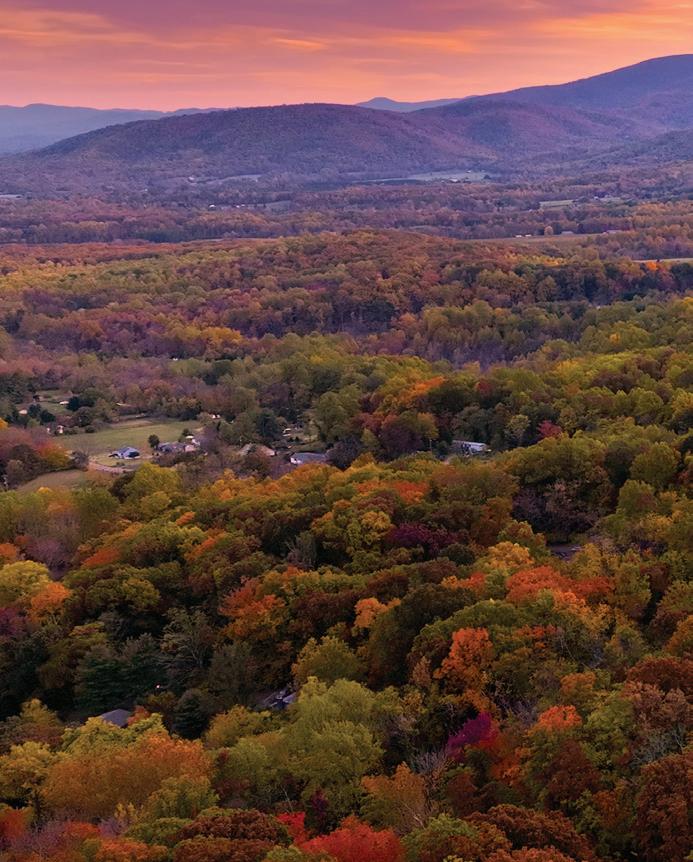
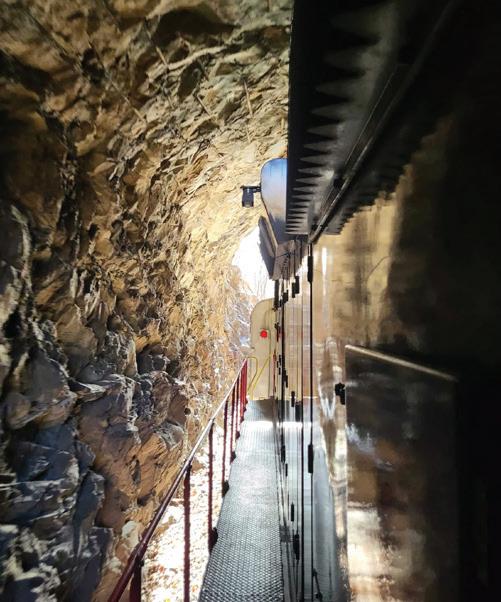
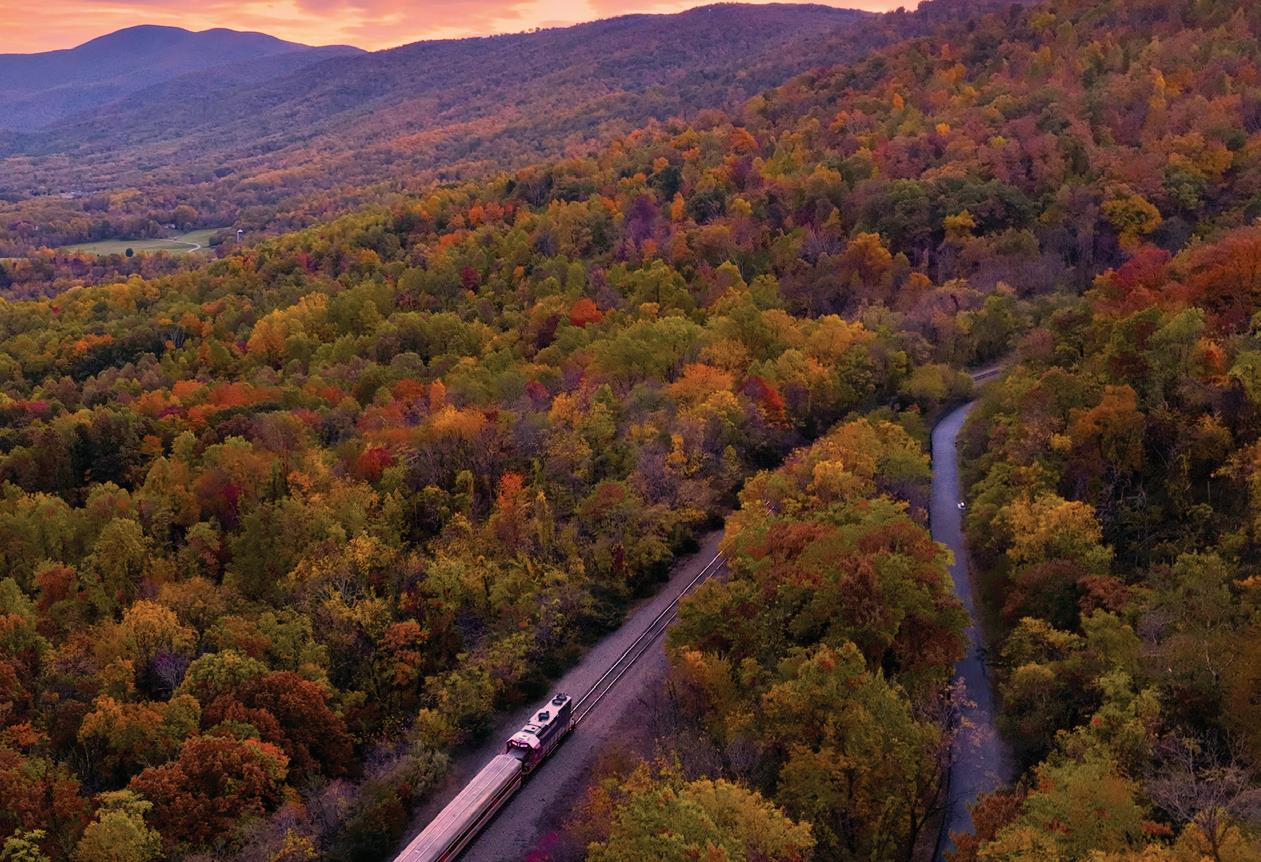
The Blue Ridge Flyer heads eastward, where passengers can see the communities of Staunton, Fishersville, and Waynesboro from the railway. From there, anticipation builds as the train ascends roughly 1,000 feet up to the entrance of the Blue Ridge Tunnel. Passengers experience the thrill of traveling through a tunnel carved out of rock hundreds of feet below the mountaintop above. This tunnel replaced the original tunnel in 1948, located just a stone’s throw away (see related story, page 44 ).
From Afton, memorable views await around every rock-cut bend. The train turns around in Ivy for the return journey and makes a second pass through the darkness of the Blue Ridge Tunnel.
This three-hour round trip includes dinner and departs at 3:30 pm every Thursday, Friday, Saturday, and Sunday.
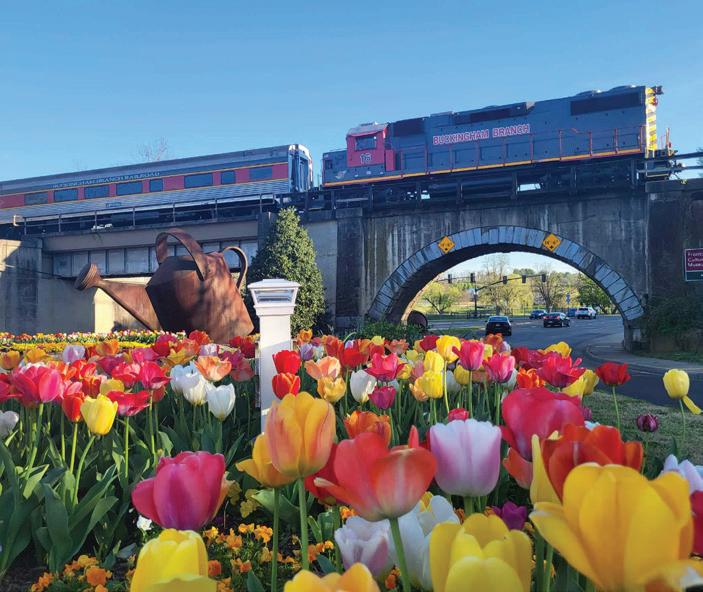
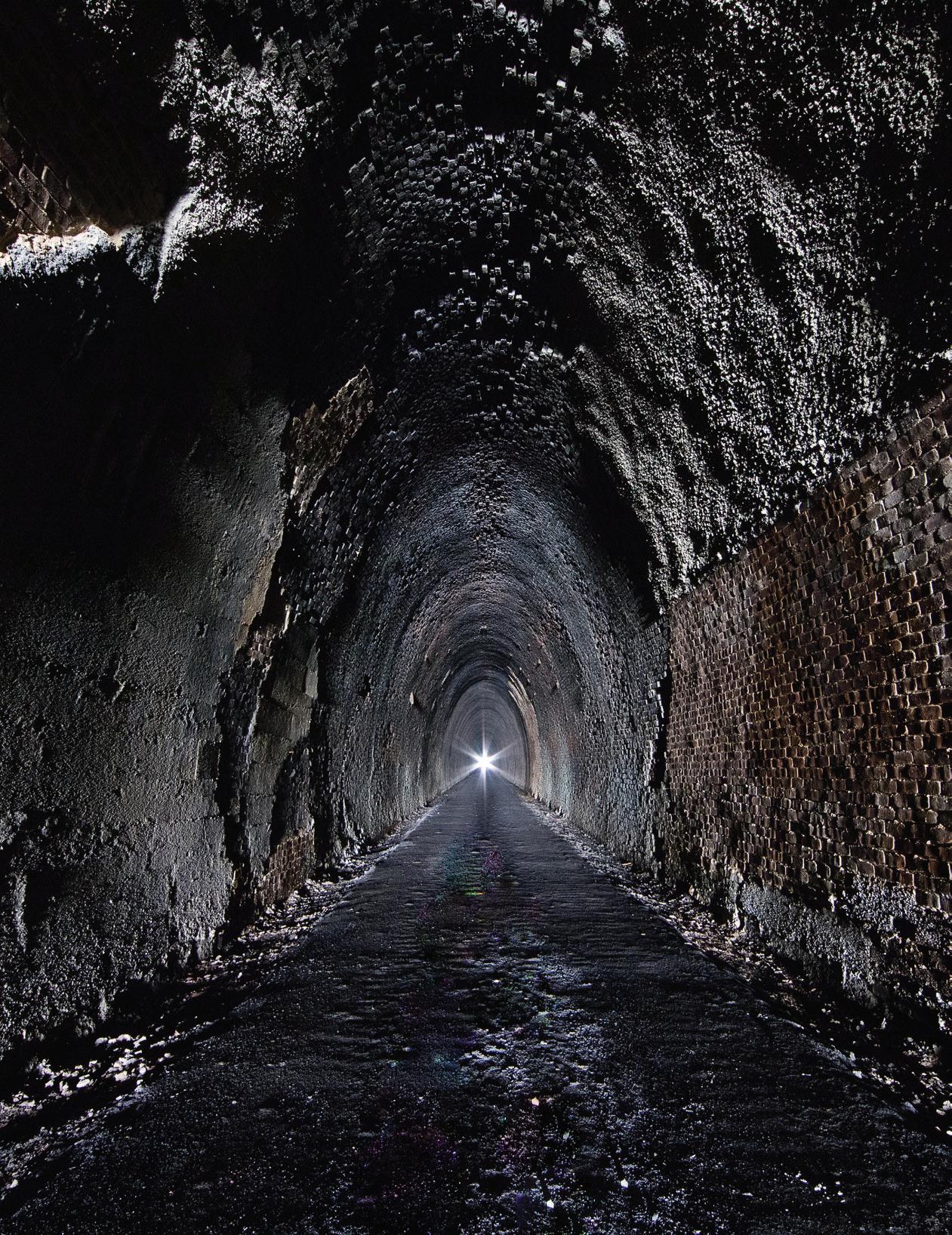
A family of four emerged from the Blue Ridge Tunnel on a recent sunny afternoon, blinking in the sun. They stowed their headlamps and stepped to the side of the tunnel’s yawning entrance to drink water and allow others to pass. Behind them is a mile of darkness, a 4,237-foot train tunnel blasted through the Blue Ridge Mountains more than 170 years before, stretching back toward a dot of sunlight at the Shenandoah Valley entrance.
At its opening in 1858, the Blue Ridge Tunnel was an engineering marvel—the longest mountain tunnel in the world—and a vital western link for the Old Dominion. Today, it’s part of a thriving public trail beneath Rockfish Gap, some 500 feet under Skyline
Drive and the Appalachian Trail near the southern entrance to Shenandoah National Park. But though the tunnel itself is as straight and true as it ever was—16 feet wide and 20 feet high—the tale of its creation and transformation is a winding one, stretching across three centuries.
It starts with a determined and irascible French military engineer in Virginia and twists across political feuds, labor strikes, a deadly epidemic, an engineering triumph, war, a century of hard commercial use, then abandonment and obscurity. Its modern resurrection as a public trail is as unlikely, in a way, as its creation.
In the decades between the Revolutionary War and the Civil War, Virginia’s status as the most prominent of the former colonies was waning. Rapid westward development meant several competing rail projects aimed to link eastern economies with western resources in the Ohio River Valley. But Virginia had a series of mountain-sized obstacles, first the gentle Blue Ridge, then the Alleghenies. By the end of the 1840s, the Virginia Legislature appointed an engineer named Claudius Crozet to build a tunnel through the Blue Ridge at Rockfish Gap so trains could head west.
Born in France and a veteran of Napoleon’s wars, Crozet was no stranger to Virginia. He’d come to the United States to teach at West Point and would eventually serve as one of the founding board members of the Virginia Military Institute. Described by some peers as irritable and lacking patience for politics, Crozet was nonetheless regarded as a gifted engineer, according to a 1989 biography by Robert F. Hunter and Edwin L. Dooley, Jr., of VMI. Fresh from a position in New Orleans, where he’d tried and failed to solve the city’s drainage issues, Crozet was back in Virginia by 1850, ready to make a hole through a mountain.
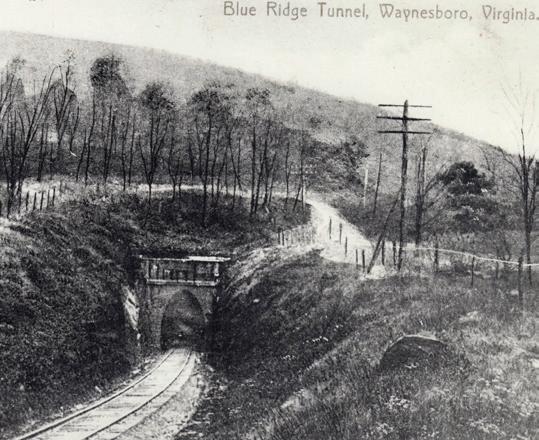
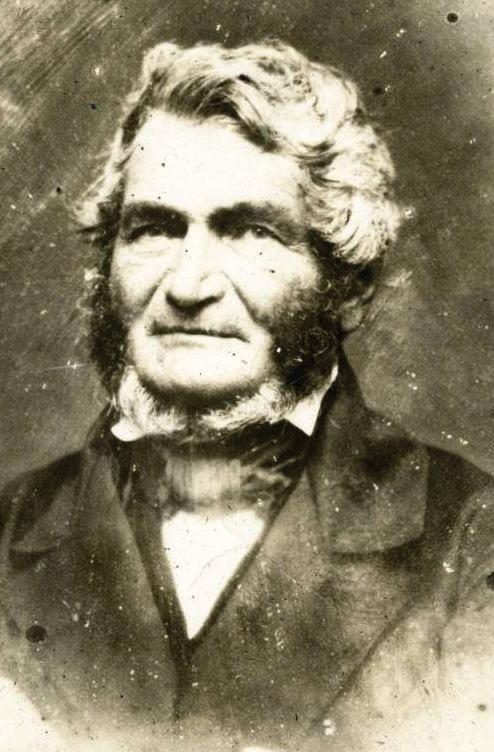
The name of Fardowners Restaurant in Crozet pays homage to the moniker given to the Irish immigrants who labored deep in the mountains to construct train tunnels for the Blue Ridge Railway Company.
At the same time, a famine eventually known as the “Great Hunger” was driving millions of Irish toward American shores in search of work, including many trained miners. In her book, The Blue Ridge Tunnel, A Remarkable Engineering Feat in Antebellum Virginia, Charlottesville-based author Mary E. Lyons estimates that over 3,000 workers—mostly Irish from County Cork, but including family members, camp followers, and enslaved laborers—would work on the Blue Ridge Railway over the next decade. The railway project included several tunnels, but the largest was the Blue Ridge, connecting Waynesboro and the eastern side of the mountain.
Crews would use hand drills to bore holes in rock; the marks are still clear on the tunnel walls. Then a “blaster” would pack the hole with gunpowder and light a long fuse. After the explosion, crews—including children—would remove the rubble. On a good day, they’d make about a foot of progress. The boys earned 50 cents per day, the men about a dollar. Labor disputes began almost immediately, with workers going on strike when they heard rumors of higher pay for work on rail lines in Ohio. Crozet would eventually turn to local slave owners for additional work, paying the slavers with state money for the work of the enslaved.
In her book, Lyons catalogs much about the lives of the laborers on the mountain, as well as the deadly cholera epidemic that swept the Irish mountainside camps in the summer of 1854, killing 17 in just a few weeks. Amidst this, Crozet also had to solve the engineering challenge of creating what was then the longest mountain tunnel ever constructed. To add to the complexity, he’d started separate work crews on either side of the mountain, drilling toward each other with the hope of meeting in the middle. They relied on dead reckoning and calculation.
Dooley, one of the VMI-based authors of the 1989 book on Crozet, says he’s gratified that modern engineers appreciate how difficult it was. “The achievement reflects his dedication to his adopted state as well as his contributions to the new engineering profession of his day,” Dooley says.

In tunnel lore, there’s an oft-repeated story that the workers from the east and west side broke through on Christmas in 1856. In truth, records indicate it was a few days later, December 29. Regardless, it would be almost two years before a train ran through it. By then, Crozet was already in Washington, D.C., working on his next project. True to form, he was also a little salty about the experience, mostly toward his political enemies. “To do everything for the best interest of others and be rewarded and treated thus!” he wrote to a friend.
The tunnel opened just in time for the outbreak of the Civil War in 1861. Stonewall Jackson used it to move Confederate troops from the Shenandoah Valley in 1862, and Union General Philip Sheridan captured the tunnel in 1865. And for most of the next century, it was used as intended, moving people and goods.
After World War II, the need for a larger tunnel caused the railroad to decommission the original. For the next 70 years it would sit abandoned, despite a short-lived effort to use its interior for gas storage in the 1950s. Local explorers would occasionally pass through, carefully navigating a concrete barrier in the middle. Then, around the turn of the millennium, a new idea started to take hold.
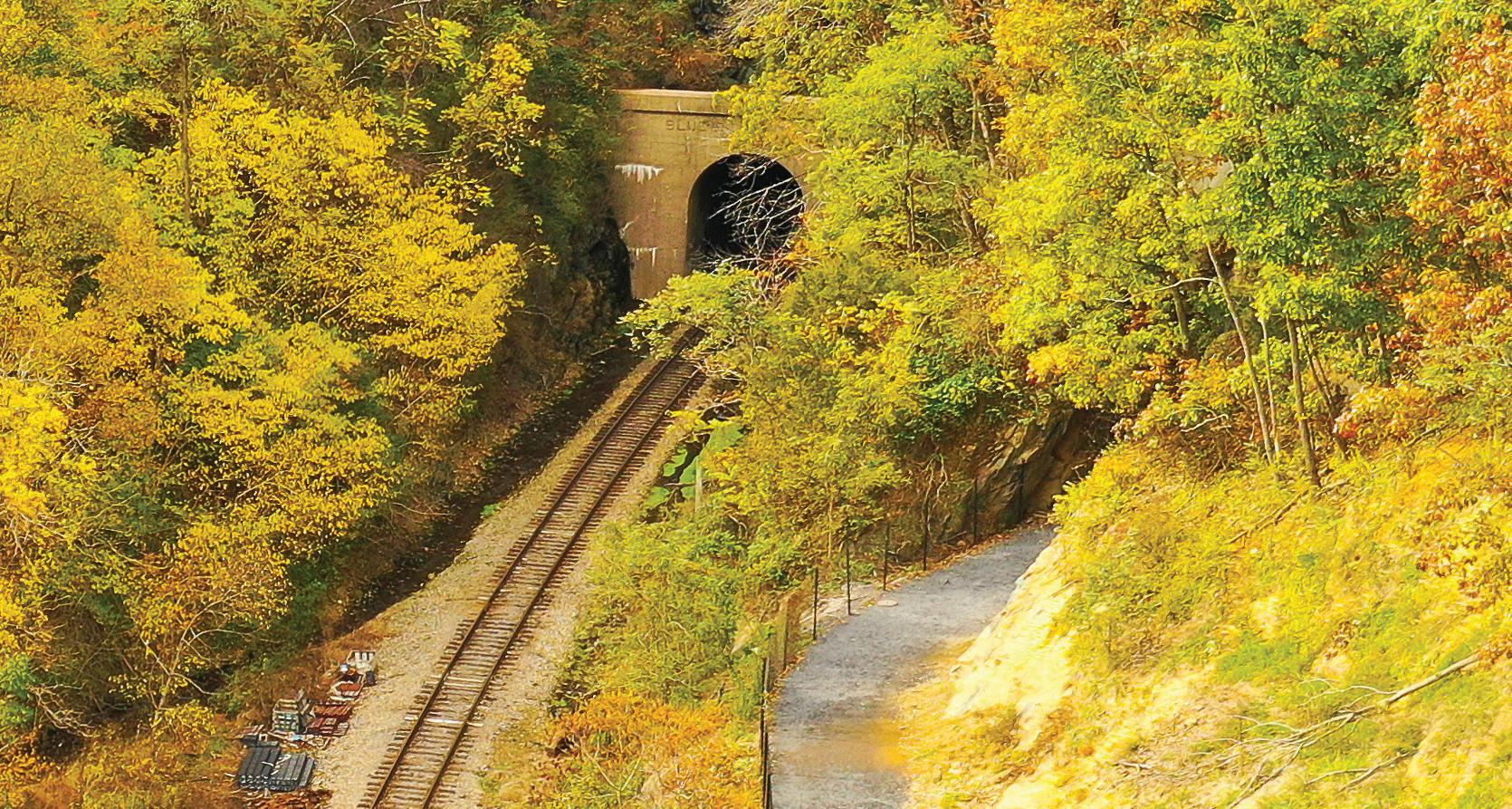
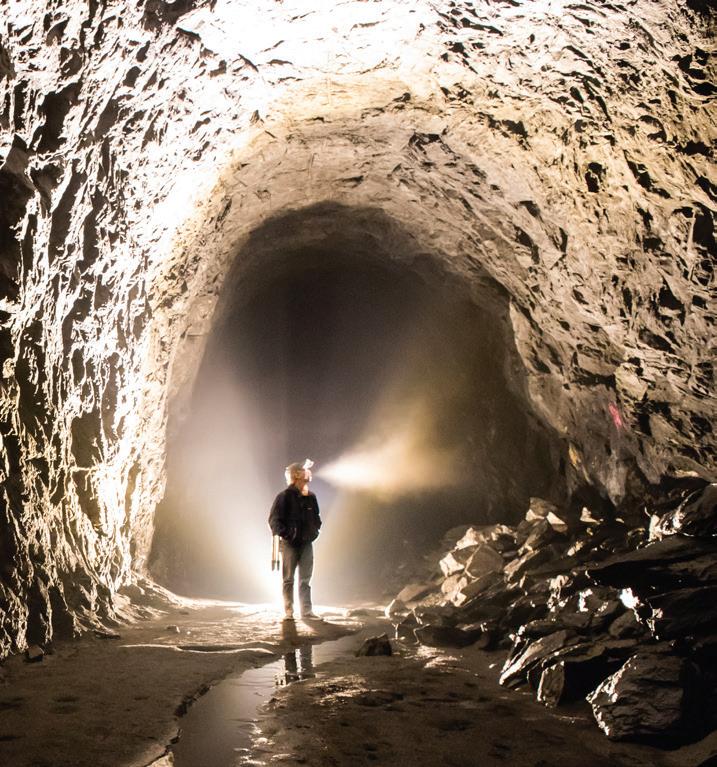
Maureen Kelley, the economic development and tourism director for Nelson County, credits the original idea for the tunnel’s reopening as a public trail to former county administrator Stephen Carter. Like everything with the tunnel, it took a lot of effort, Kelley says. “It was 20 years of my life, and I’m not kidding,” she says.
For Nelson County, the renovation required several big efforts, including obtaining the tunnel property from CSX, the railway company that still owned it, and redrawing a border with Augusta County so both ends of the tunnel could be in Nelson County, qualifying it for federal aid. The trail reopened to the public in the fall of 2020, supported by a nonprofit called the Claudius Crozet Blue Ridge Tunnel Foundation, and has already seen more than half a million visitors.
Now, after about 70 years of silence, the tunnel echoes again with the sounds of life.
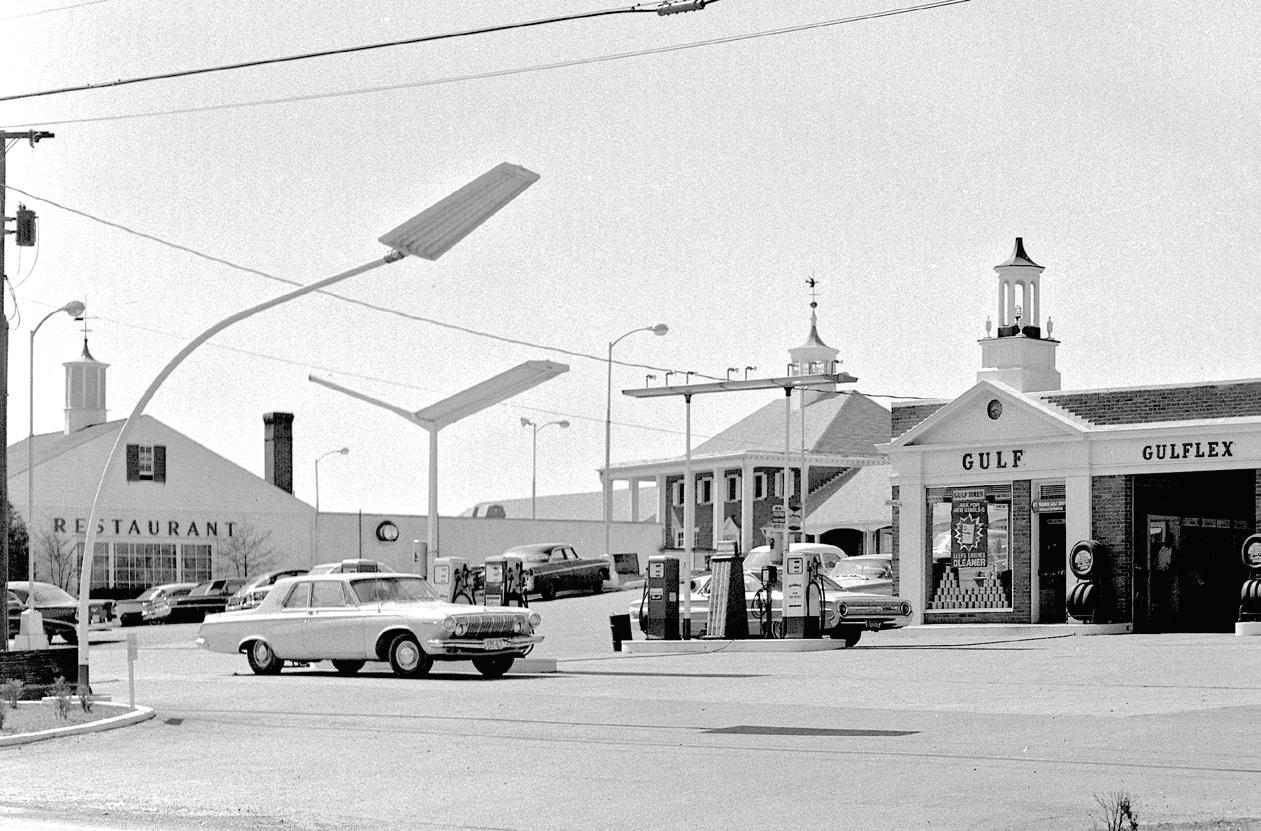
In the early part of the 20th century, automobiles were becoming increasingly common on roads across the country—in 1913, the United States produced about 485,000 of the world’s 606,000 cars. That same year, the first drive-in service station opened in Pennsylvania, ushering in the proliferation of businesses that offered gasoline, free air, water, crankcase and tire service, and road maps. Until then, motorists had bought their own gas cans and filled them at curbside pumps.
It wouldn’t be long before service stations would begin pumping gas around Central Virginia. By 1922, Albemarle County was home to more than 1,800 cars and 363 trucks, which translated to about one
vehicle for every 17 people in the county. Although Charlottesville’s in-town speed limit was a modest 8 miles an hour and 20 miles an hour outside of city limits, many still grumbled about the noise and safety concerns introduced by the relatively new technology.
By the 1950s and ’60s, U.S. car culture was in full swing, and service stations were ubiquitous, both around the country and locally. Many of the gas stations of this era were photographed by Ed Roseberry, who captured decades of life around the region on film. Before his death in 2022 at the age of 97, Roseberry donated approximately 150,000 negatives and prints spanning from 1949 to 2013 to the University of Virginia Special Collections Library.
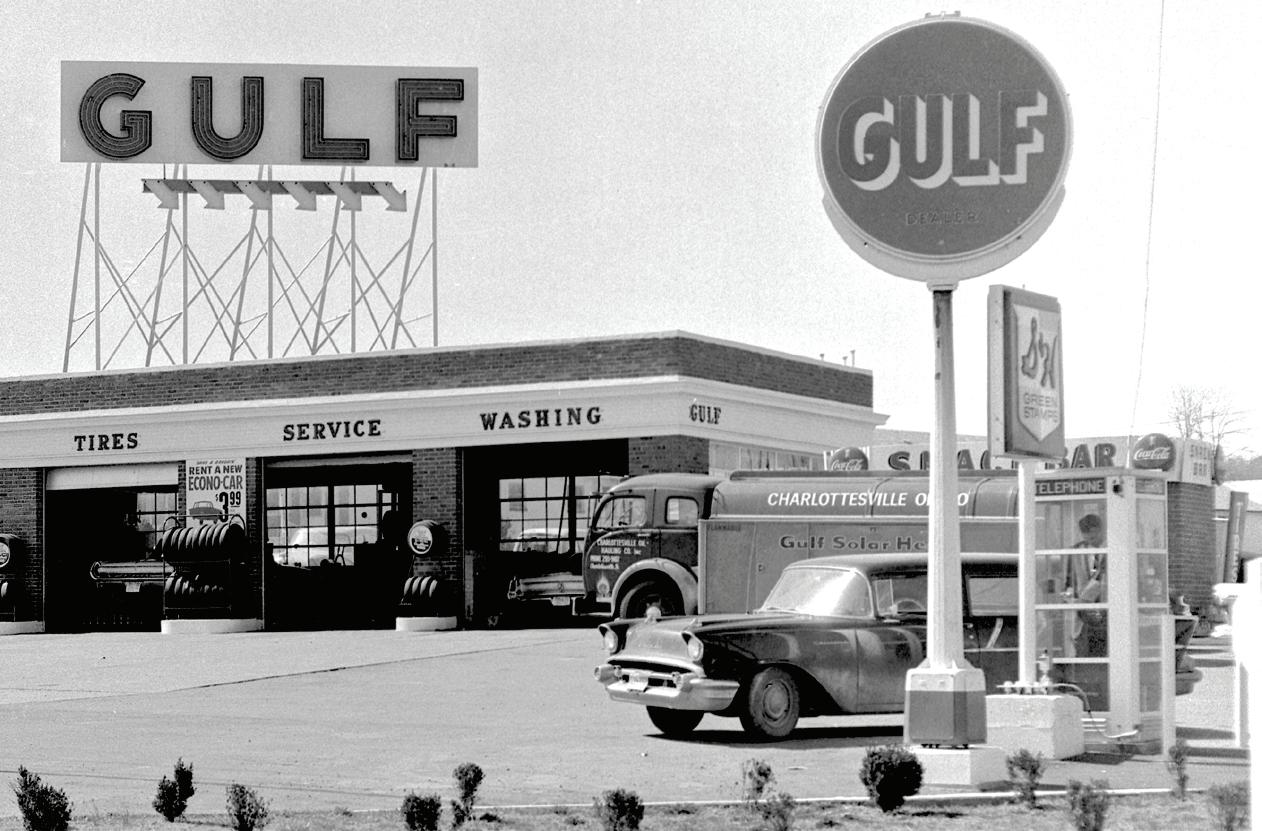
The Mount Vernon Service Station, located at the corner of Route 29 and Angus Road, was razed and replaced by a bank that now houses a Starbucks. In the background is the 65-room Mount Vernon Motel, which was built in 1959 and marketed itself as “Your Headquarters When in Charlottesville.” The restaurant on the left ended its run as Aunt Sarah’s Pancake House before it and the hotel were torn down to make room for the opening of Best Buy in November 2003.
In the mid-1950s, workers constructed a Safeway grocery store sign that would tower over West Main St. and the Shell station in the foreground. Instead of tune-ups with TCP, the old gas station now offers bubble tea and coffee as the home of Kung Fu Tea and Starbucks.
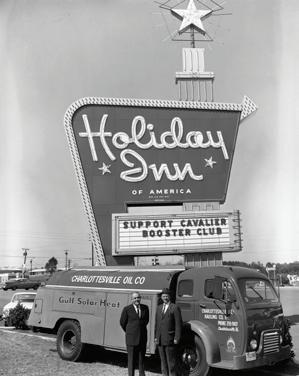
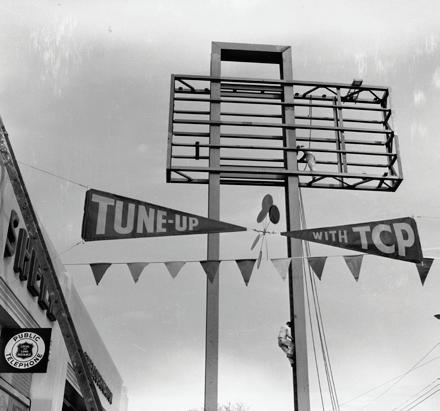
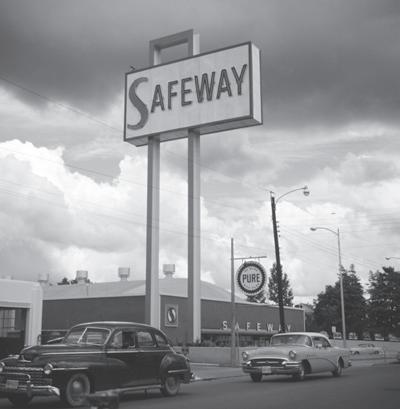
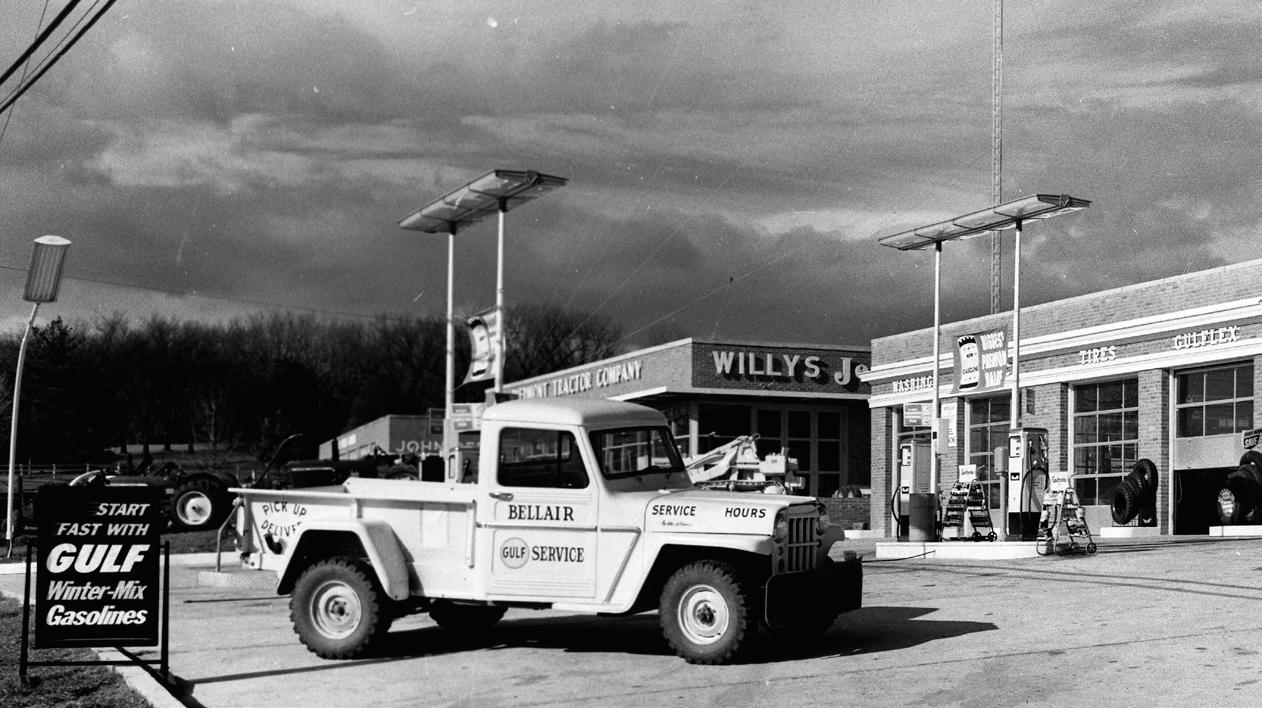
While the Bellair service station still bears a strong resemblance to the building pictured here, it’s now known more for its food than its gas. The Bellair Market started serving its selection of beloved sandwiches here in 1991, shortly after Tiger Fuel purchased the station. The vintage Willys Jeep pickup parked out front—one of more 200,000 manufactured by Willys-Overland Motors from 1947 to 1965—stands ready to assist customers.
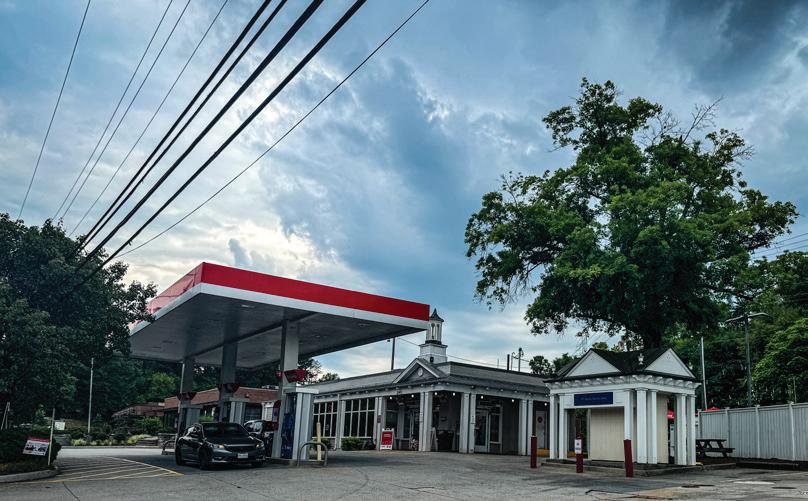
This photograph, (right) taken in March 1972, shows an American gas station, located in Downtown Charlottesville near the current location of the Lewis & Clark Square condominiums (built in 1990) and the U.S. Courthouse and Federal Building (built in 1982). The Russell Mooney Oldsmobile dealership building in the foreground—later RSC Equipment Rental—was torn down and was replaced by a Residence Inn that opened in 2016. In the background, a yet-to-be developed Pantops Mountain rises above the downtown skyline.
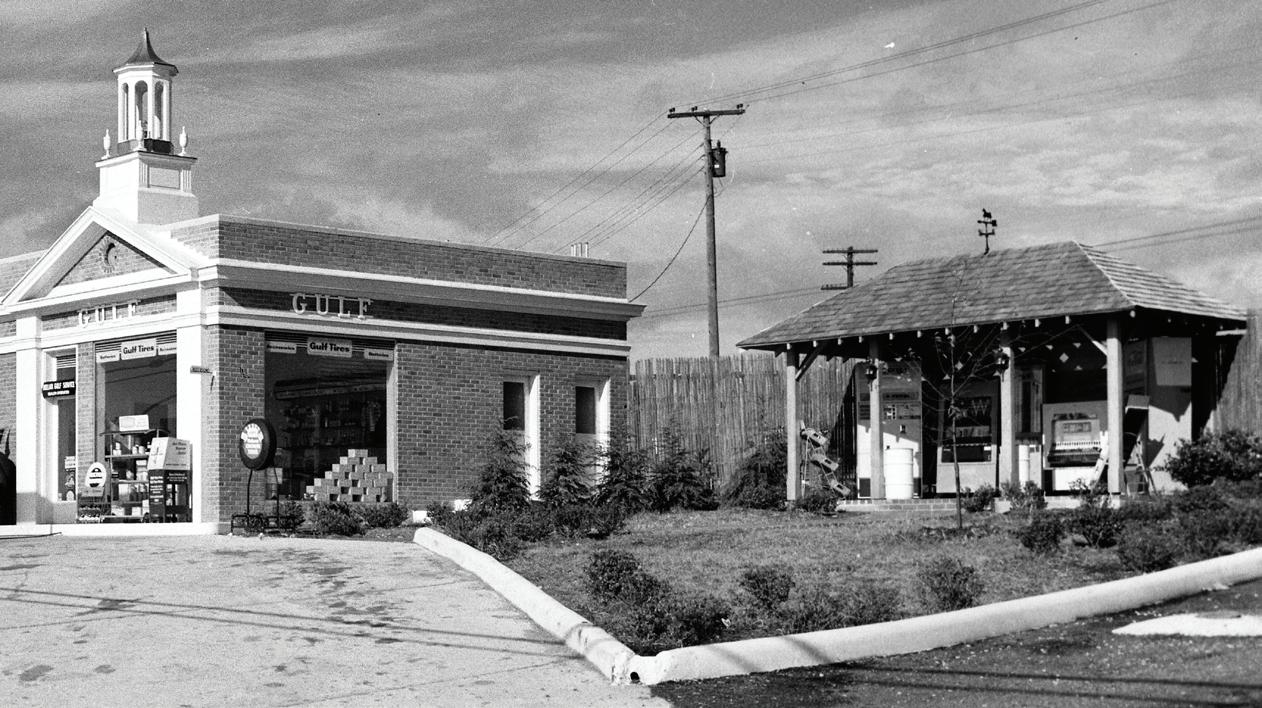
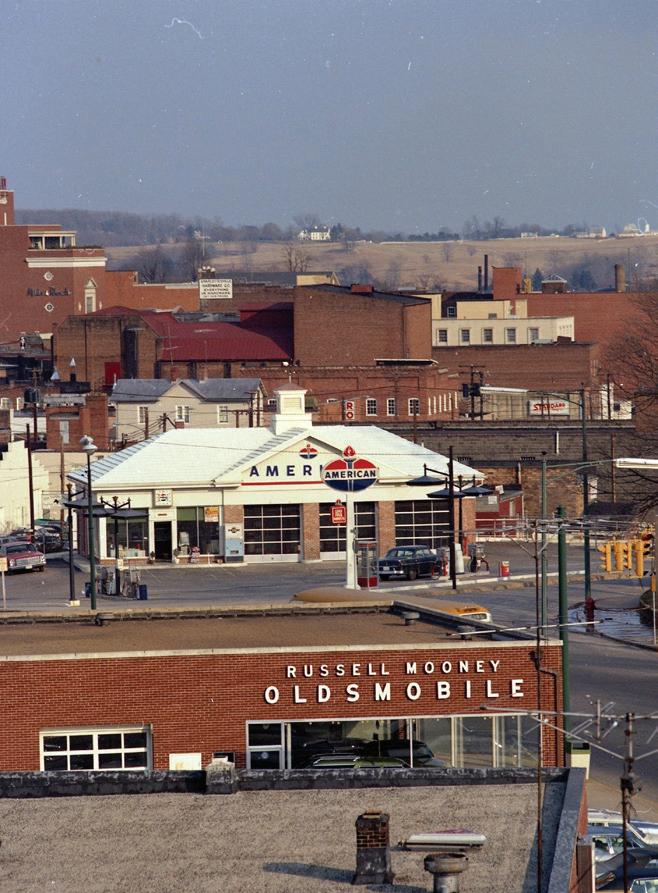
R.E Wright operated the Texaco station that once stood in front of Barracks Road Shopping Center, which opened in 1959. The old Rose’s department store is just visible in the background. Later operated as a Shell station, it was torn down about ten years ago to make room for shops and restaurants. Currently, Ralph Sampson’s American Tap Room, Smoothie King, and AT&T are in the new building.
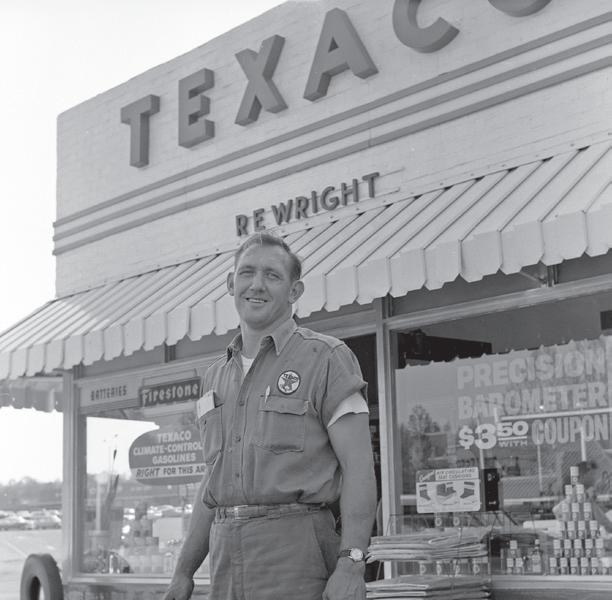
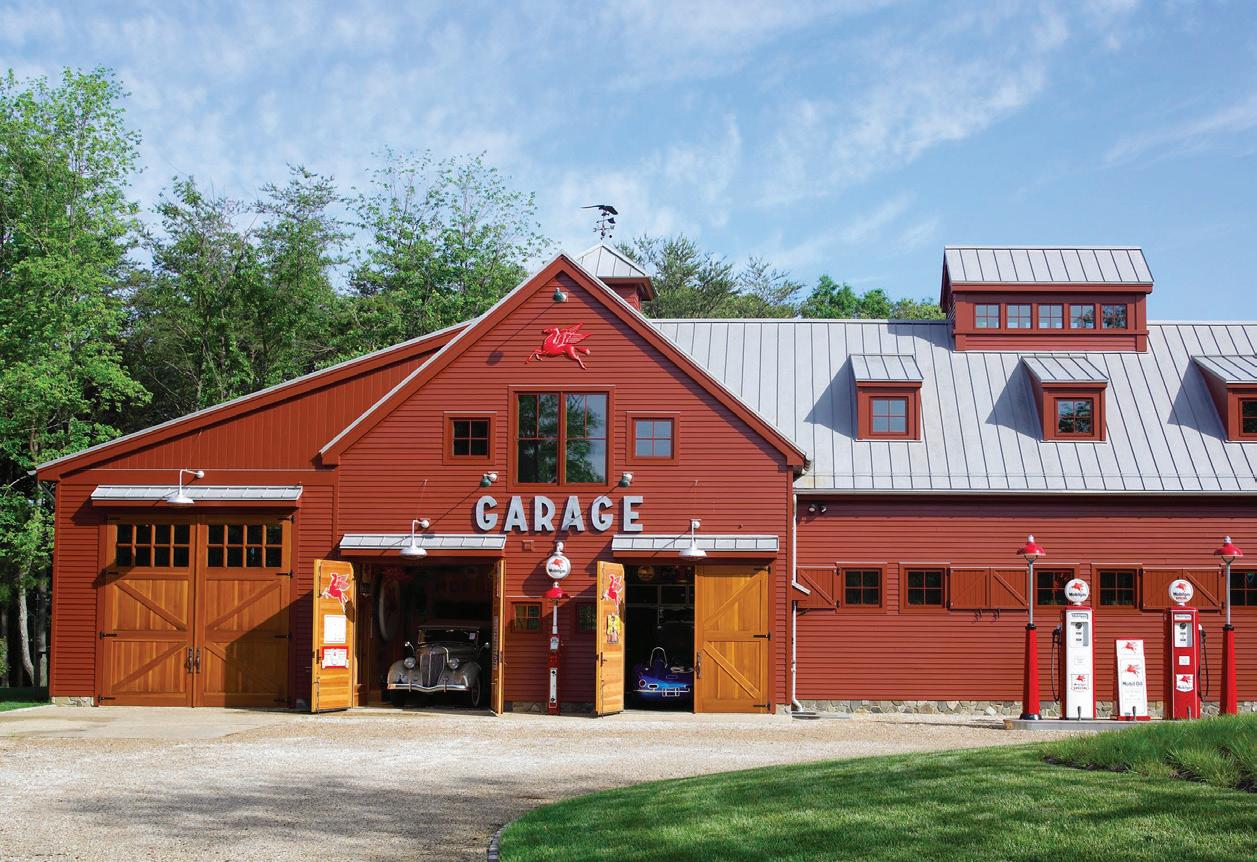


By Catherine Purple Cherry, AIA, LEED-AP, Founder and Principal of Purple Cherry Architects

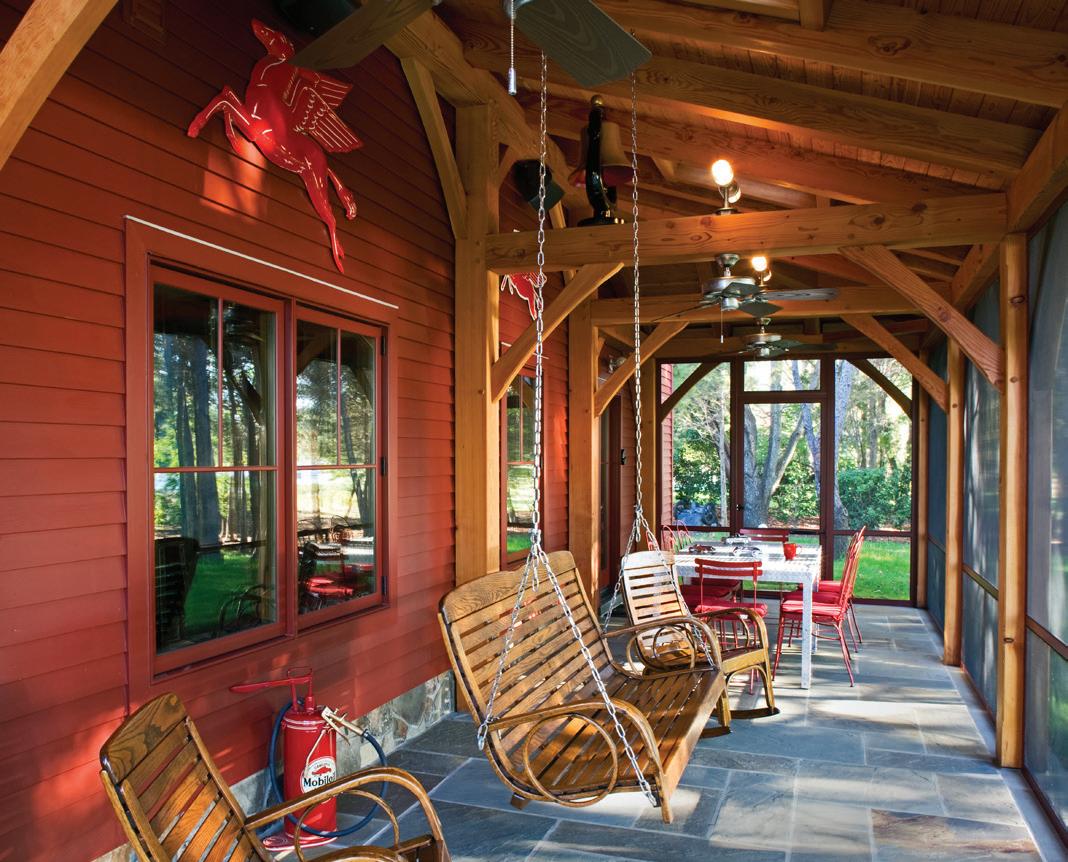
For car enthusiasts, owning collector or high-performance cars isn’t just about driving them—it’s about admiring them, showing them off, and working on them. That’s where custom automobile barns and garages come into play. These aren’t your average car shelters; they’re tailored sanctuaries designed to showcase these impressive automobiles, to allow for multiple car storage, to lift them up for tinkering, and to showcase them for friends to admire.
Designing a custom structure for collector cars should balance functionality with the owner’s personal style. During the design process, architects and designers work closely with clients to understand their collection’s practical needs, including the number and size of vehicles, whether there should be additional space to work on cars, and their additional entertaining goals for the structure. Material selection and lighting play an important role, as well—hand-poured resin flooring can be finished in any color and protects tires while also repelling dirt and oil, and recessed lighting within the floor system can highlight cars in a completely new way.
When clients desire a custom structure for collectible cars, they usually still want the traditional utilitarian garage for mom’s vehicle and kids’ equipment. The ultimate garage often doubles as a mancave offering other experiences like movie rooms, smoking rooms, golf simulators, and arcades. These entertaining spaces can take shape anywhere from a comfortable soft seating area adjacent to the collection, to a covered outdoor patio, to having the garage connected to a party room via floor-to-ceiling glass, creating an almost gallery-like space. These buildings can also be freestanding architectural gems or integrated into the main house design.
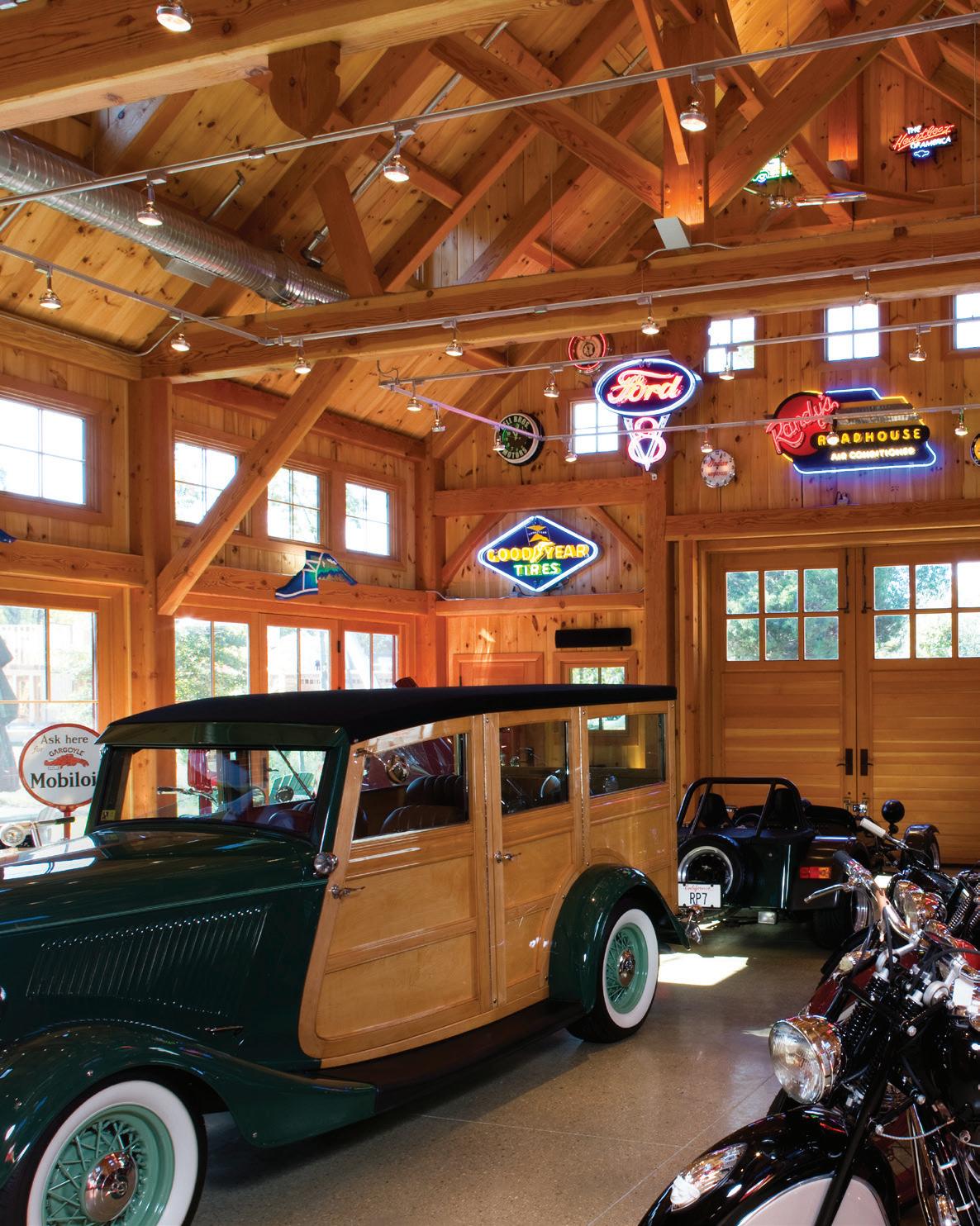
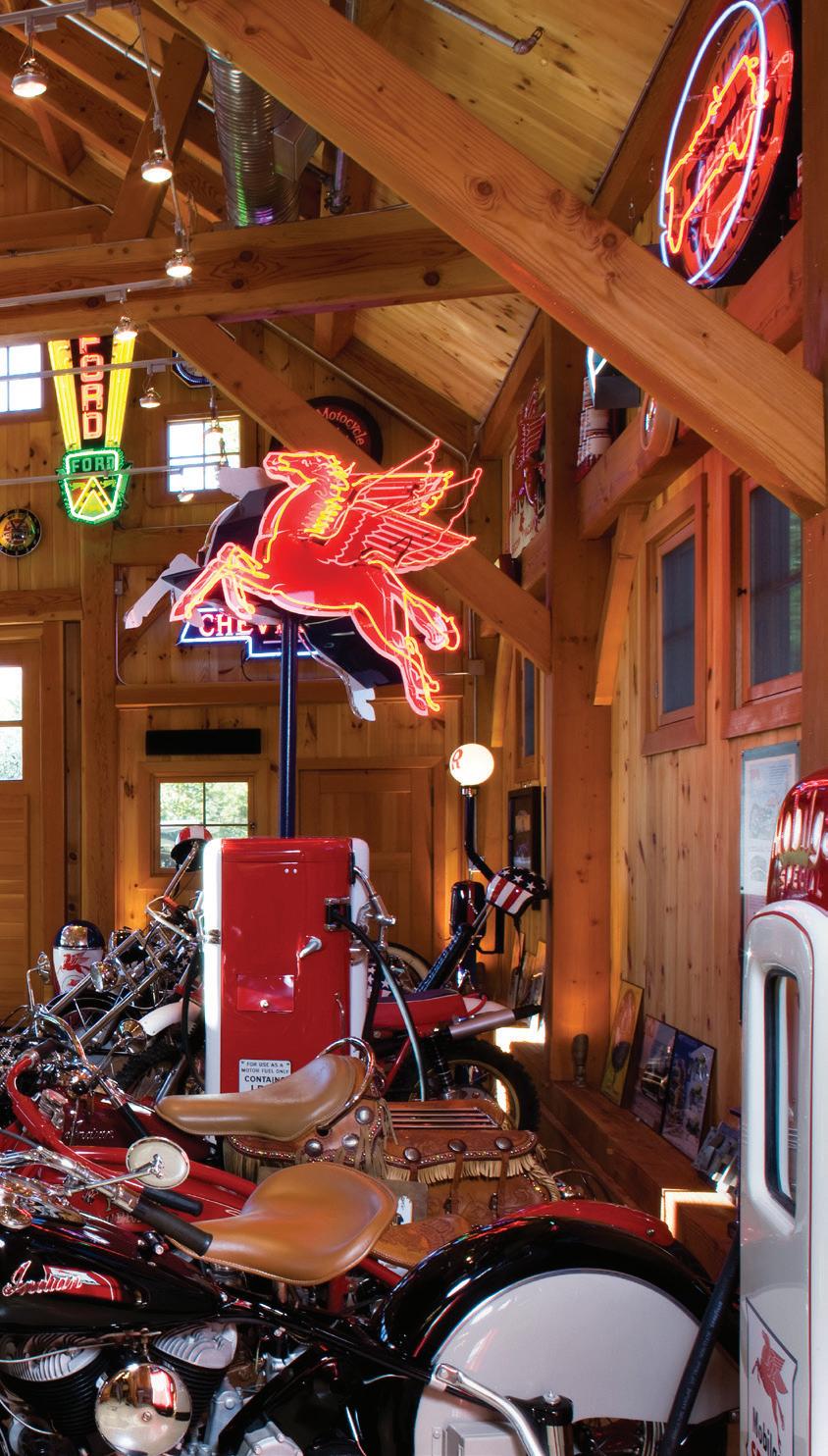
What makes custom automobile barns truly special are the personal touches and the construction style. Custom signage can feature the owner’s name, favorite car brands, or personalized logos. Themed antiques such as vintage gas pumps, old license plates, and classic car advertisements reinforce the collectible car passion. Timberframed detailing can enrich the interest of the space. We often supplement a client’s personal collection with more modern pieces or sleek garage doors for a successful mix of old and new.
Modern technology isn’t just for the cars themselves—it’s for their garages too. Climate control systems keep everything at the perfect temperature, so the '67 Chevy stays as cool as it looks. And security? It can be topnotch, with cameras, alarms, and even fingerprint scanners to keep the prized possessions safe and secure. Entertainment technology can come into play as well—think race car simulators complete with VR headsets.
At the end of the day, these custom automobile barns and garages aren’t just buildings—they’re tributes to automotive and architectural craftsmanship as well as the owner’s true passion for both. They’re where passion meets practicality, where collector cars are preserved and celebrated for future generations to enjoy. So, whether you’re restoring a vintage Corvette or showcasing a pristine Aston Martin, a custom garage is more than just a shelter—it’s a sanctuary for automotive dreams.
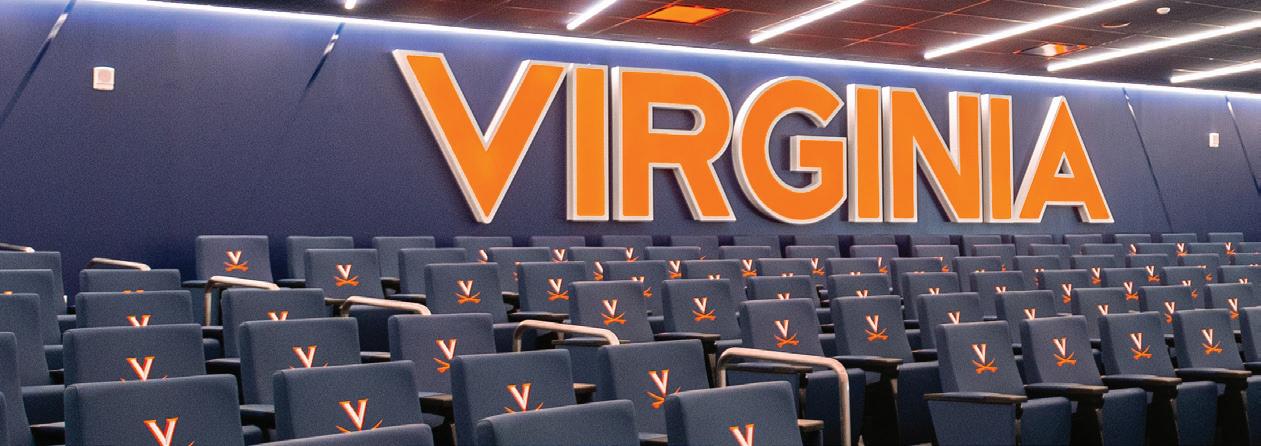
When the University of Virginia football program moved into the 15,000 square-foot McCue Center in 1991, the building was considered one of the finest facilities in the ACC. However, over the years, the center could no longer meet the program’s expanding needs and the aging facility had become a liability in recruiting.
Recognizing the necessity for a new home for UVA football, the Board of Visitors approved a master plan in September 2018 to transform the athletics precinct on North Grounds. After years of anticipation, the $80 million,
93,000-square-foot Molly and Robert Hardie Football Operations Center was officially opened in June 2024. The facility, named for UVA’s rector and his wife, stands adjacent to the George Welsh Indoor Practice Facility and the team’s two practice fields.
Tony Elliott, who became the head football coach in December 2021, was able to add his input to the center’s design. “I wanted the building to be timeless,” says Elliott. “I wanted to capture all different eras, to be contemporary enough to show the flash and the glitz and
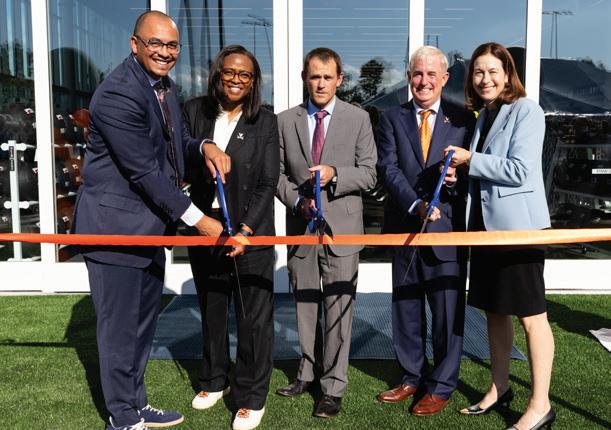
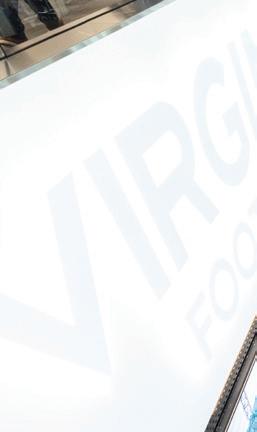
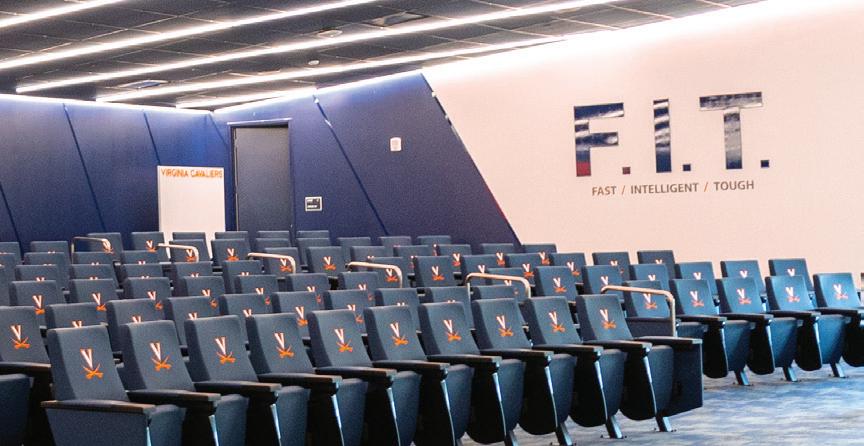
glamor as an area for certain recruits, but then also pay homage to all the guys that didn’t have an opportunity to walk through those doors today but laid the foundation for Virginia football.”
A spacious all-team meeting room includes 195 seats, an 8K projector, and a custom screen. Position meeting rooms feature tiered seating and nutrition stations.
The new center features state-of-the-art technology; spacious training, meeting, dining and players’ lounge areas; and advanced facilities for strength and conditioning, nutrition, and sports medicine.
As the football operations center opened its doors, attendees at the June 6 dedication ceremony also got a preview of the next step in the athletics master plan as the final steel beam was placed atop the Harrison Family Olympic Sports Center, scheduled to open in the summer of 2025.
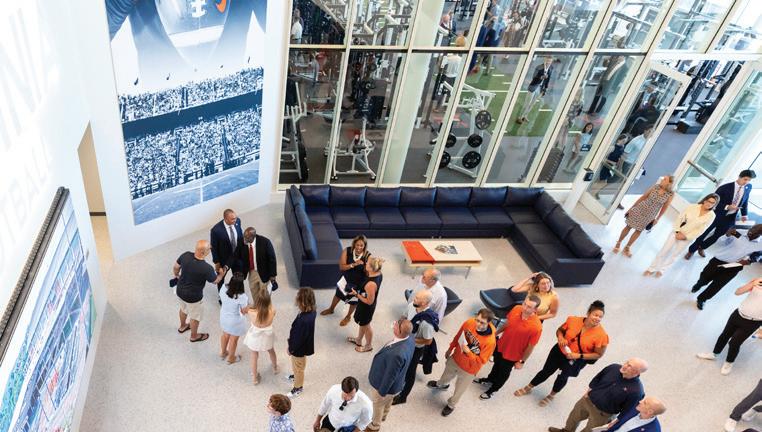
―Tony Elliott
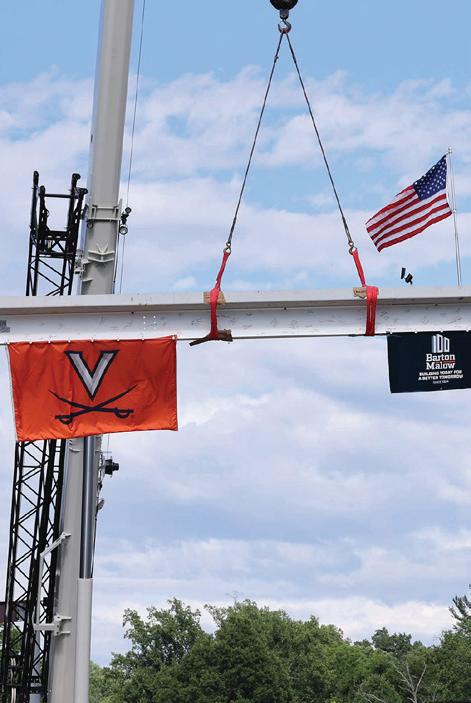
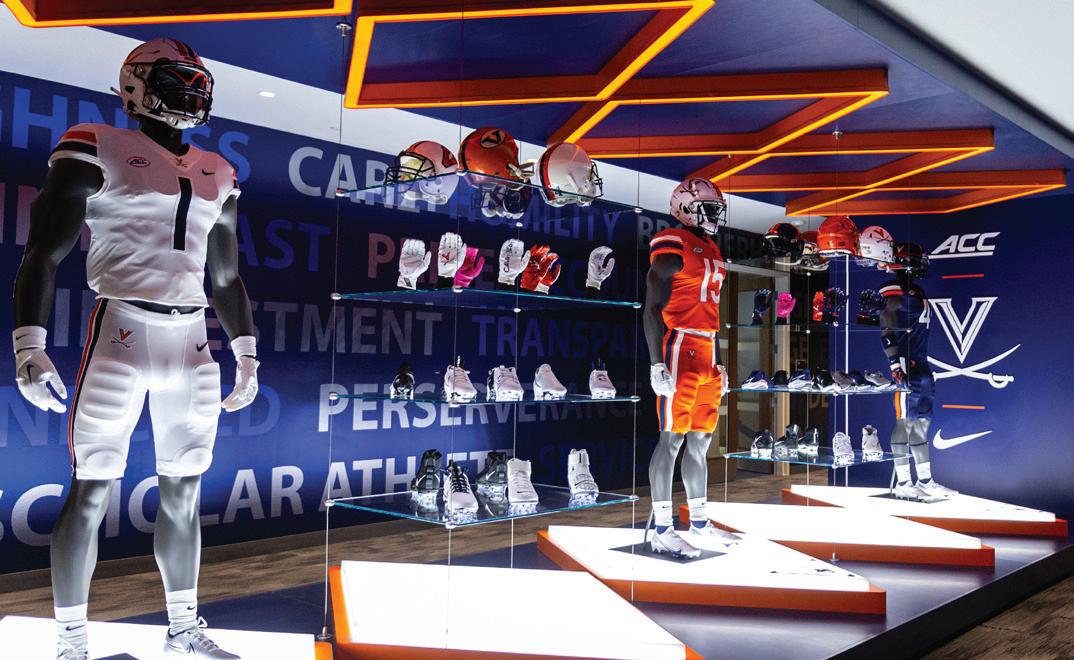
Stat Sheet
What it took to build the Molly and Robert Hardie Football Operations Center:
Remembering Fallen Teammates
The facility pays tribute to Lavel Davis Jr., Devin Chandler, and D’Sean Perry, who were tragically killed in November 2022. Their jerseys are prominently displayed on the first floor.
Cubic Yards of Concrete
5,175 Tons of Steel
750 Square Feet of Brick
19,000 Square Feet of Carpet
1,986 Miles of Cable 5.76
42,544 Gallons of Paint
Source: Virginia Athletics Foundation
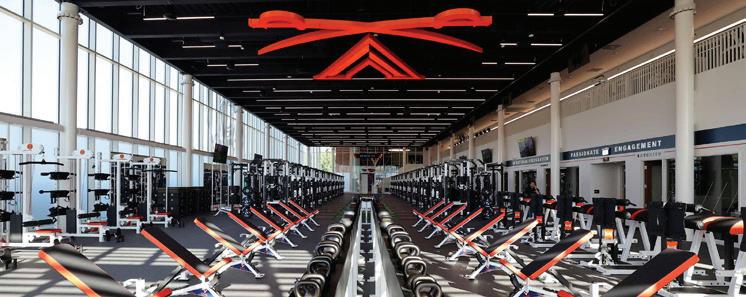
Weight Room
One of the East Coast’s largest such facilities, the 14,000-square-foot weight room has more than 150,000 pounds of weight-lifting equipment—the equivalent of about nine Asian elephants.
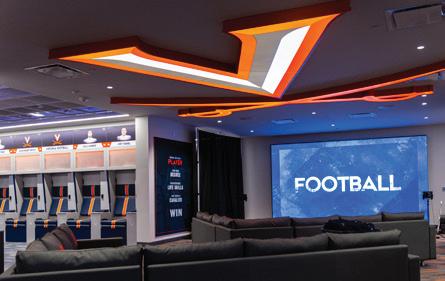
Locker Room
The spacious locker room incudes 136 custom, fully ventilated players’ lockers and an LED wall.
by Myles Mellor
Keep in touch with Albemarle magazine and our loyal advertisers via Instagram, Facebook, and by visiting albemarlemagazine.com
CROSSWORD PUZZLES ONLINE
Sponsored by Cardinal Home Center albemarlemagazine.com/crossword
Albemarle magazine frequently features ideas for buying, building, renovating, repurposing and redecorating the indoor and outdoor spaces that define our lives, and the resources to bring those ideas to fruition.
CARDINAL HOME CENTER HAS YOU COVERED.
ACROSS
Learn more about the services, premium brands, and products Cardinal Home Center offers at their stores in Madison, Charlottesville, and Crozet. Their dedicated staff provides expert advice for your next project, helping you pick out the right paint, hardware, lumber, cabinets, and more. The expansive showrooms also offer an array of electrical, plumbing, tools, and more for homeowners, DIYers, or contractors alike. cardinalhomecenter.com DOWN
FIRST HOME, SECOND HOME, VACATION HOME, RELOCATING, DOWNSIZING, NEW BUSINESS, OR BUSINESS EXPANSION?
Albemarle magazine invites you to meet our Who's Who of Realtors®, an exclusive listing of CAAR members on our website (albemarlemagazine.com/whos-who) dedicated to connecting potential buyers and sellers and building relationships in our community.
1 Red bird that’s a symbol for the expert local home center for all your home improvement needs
5 Detailed outline of a project 8 Exist 9 Goal
10 Charlottesville paint company offering durable paint for furniture, 2 words
12 Suffuse with color, say 13 Makes possible 15 Deli loaf 16 Expanded 19 Slight drop 21 Arts degree, abbr. 22 Quiet!
24 Finding colors that are a perfect combination for your interior decor 27 Highest point 29 Japanese sash 30 Time before 31 Arch shapes 33 Organized, 2 words 34 Tyrannosaurus ____ 35 Alien in a 1982 film 36 Flooring brand whose products are offered by Cardinal Home Center 37 Slender fastener
Protective layer to maintain residential and commercial surfaces
Brand of finishes offered by Cardinal Home Center that includes whitewashing and limewashing
Covered a wall with wood
Frames for doors or windows 10 Recently cut wood that has not dried yet
Lengths of lumber 14 The x in ‘2x4’ 17 Food stat., abbr. 18 Off-white color 20 Made ready 21 Baby’s food catcher 23 Own 24 Experts in color matching, Benjamin 25 Brand of composite decking offered by Cardinal Home Centers
26 Garden watering equipment
28 Type of wood naturally resistant to moisture and decay and insect damage 30 Finale
RIVANNA ROOTS CONCERT SERIES, PRESENTED BY THE FRONT PORCH AND RIVANNA RIVER COMPANY
434-806-7062 • frontporchcville.org
221 Water Street, Charlottesville
AUGUST 10: Gallatin Canyon with Americana Cheese Product
AUGUST 24: David Wax Museum with Deau Eyes
SEPTEMBER. 7: Bluegrass Destroyers with Rare Bird Alert
SEPTEMBER 21: The ‘77Z with Clara George & Annie Savage
THE FOUNDRY AT BASIC CITY BEER
540-943-1010 • thefoundrysound.com 1010 East Main Street, Waynesboro
AUGUST 8: Silas Frayser Band
AUGUST 9: Nirvani – A Nirvana Tribute Experience
AUGUT 10: Rockin’ for the Heart
AUGUST 15: The Frank White Experience – A Live Tribute to the Notorious B.I.G.
AUGUST 17: MILLYZ featuring DJ SIR RJ
AUGUST 29: Dry River Band
AUGUST 31: Dave Matthews Tribute Band
JOHN PAUL JONES ARENA
434-243-4960 • johnpauljonesarena.com
295 Massie Road, Charlottesville
SEPTEMBER 21: P.B.R. Challenger Series
SEPTEMBER 26: Blippi: Join the Band Tour
An acclaimed artist, singer, songwriter, and guitarist, Samantha Fish channels her unique self-expression through explosive riffs, visceral rhythms, and spine-tingling vocals. Her album Death Wish Blues, a collaboration with Jesse Dayton, was nominated for a 2024 Grammy for Best Contemporary Blues Album and topped the Billboard Blues Chart. Known for her fretwork and storytelling, Fish’s live shows are nothing short of exhilarating. “I fell in love with music from going to shows, and I know how cathartic it can be. It heals your heart,” Fish says. “Anytime I play live, I just want to make people forget about everything else in the world and feel that same joy that I feel on stage.”

THE PARAMOUNT THEATER
434-979-1333 • theparamount.net 215 East Main Street, Charlottesville
AUGUST 10: Robert Earl Keen
AUGUST 13: Cville Band: The Great American Songbook Meets Big Band Jazz
AUGUST 17: Lights Out: A Tribute to Frankie Valli and the Four Seasons
AUGUST 24: 24K Magic: Tribute to Bruno Mars
AUGUST 28 Let’s Sing Taylor — A Live Band Experience Celebrating Taylor Swift
SEPTEMBER 7: Becky Robinson: The She Gone Tour
SEPTEMBER 13: Light House Studio Presents: The 23rd Annual Youth Film Festival
SEPTEMBER 15: The Capitol Fools
AMERICAN SHAKESPEARE CENTER
877-682-4236 americanshakespearecenter.com 10 South Market Street, Staunton
JULY 18–NOV 23: Macbeth 2024
JULY 25–OCT. 20: The Importance of Being Earnest
SEPTEMBER 12–NOVEMBER 23: The Merry Wives of Windsor 2024
LIVE ARTS
434-977-4177 • livearts.org 123 East Water Street, Charlottesville
SEPTEMBER 27–OCTOBER 27: An Iliad
TING PAVILION
434-245-4910 • tingpavilion.com
700 E Main Street, Charlottesville
SEPTEMBER 4: Waxahatchee with Snail Mail and Tim Heidecker
SEPTEMBER 7: Charlottesville Pride Festival
SEPTEMBER 9: An Evening with Goose
WAYNE THEATRE, ROSS PERFORMING ARTS CENTER
540-943-9999 • waynetheatre.org 521 West Main Street, Waynesboro
AUGUST 9–11, 16–18: The SpongeBob Musical
AUGUST 23: Curtis Salgado
SEPTEMBER 6: Pure Prairie League
SEPTEMBER 12: Hotel California, The Original Eagles Tribute
SEPTEMBER 21: 14th Annual Chili Blues & Brews Festival
SEPTEMBER 26: Rancho Aparte
SEPTEMBER 27: Kristina Koller
SEPTEMBER 28: Marshall Charloff – The One-Man Tribute to Prince
THE JEFFERSON THEATER
800-594-TIXX• jeffersontheater.com 110 East Main Street, Charlottesville
AUGUST 9: “The Days Between” featuring Alligator with Andy Tichenor’s Almost Acoustic
AUGUST 17: Drew Pace with Sela
AUGUST 24: Rumours: The Ultimate Fleetwood Mac Tribute Show
AUGUST 30: Samantha Fish
SEPTEMBER 6: Gogol Bordello with Puzzled Panther plus Crazy and the Brains
SEPTEMBER 13: Laura Jane Grace & the Mississippi Medicals
SEPTEMBER 25: STRFKR with Holy Wave and Happy Sad Face
SEPTEMBER 29: A n Evening with Victor Wooten & the Wooten Brothers
THE GARAGE
www.thegaragecville.com 1st Street, Charlottesville
AUGUST 9: Chloe Ester
SEPTEMBER 25: Bryan Bielanski

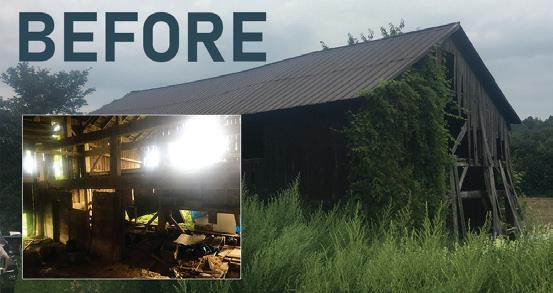
THE SOUTHERN CAFÉ & MUSIC HALL
434-977-5590 • thesoutherncville.com 103 South 1st Street, Charlottesville
AUGUST 8: Bit Brigade performs “The Legend of Zelda” & “Castlevania” Live
AUGUST 9: Queens of Country: Ramona Martinez, Mackenzie Roark & Rebecca Porter
AUGUST 11: Songwriter Showcase Hosted by Theocles Herrin
AUGUST 23: Yasmin Williams
AUGUST 30-31: Chamomile and Whiskey
SEPTEMBER 9: King Buzzo & Trevor Dunn with JD Pinkus
SEPTEMBER 13: Hotel Fiction – Staring at the Sun Tour
SEPTEMBER 17: Cedric Burnside
SEPTEMBER 18: David J – Boots to the Club Tour
SEPTEMBER 19: Southern Culture on the Skids with the Woggles
SEPTEMBER 27: Stop Light Observations
SEPTEMBER 28: Joslyn & the Sweet Compression
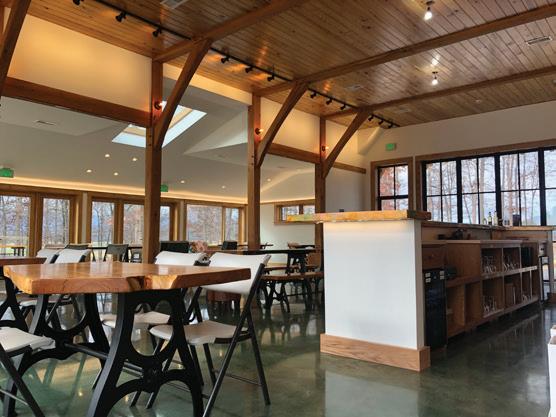



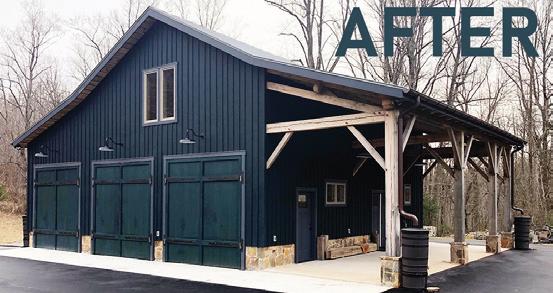
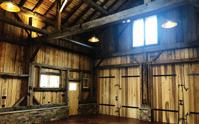
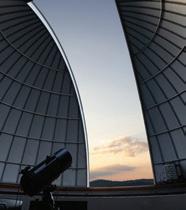
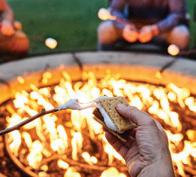
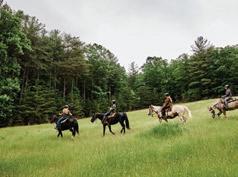
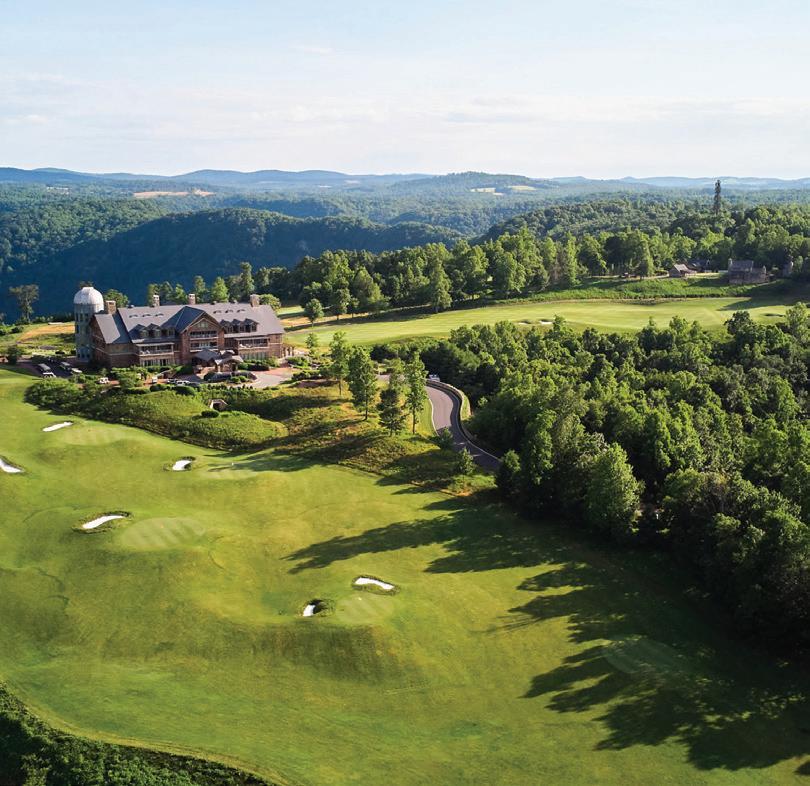



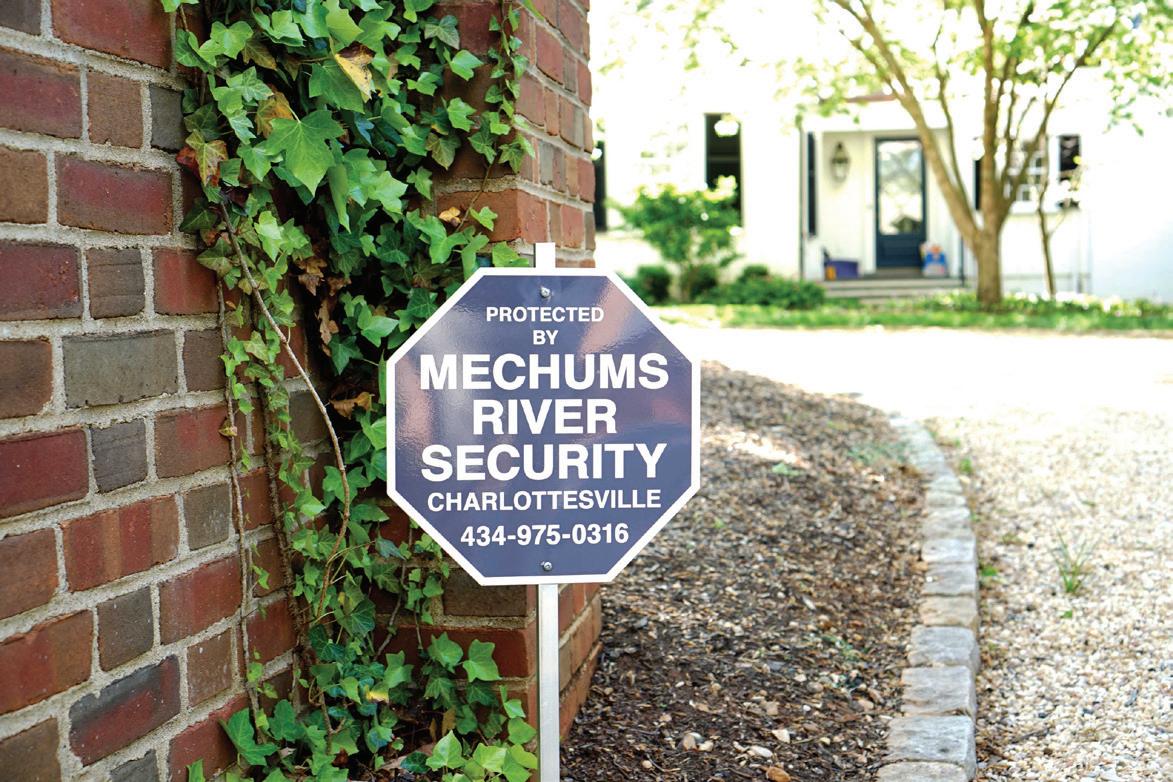








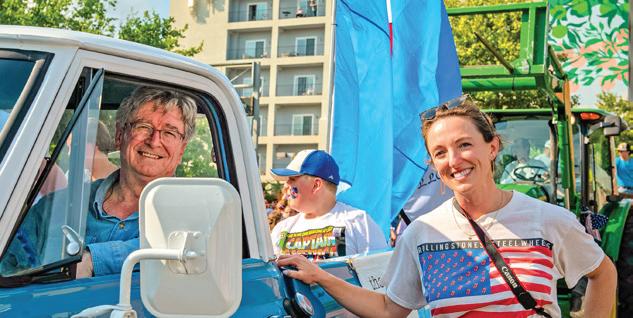
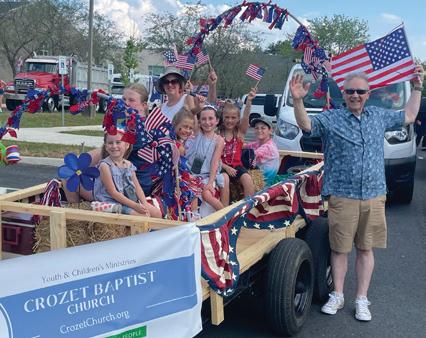
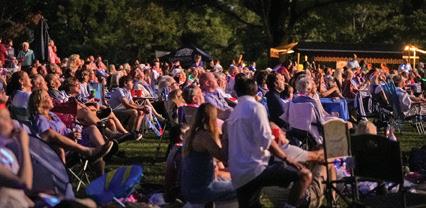
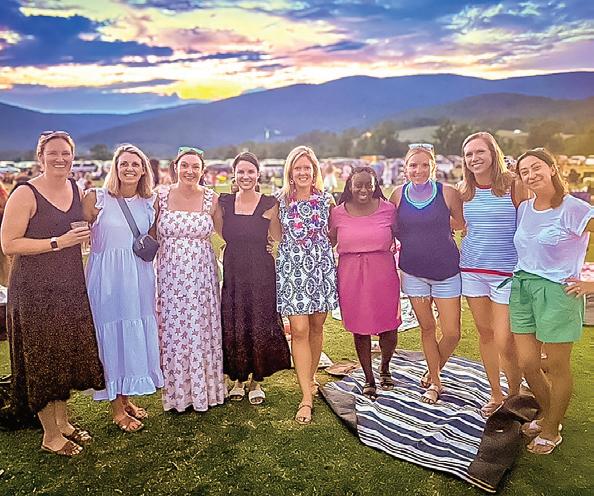
1. Michael Marshall and Allie Pesch represent the Crozet Gazette in the Crozet Independence Day parade held by the Crozet Fire Department.
2. It was a beautiful night at King Family Vineyard for friends to gather to watch fireworks.
3. Crozet Baptist Church celebrates during the Crozet Independence Day parade.
4. Farmington guests watch the club’s annual fireworks display.
5. Kathryn Byrd and Lea Robinson celebrate the 4th at the Old Trail bike parade.
6. The Ibañez family enjoys the sunset before watching fireworks at Farmington.
7. Friends gather to walk in the Western Ridge 4th of July parade.
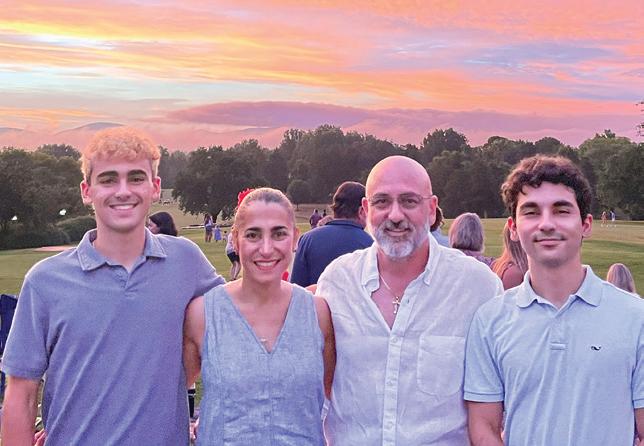
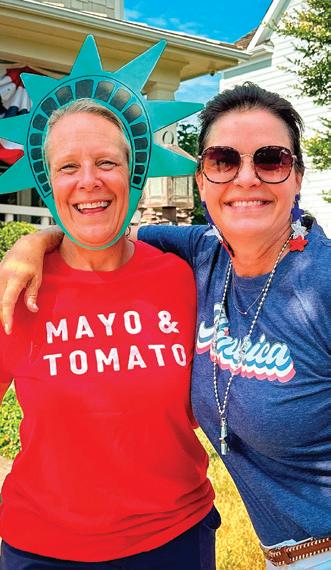
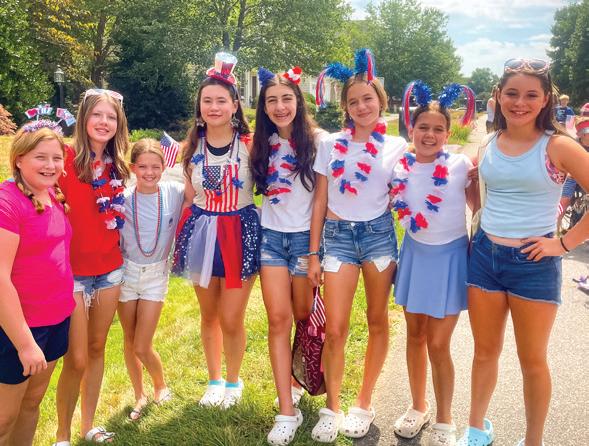
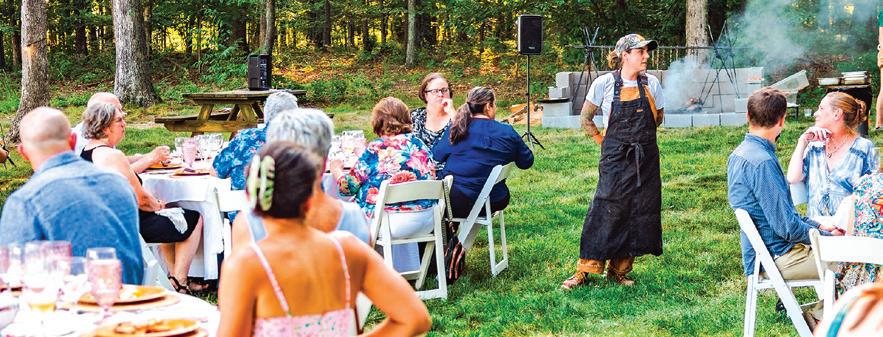
The June edition of Veritas Vineyards’ Supper Series featured over-the-fire cooking by Chef Sarah Rennie of Two Fire Table. During the event, which benefited Charlottesville’s Local Food Hub, guests enjoyed wine paired with a variety of dishes made of local and seasonal ingredients.
by 4th Design Studio
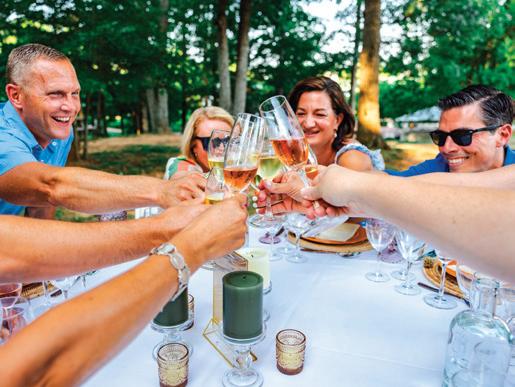
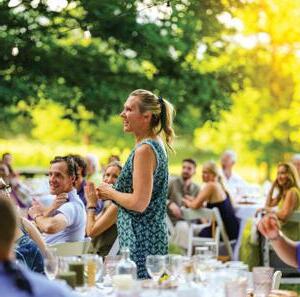
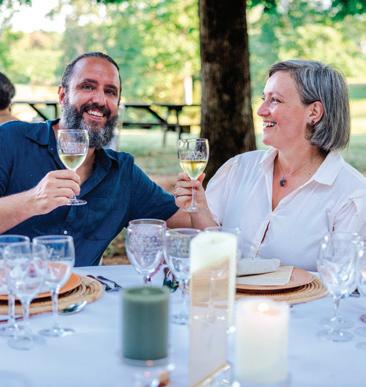
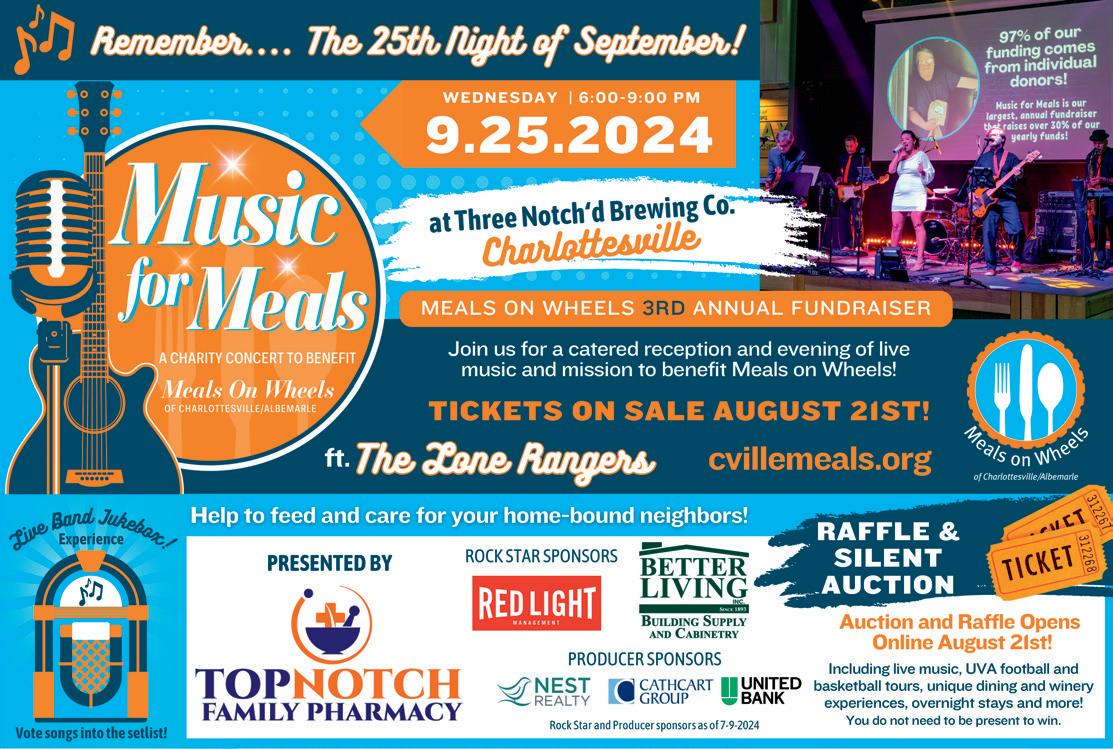









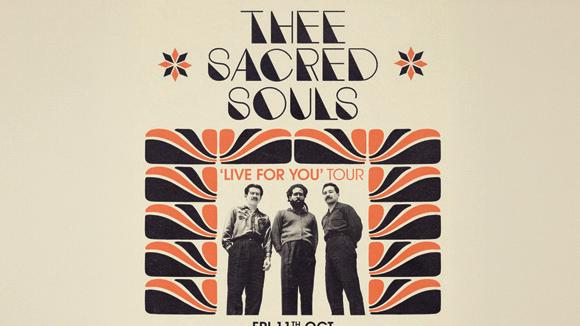


Our attention to detail is evident in everything we make. It took our skilled watchmakers years to create this delicate dance of levers, jewels, and wheels. OMEGA’s extraordinary Co-Axial Calibre 3861. A movement Master Chronometer certified for its exceptional precision, performance, and magnetic resistance. We achieve this level of excellence by investing time and obsessing over the details. That’s our uncompromising approach. That’s OMEGA precision.